Are you into science and technology and are you looking for the best science museums to visit in Germany? These are the ones:
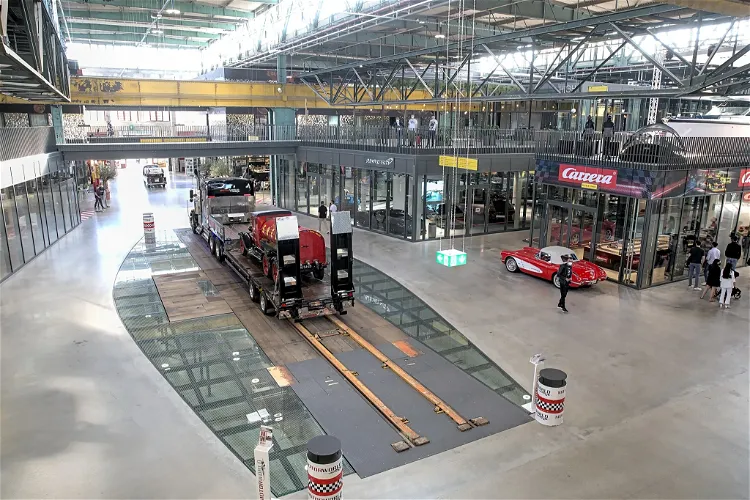
Motorworld Munich
MunichMotorworld Munich is a comprehensive service center for classic and collector's vehicles. It is not just a museum, but also includes a restaurant, event location, and hotel, making it a complete destination for car enthusiasts. Located in Munich-Freimann, it offers a unique blend of automotive history and modern amenities.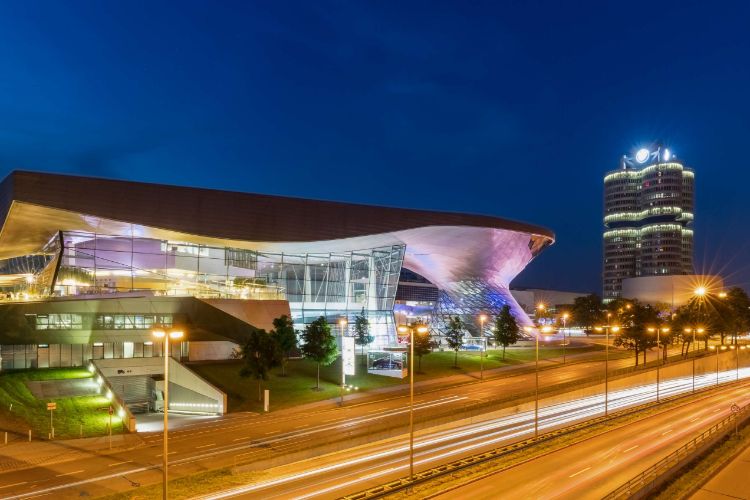
BMW Welt
MunichBMW Welt is the presentation and distribution center for the current products of the BMW car brand and a conference and symposium center in Munich. All kinds of cars, motorbikes, innovations and examples of technology are exhibited in the Markenwelt (Brand World). The building is not only an exhibit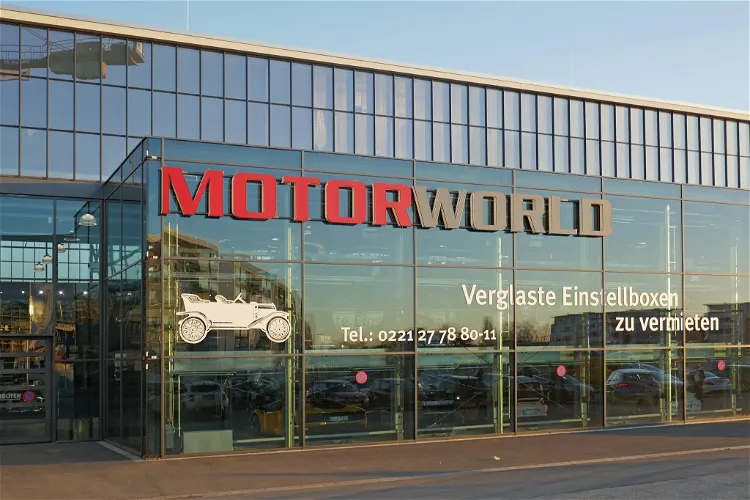
MOTORWORLD Köln Rheinland
CologneMotorworld Köln – Rheinland is a unique destination for car enthusiasts. It serves as a service center for classic and collector's vehicles, with a focus on trade, storage, workshops, and accessory shops. This means that visitors can not only admire a wide range of vintage cars but also have the opportunity to purchase accessories or even vehicles themselves. The center also offers workshops where visitors can learn more about the maintenance and restoration of classic cars.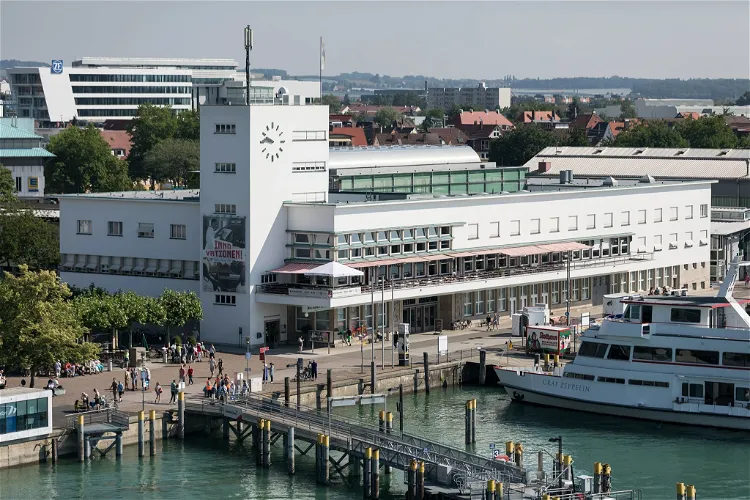
Zeppelin Museum Friedrichshafen
FriedrichshafenThe Zeppelin Museum is located in Friedrichshafen, a city in southern Germany on the shores of Lake Constance. The museum is dedicated to telling the story of the Zeppelin airships, which were created in this very city. Visitors can learn about the history and development of these iconic airships, gaining a deeper understanding of their significance in the world of aviation.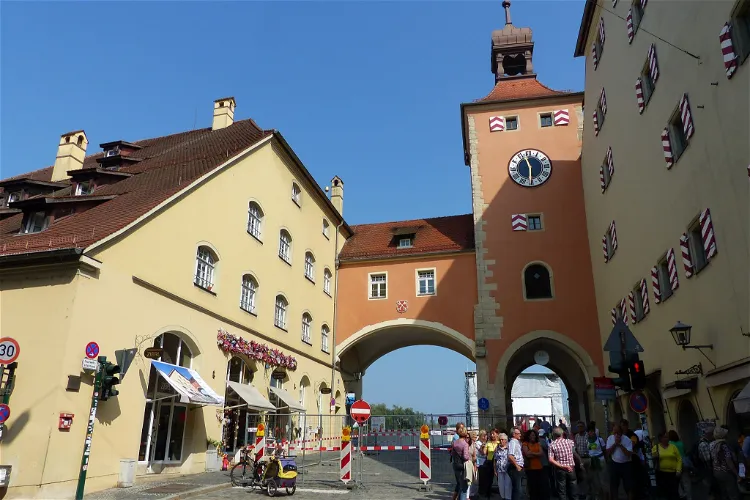
Brückturm
RegensburgThe Brückturm, located in the old town of Regensburg, is a significant historical landmark. It marks the southern end of the Stone Bridge that crosses the Danube. The tower was constructed as one of several gate towers during the late 13th and early 14th centuries, a period when the medieval city fortifications of Regensburg were being built.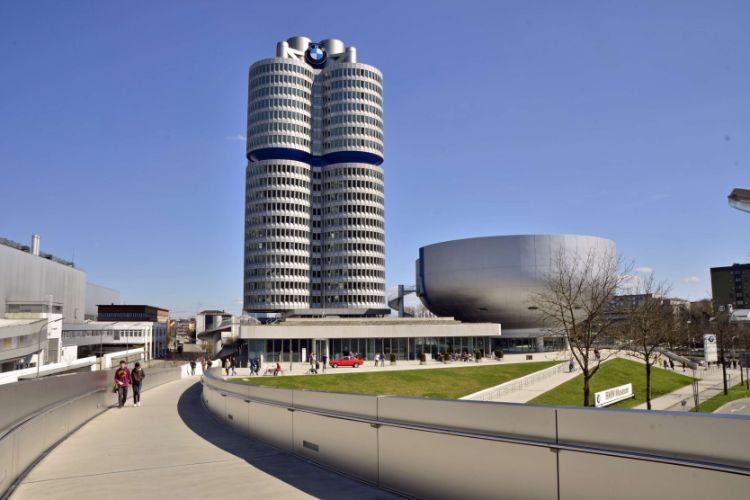
BMW Museum
MunichSpanning an area of some 5 000 square meters, the BMW Museum in Munich features exhibitions detailing the history of the BMW brand, but also a collection of the company's best cars and motorbikes. Sit in one of the vehicles and play a VR game that will allow you to feel like you are really driving i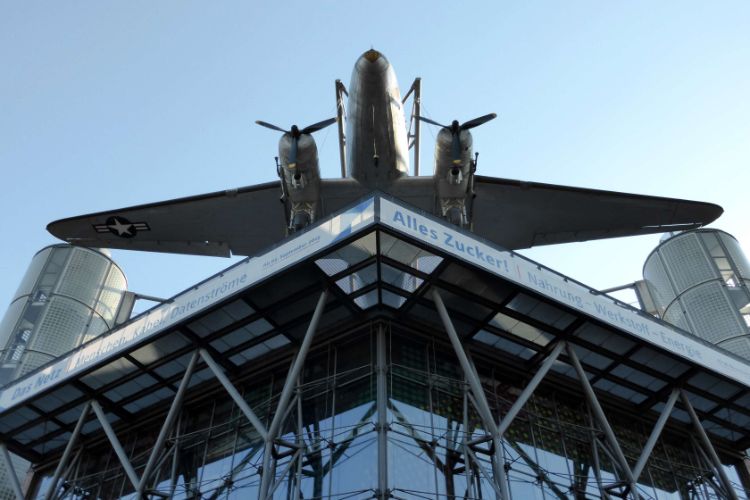
German Museum of Technology Berlin
BerlinThe Deutsches Technikmuseum Berlin (German Museum of Technology Berlin) is one of the largest engineering museums in the world, with an exhibition area of approximately 50,000 m². The exhibition includes: vintage cars, airplanes, trains, ships, electromagnetic coils, coffers, jewelry, machines, co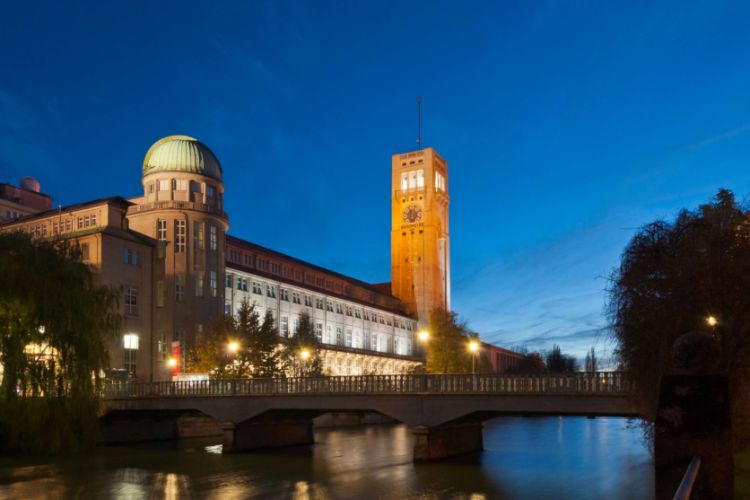
Deutsches Museum
MunichLocated on an island in the middle of the city, the Deutsches Museum is the largest museum devoted to science and technology worldwide. Explore the collection of over 100 000 objects ranging from candelabras to a U1 submarine, or watch one of the interesting interactive programs that change on a dai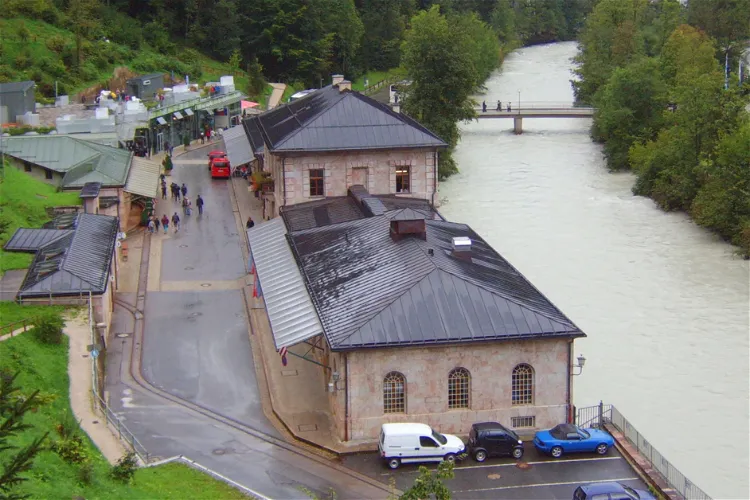
Salt Mine Berchtesgaden
BerchtesgadenThe Salzbergwerk Berchtesgaden is a significant historical site, being the oldest active salt mine in Germany. It is unique in its method of extraction, primarily using a wet process. This offers a fascinating insight into the history and techniques of salt mining, making it an interesting destination for tourists.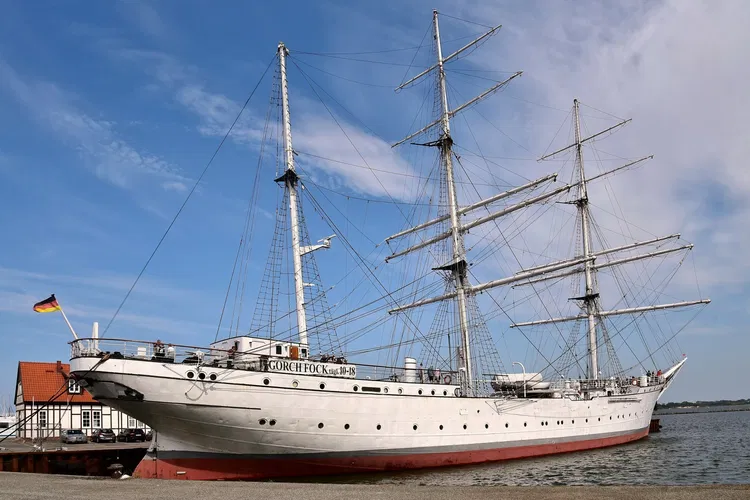
Gorch Fock (1933)
StralsundThe Gorch Fock, also known as the Russian Tovarichtchi between 1949 and 2003, is a historical three-masted barque. It was constructed in 1933 by the renowned Blohm & Voss shipyards in Hamburg. This ship is a significant part of maritime history and offers a unique insight into the naval architecture of the early 20th century.
The Peenemünde Historical Technical Museum
PeenemündeThe Peenemünde Historical Technical Museum, established in 1991, is situated in the observation bunker and the site of the former power station in Peenemünde, on the island of Usedom in eastern Mecklenburg-Vorpommern, Germany. This location is steeped in history and offers a unique insight into the past, making it a fascinating destination for tourists interested in history and technology.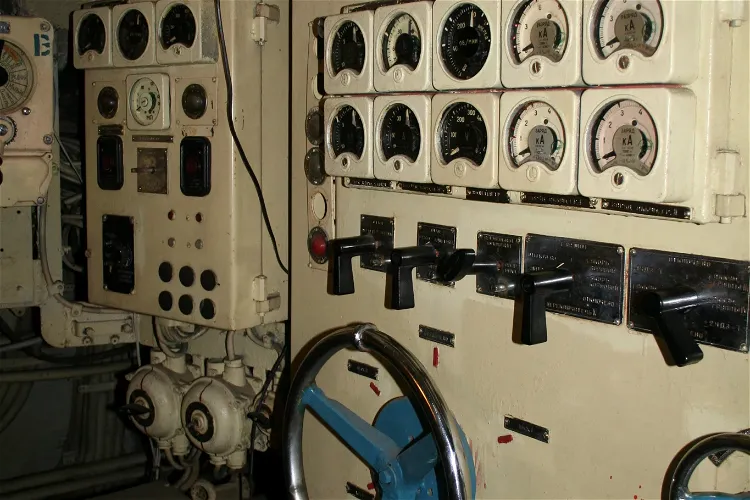
U-461
PeenemündeThe U-461, also known by its Russian identification K'24, is a Soviet submarine that belonged to the Project 651 class, also known as the Juliett class according to NATO classification. Today, it serves as a museum ship and is located in Peenemünde, offering visitors a unique insight into naval history.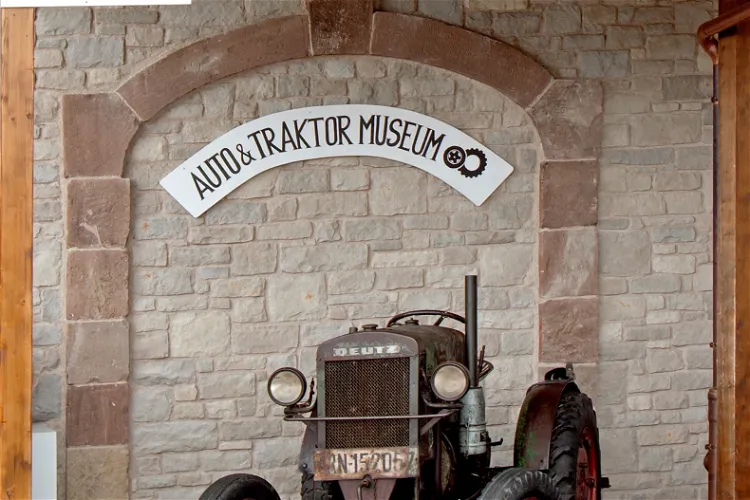
Auto & Traktor Museum
Uhldingen-MühlhofenThe Auto & Tractor Museum in Gebhardsweiler, part of the municipality of Uhldingen-Mühlhofen, houses a collection of 350 vehicles, including cars, motorcycles, and tractors. This extensive collection provides a comprehensive overview of the evolution of urban and rural life over the past century.
Vitra Design Museum
Weil am RheinThe Vitra Design Museum's collection primarily focuses on furniture and interior design. It features the works of renowned U.S. designers Charles and Ray Eames, along with numerous pieces from other notable designers such as George Nelson, Alvar Aalto, Verner Panton, Dieter Rams, Jean Prouvé, Richard Hutten, and Michael Thonet.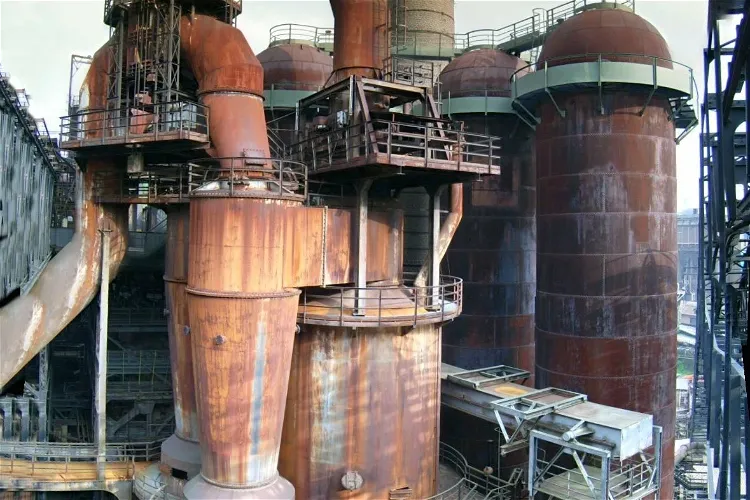
Völklingen Ironworks
VölklingenThe Völklingen Ironworks, located in the German town of Völklingen, Saarland, is a former blast-furnace complex. It has been recognized as a UNESCO World Heritage Site since 1994 due to its exceptional preservation and its historical significance in the context of ferrous metallurgy and the Industrial Revolution.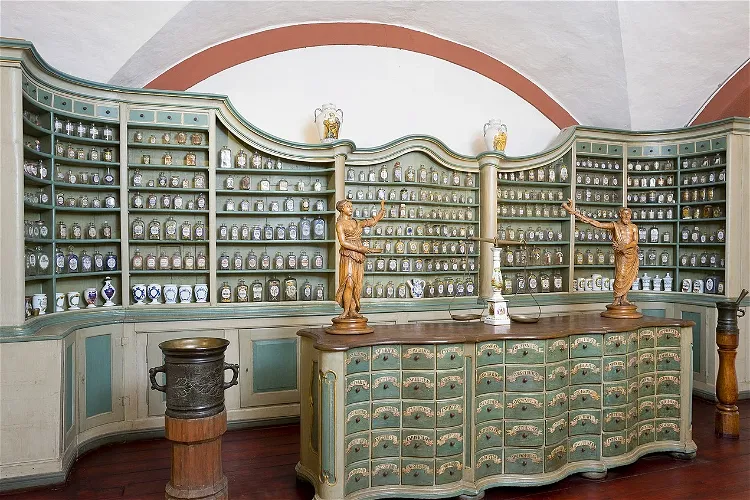
German Pharmacy Museum
HeidelbergThe German Pharmacy Museum in Heidelberg is a unique institution dedicated to the history of pharmacy. It boasts extensive collections that cover the entire German-speaking region from antiquity to the 21st century. This museum provides a comprehensive overview of the evolution of pharmacy and medicine, making it a fascinating destination for anyone interested in history, science, or medicine.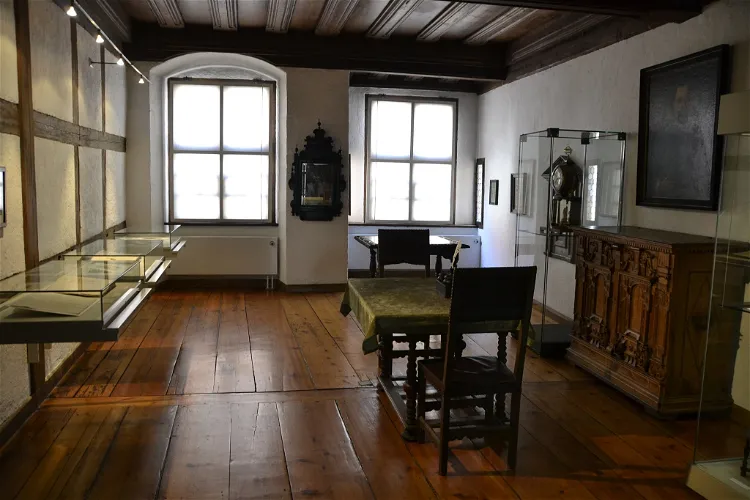
Kepler's Last Residence & Museum
RegensburgThe Kepler Memorial House in Regensburg is a significant historical site as it is the place where the renowned astronomer Johannes Kepler passed away. This house provides a unique opportunity for visitors to step into the past and explore the life and work of one of the most influential figures in the history of astronomy.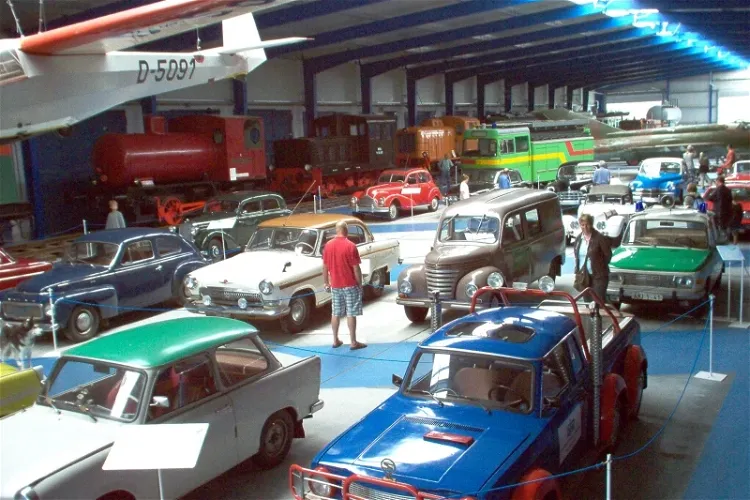
Oldtimer Museum Rügen
BinzThe Oldtimer Museum Rügen, formerly known as the Rügen Railway and Technology Museum, is a unique destination for railway enthusiasts and history buffs. Located on the picturesque Baltic Sea island resort of Rügen in Mecklenburg-Western Pomerania, Germany, the museum offers a deep dive into the history and evolution of railway technology in Germany.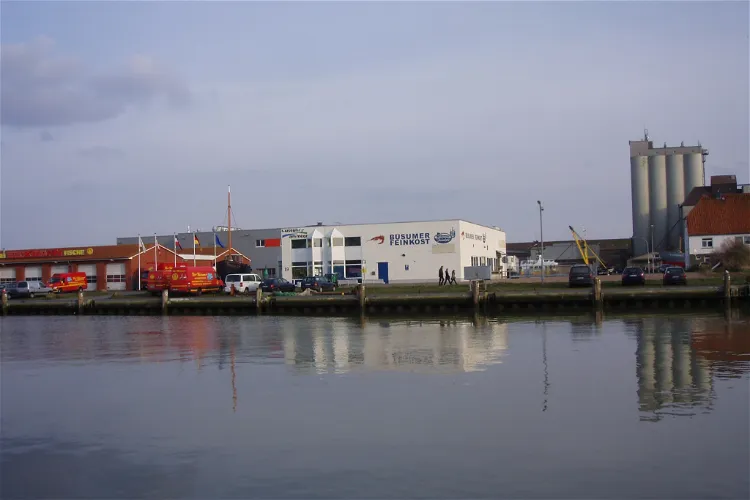
Museum at the sea
BüsumThe Museum am Meer in Büsum is a place where visitors can learn about the history of shrimp fishing and processing in the North Sea, as well as the history of tourism in Büsum. This museum offers a unique insight into the local culture and traditions, making it a worthwhile visit for those interested in learning more about the area's past.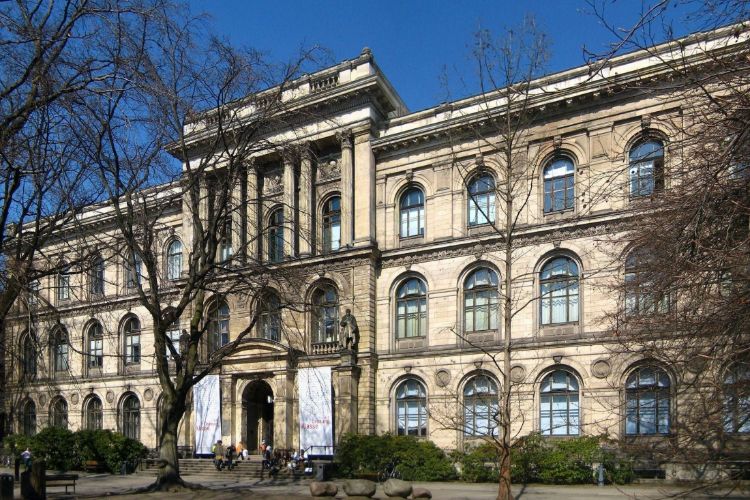
Natural History Museum Berlin
BerlinThe Natural History Museum in Berlin (Museum für Naturkunde) is housed in a building erected between 1883 and 1889. With a collection of more than 60 million objects, it is one of the largest natural history museums in the world. A highlight in the Natural History Musuem in Berlin is the world's lar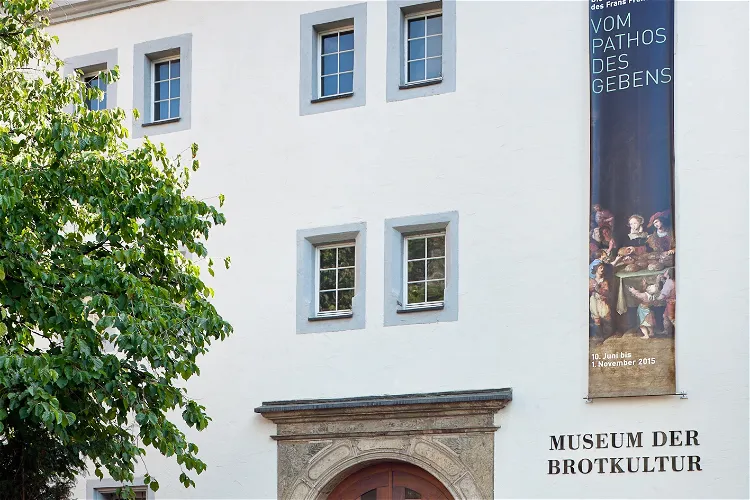
Museum Bread and Art
UlmThe Museum Brot und Kunst – Forum Welternährung in Ulm is a unique knowledge museum that showcases the importance of grain, bread, and culture in human development. It provides a comprehensive understanding of the natural, technical, and social historical aspects of bread production, as well as the symbolism of bread as a metaphor for life in Jewish-Christian thought.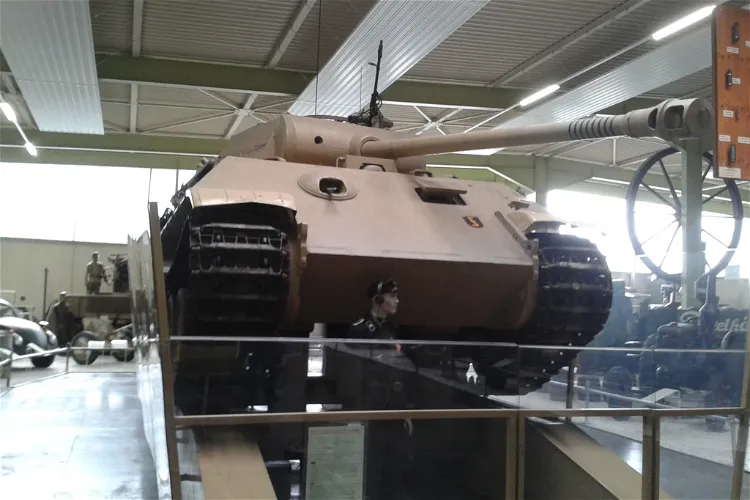
Technik Museum Sinsheim
SinsheimThe Technik Museum Sinsheim is home to more than 3,000 exhibits, spread over an area of over 50,000 m². The museum attracts more than a million visitors each year and is open every day of the year, making it a popular destination for tourists and locals alike.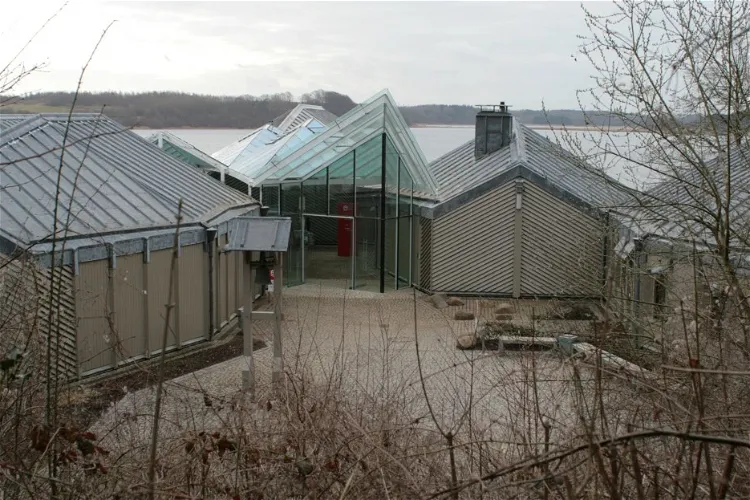
Hedeby Viking Museum
BusdorfThe Hedeby Viking Museum, located near the historic settlement of Hedeby in the state of Schleswig-Holstein, Germany, offers visitors a unique opportunity to delve into Viking history. The museum is situated in what was once Denmark's oldest city, providing a rich historical context for the exhibits and reconstructions on display.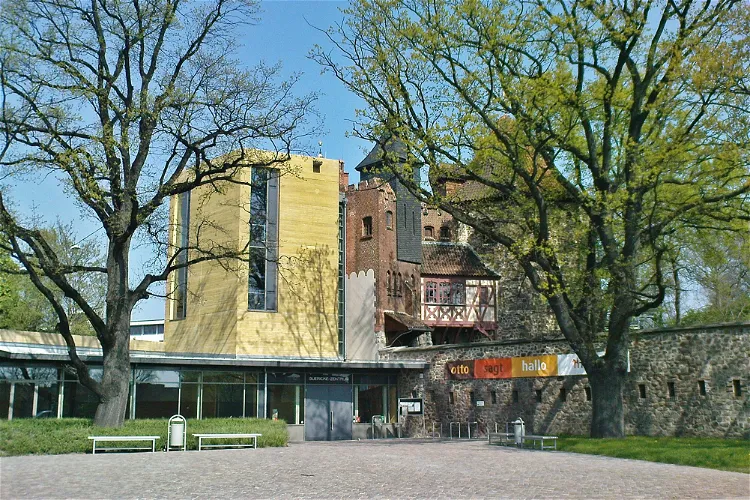
Otto-von-Guericke-Museum
Magdeburg
Arithmeum
BonnThe Arithmeum was founded by Bernhard Korte, the director of the institute, who also contributed his private collection of calculating machines. As of 2008, the museum's collection included 4500 calculating machines, 2000 books, 800 works of art, and 500 historical computers. This extensive collection offers a unique insight into the history and development of computing technology.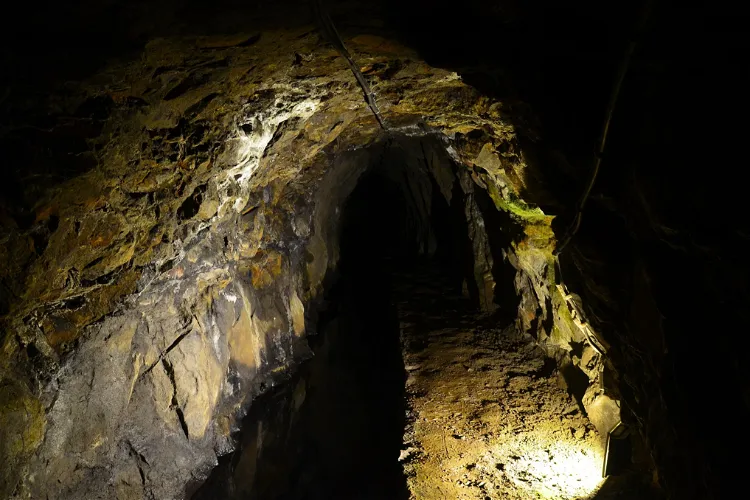
19-Lachter-Stollen
Clausthal-ZellerfeldIn 2010, the 19-Lachter-Stollen was declared a UNESCO World Heritage Site as part of the Upper Harz Water Management System. This recognition underlines the historical and cultural significance of the tunnel and its role in the mining industry. The 19-Lachter-Stollen is also part of the World Heritage Route of the UNESCO World Heritage in the Harz.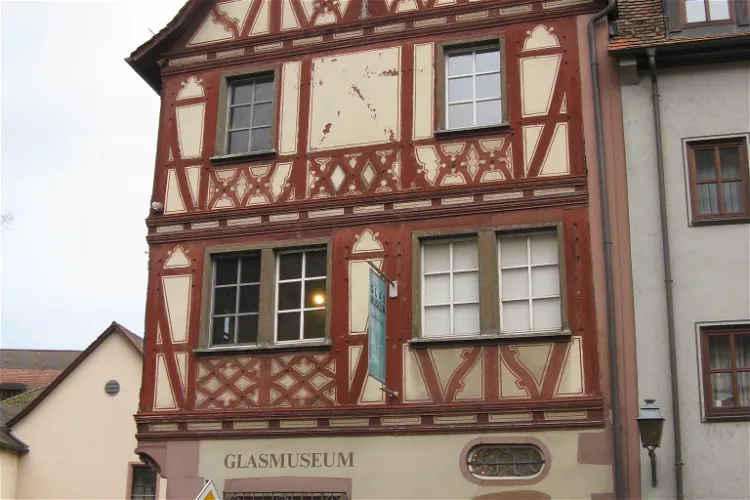
Glasmuseum Wertheim
WertheimThe Glasmuseum in Wertheim, Baden-Württemberg, is a unique institution that presents and documents the history and application of glass. From antiquity to present-day high-tech products, the museum offers a comprehensive overview of the evolution of glass and its various uses over the centuries. It's a fascinating journey through time, showcasing the versatility and importance of this material in different eras and contexts.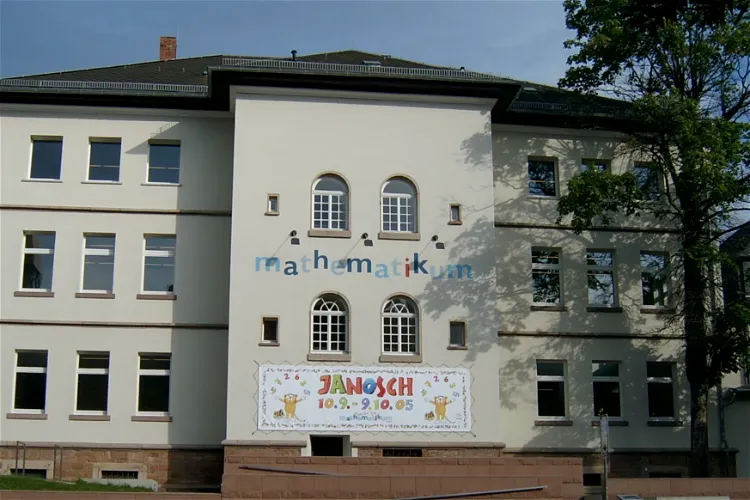
Mathematikum
GießenThe Mathematikum is a science museum located in Gießen, Germany. It offers a wide variety of mathematical hands-on exhibits that visitors can interact with. This unique approach to learning mathematics through personal experience makes it a distinctive destination for tourists.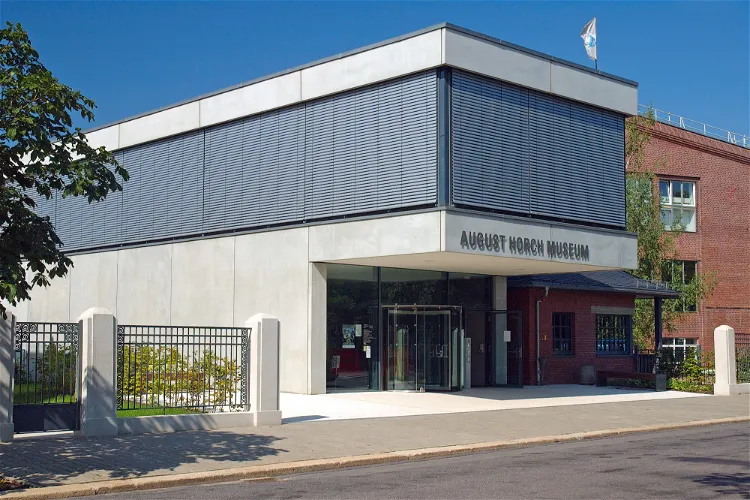
August Horch Museum
ZwickauThe August Horch Museum in Zwickau, an automobile museum, has a rich history dating back to its opening in 1988. After undergoing extensive renovations and reconstructions in the oldest part of the former Zwickau Audi factory, it was reopened in September 2004. The museum saw further expansion in November 2017, enhancing its offerings and space for exhibits.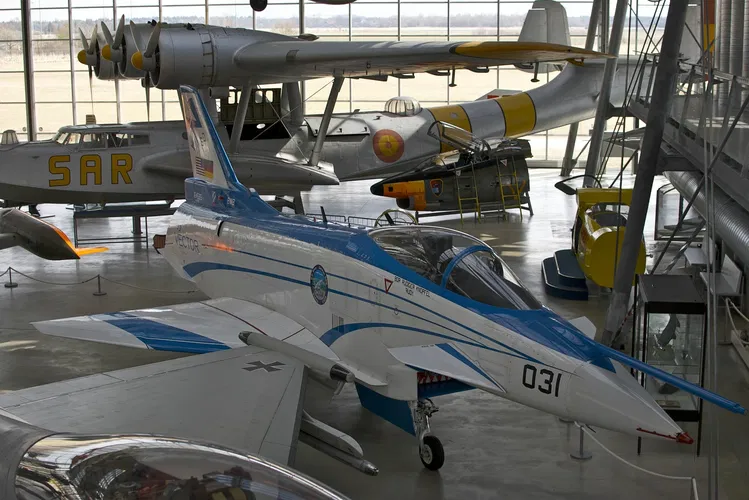
Deutsches Museum Flugwerft Schleissheim
OberschleißheimThe Deutsche Museum Flugwerft Schleißheim is an aviation museum located in Oberschleißheim, Germany. It is situated at the Schleißheim airport and is dedicated to the history of aircraft. The museum provides an opportunity for visitors to explore the evolution of aviation and gain insights into the technological advancements in this field.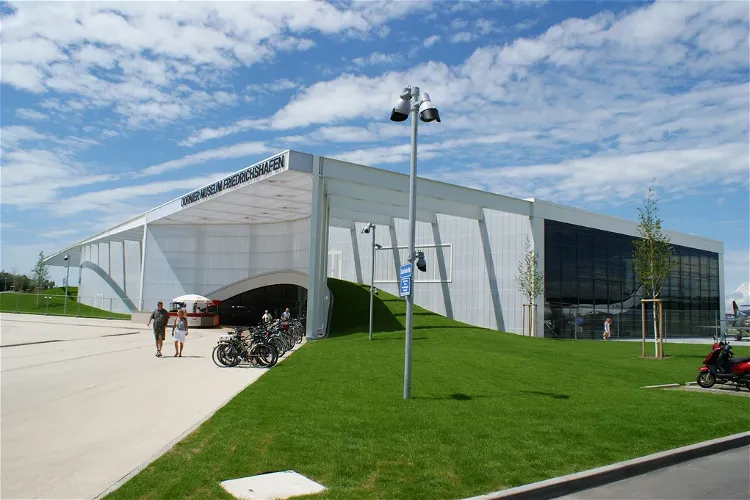
Dornier Museum Friedrichshafen
FriedrichshafenThe Dornier Museum in Friedrichshafen is a technology museum that pays tribute to the pioneering work of aircraft designer Claude Dornier and the Friedrichshafen company Dornier-Werke, which is now part of the Airbus Group. This museum provides a comprehensive insight into the history and achievements of these significant figures in aviation history.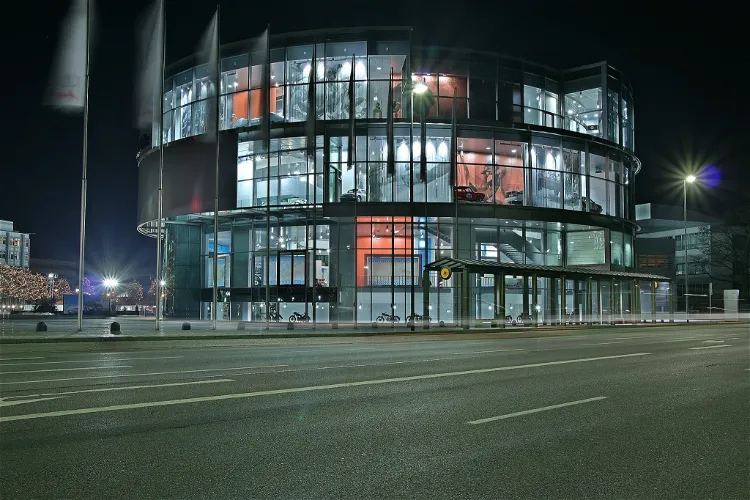
Audi museum mobile
IngolstadtAudi AG is a renowned German automotive company that forms part of the larger Volkswagen Group. This group also encompasses other prestigious brands such as Lamborghini and Ducati. This information provides a broader context for understanding the significance of Audi in the global automotive industry.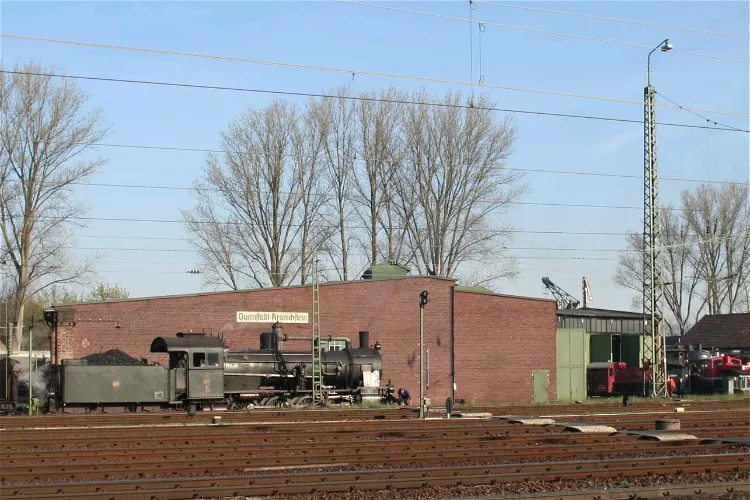
Darmstadt-Kranichstein Railway Museum
DarmstadtThe Darmstadt-Kranichstein Railway Museum, located in Darmstadt, Germany, is recognized as the largest railway museum in the state of Hesse. This museum offers a comprehensive insight into the history and evolution of railways in the region, making it a significant destination for those interested in railway history and technology.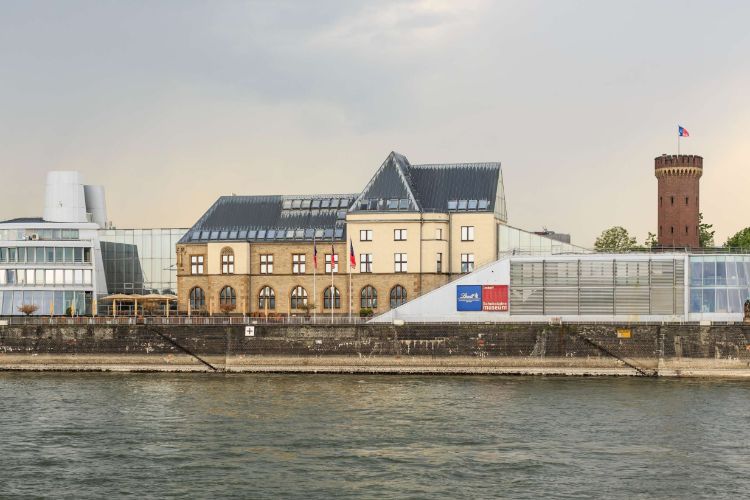
Schokoladenmuseum Köln
CologneThe Schokoladenmuseum Köln (also known as the Imhoff-Schokoladenmuseum and Imhoff chocolate museum is a museum in Cologne that is dedicated to chocolate. The museum illustrates the history of chocolate, from its beginnings with the Olmecs, Maya and Aztecs to contemporary products and production meth
Technik Museum Speyer
SpeyerThe Technik Museum Speyer is conveniently located near the city center of Speyer, situated at the Speyer airfield. This makes it easily accessible for tourists visiting the city, providing an opportunity to explore a vast collection of technical constructions from vehicle and aircraft building.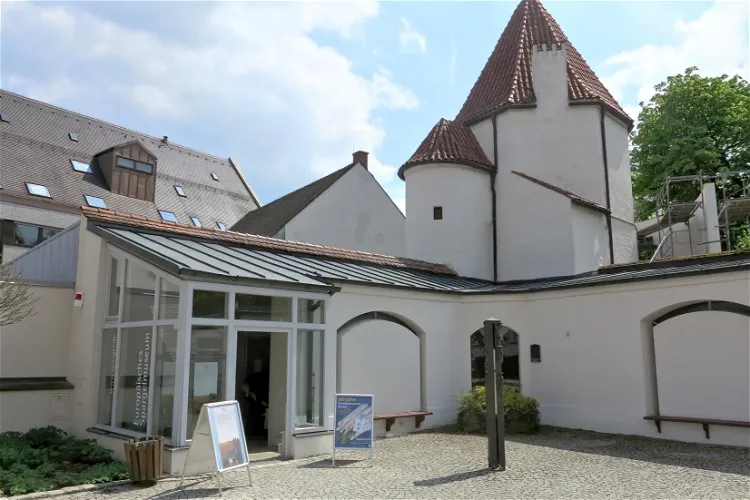
European Asparagus Museum
SchrobenhausenThe European Asparagus Museum is housed in the former Amtsturm, a two-story building that was part of the medieval city wall. Located in the southwest of the old town, the museum's location adds to its charm and historical significance, providing visitors with a unique backdrop to their exploration of the world of asparagus.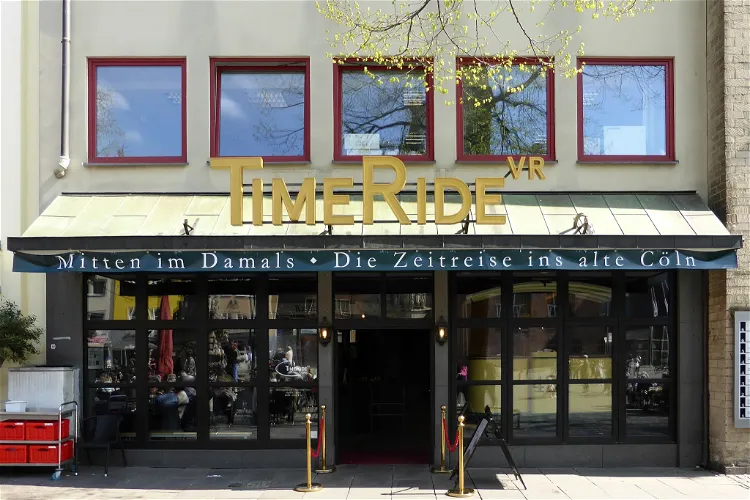
TimeRide Cologne
Cologne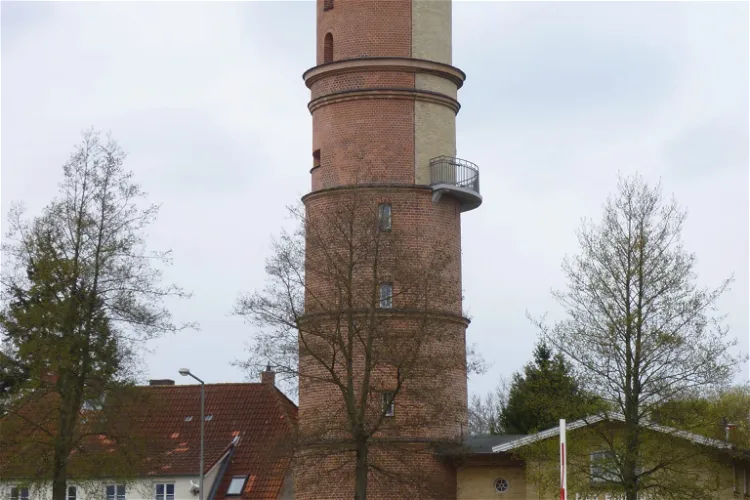
Alter Leuchtturm Travemünde
LübeckThe historic Travemünde Lighthouse, constructed in 1827, is a significant technical and architectural monument. It no longer functions as a sea mark but has been transformed into a museum. The lighthouse, made of red brick and built in a classicist style, stands at a height of 31 meters. It is a symbol of Travemünde, along with the Passat, and is open for visitors to explore.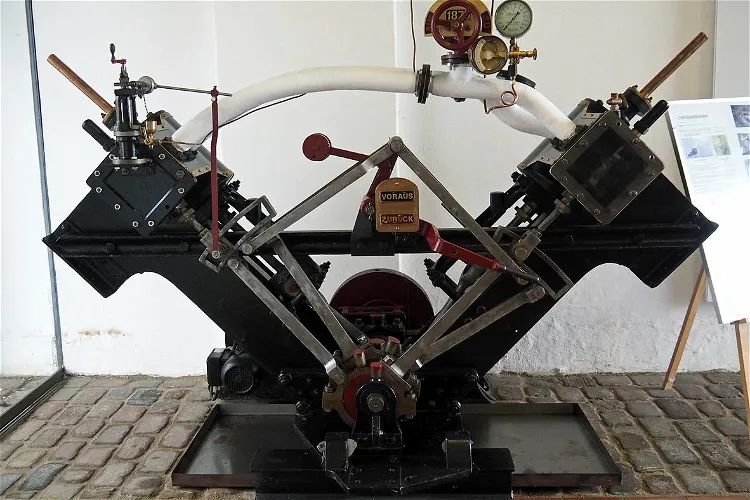
Schifffahrtsmuseum
FlensburgIn 2012, the Flensburg Maritime Museum underwent a complete renovation and re-conception of its exhibition. The exhibition now extends beyond the former customs warehouse to include the customs office courtyard, featuring exhibits on the West Indies voyage, butter trip, and Flensburg shipyard. Additionally, a newly built exhibition building in the courtyard showcases the evolution of technology and everyday life on board over the last 100 years.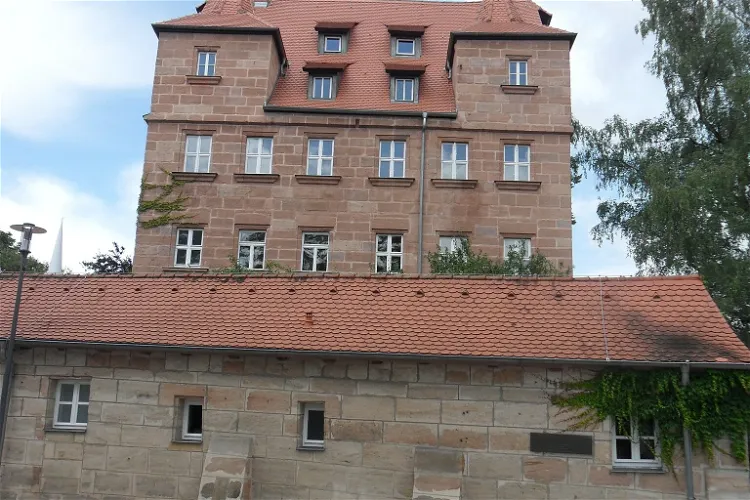
Hermann Oberth Space Travel Museum
FeuchtDedicated to one of the founding father of astronautics and his work. There is a lot to see, including a real rocket.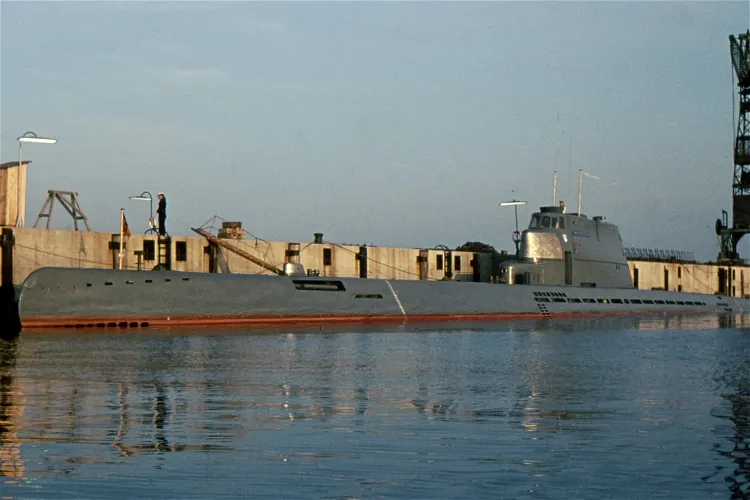
German submarine Wilhelm Bauer
BremerhavenThe Wilhelm Bauer was scuttled at the end of World War II, without ever having gone on patrol. In 1957, it was raised from the seabed off Flensburg Firth, refurbished, and recommissioned for use by the West-German Bundesmarine in 1960. This unique history adds to the submarine's intrigue and appeal for visitors.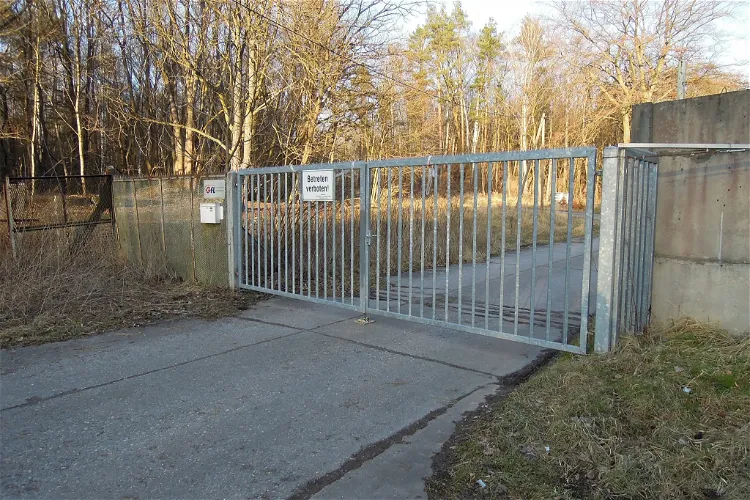
Bunkeranlage Kossa-Söllichau - Militär-Museum Kossa
Laußig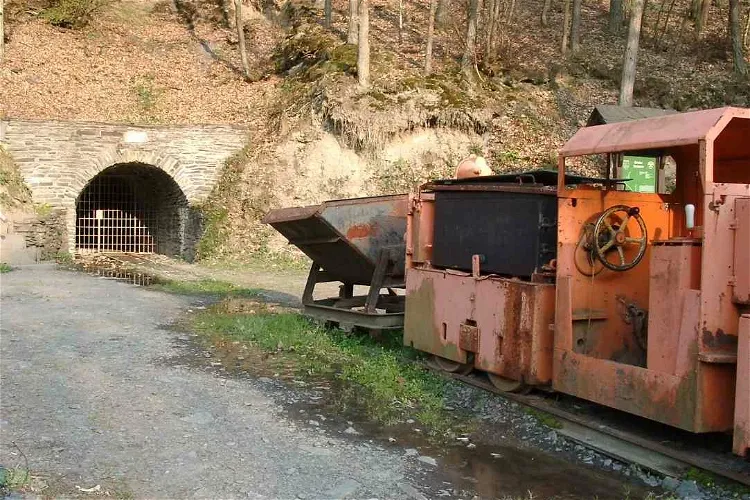
Fell Exhibition Slate Mine
FellThe Fell Exhibition Slate Mine, also referred to as the Barbara-Hoffnung Exhibition Mine, is a historical site located in Germany. It is situated approximately 20 kilometers east of Trier and about 60 kilometers east of Luxembourg City, in close proximity to the villages of Fell and Thomm. This former slate mine offers a unique insight into the region's mining history and is easily accessible from major cities.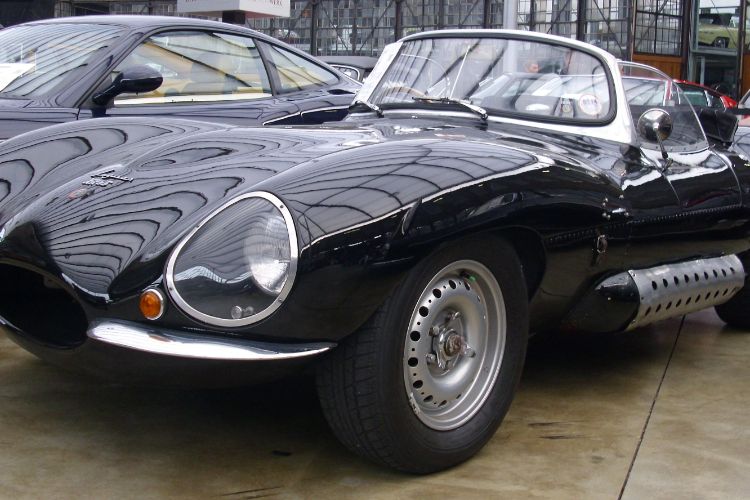
Classic Remise Dusseldorf
DüsseldorfThe Classic Remise Düsseldorf was opened on 16 September 2006 in a former roundhouse. The total area is more than 19,000 square meters. The Classic Remise Düsseldorf contains 80 boxes of glass for the exhibition of cars and 35 specialized service providers - including dealers, restorers, workshops a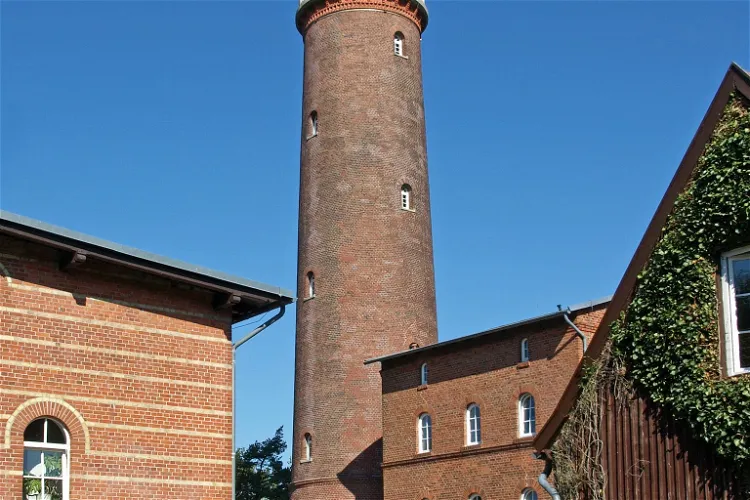
Darßer Ort Natureum
Born a. DarßThe Natureum is nestled in the heart of the Western Pomerania Lagoon Area National Park, approximately five kilometres northwest of Prerow and about eight kilometres north of Born. Its location within a national park adds to the allure of the museum, offering visitors a chance to experience the natural beauty of the region.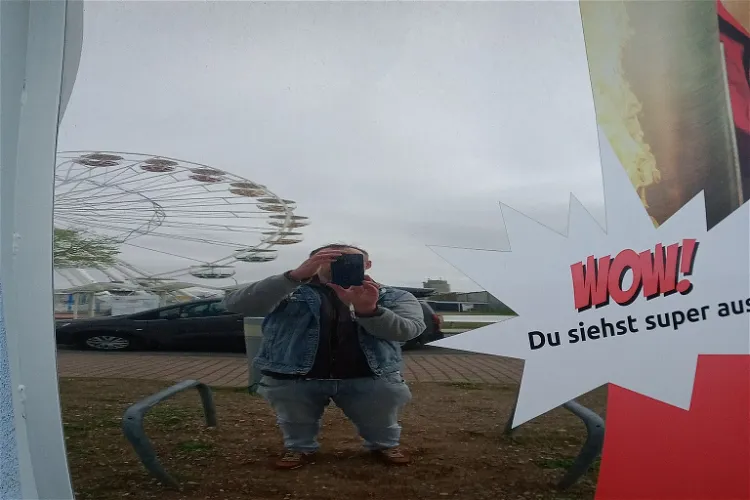
Phänomania
Büsum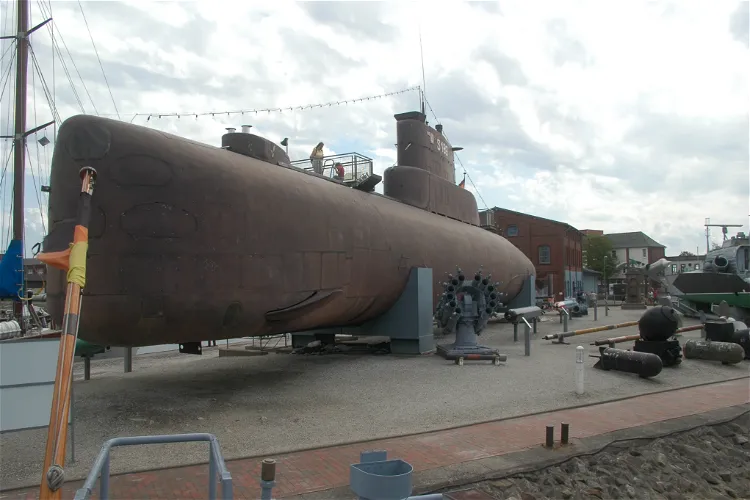
Deutsches Marinemuseum Wilhelmshaven
WilhelmshavenThe Deutsches Marinemuseum in Wilhelmshaven is a significant institution that presents the evolution of German naval military since 1848. The museum's primary focus is on the Bundesmarine / German Navy, providing visitors with a comprehensive understanding of Germany's maritime history and the role of its navy over the years.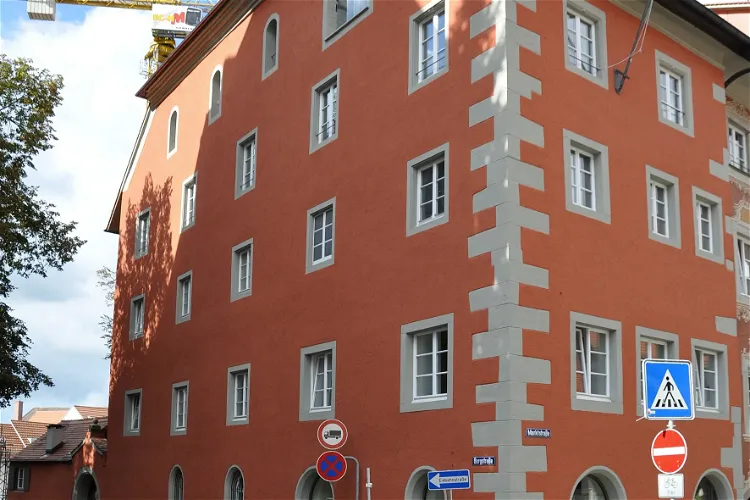
Museum Ravensburger
RavensburgThe Museum Ravensburger, situated in the old town of Ravensburg, is a unique institution dedicated to the history of the Ravensburger game and book publishing house. It offers a deep dive into the evolution of the publishing house, providing visitors with a comprehensive understanding of its rich history and significant contributions to the world of games and books.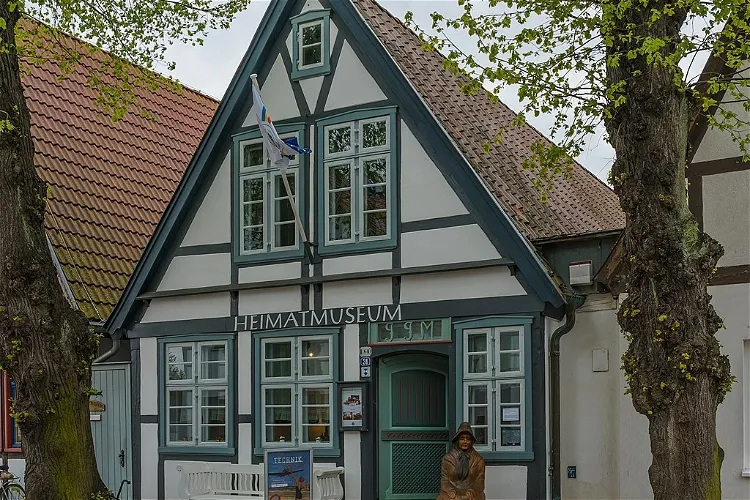
Heimatmuseum Warnemünde
RostockThe Heimatmuseum Warnemünde is a folk museum situated in the Warnemünde district of the Hanseatic city of Rostock. This museum is a significant cultural institution that showcases the rich history and heritage of the region. It offers a unique opportunity for visitors to explore the local culture, traditions, and way of life of the people of Warnemünde.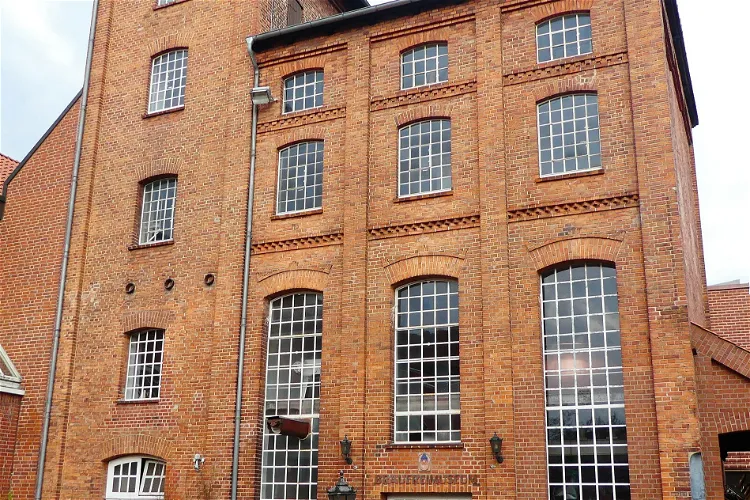
Brauereimuseum
LüneburgThe Brauereimuseum Lüneburg is situated in the former Lüneburger Kronen-Brauerei in Heiligengeiststraße. This location is in the heart of the historic old town, making it easily accessible for tourists who are exploring the city. The museum's location adds to its charm and historical significance, as it is housed in a building that was once a bustling brewery.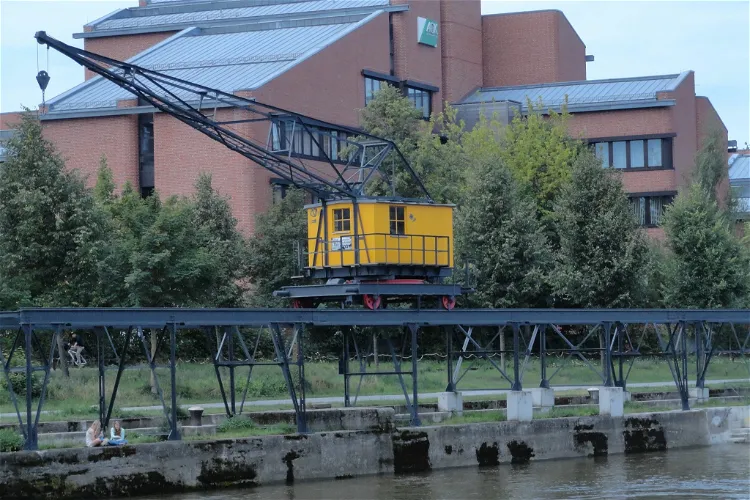
Regensburg Museum of Danube Shipping
RegensburgThe Regensburg Museum of Danube Shipping is a unique maritime museum situated in the charming town of Regensburg, Germany. The museum focuses on river shipping, particularly on the Danube and other rivers. It provides a comprehensive insight into the history and development of river shipping, making it an interesting destination for those interested in maritime history.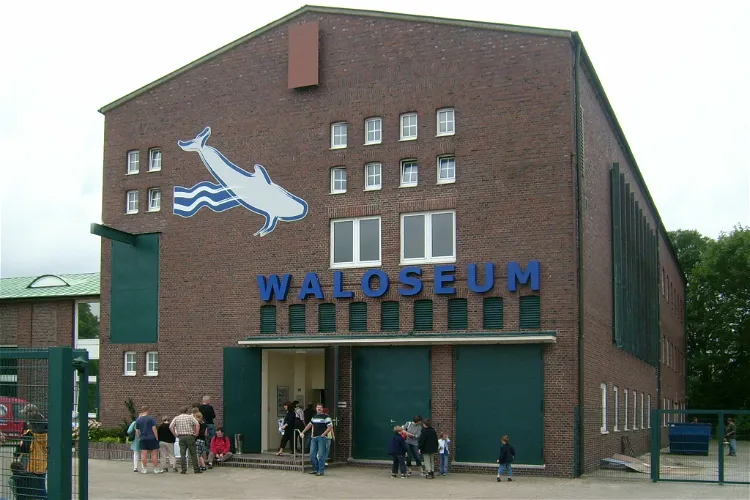
Waloseum
NordenThe Seehundstation Nationalpark-Haus in the Norden district of Norddeich is a unique institution in Lower Saxony. It is the only state-recognized care station for marine mammals in the region. This makes it a special place for visitors interested in marine life and conservation efforts.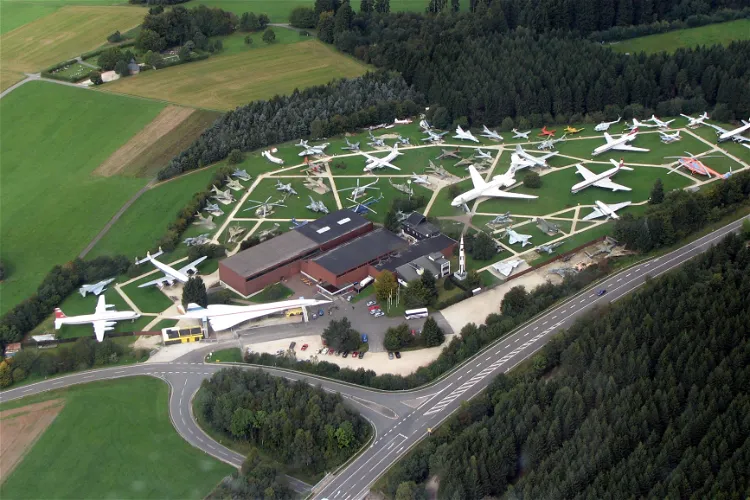
Flugausstellung Peter Junior
HermeskeilFlugausstellung Peter Junior is a private aviation museum situated in Hermeskeil, Rheinland-Pfalz. The museum boasts a collection of over 100 civil and military aircraft and helicopters. This extensive collection provides a comprehensive insight into the history and development of aviation, making it a fascinating destination for aviation enthusiasts and history buffs alike.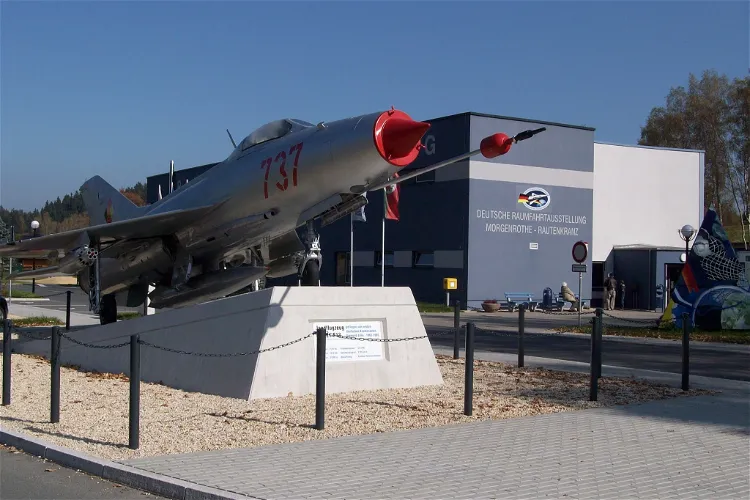
German Space Travel Exhibition
Morgenröthe-RautenkranzThe German Space Travel Exhibition, located in Morgenröthe-Rautenkranz, Germany, is a permanent exhibition dedicated to the fascinating world of spaceflight and space exploration. This exhibition offers a unique opportunity for visitors to delve into the history and future of space travel, learn about the technology and science behind it, and understand its impact on our lives and society.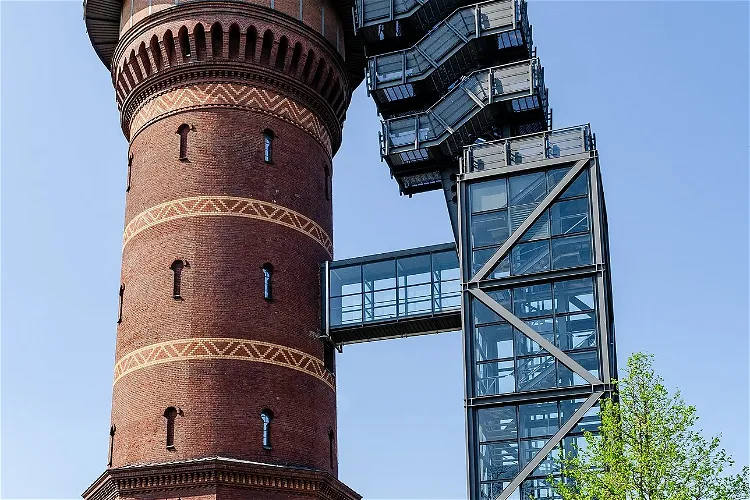
Aquarius Wassermuseum Mülheim
Mülheim an der RuhrThe Aquarius Water Museum is situated in a decommissioned water tower in Styrum, a district of Mülheim an der Ruhr. This unique location adds to the museum's charm and historical significance. It is also part of the Route of Industrial Heritage, a tourist route that connects important industrial sites in the region. This makes the museum not only a destination in itself but also a part of a larger journey through the region's industrial past.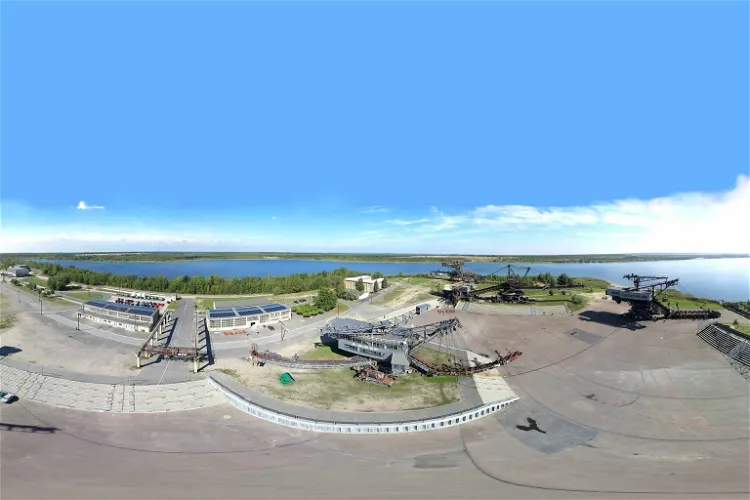
Ferropolis
GräfenhainichenFerropolis, also known as the 'City of Iron', is an industrial museum and event venue situated in Gräfenhainichen, east of Dessau-Roßlau. It is located on a peninsula in the Gremminer See, which was formerly the open-cast mine Golpa-Nord. This unique location offers visitors a chance to explore the history of the mining industry while enjoying the natural beauty of the surrounding area.
Fehn- und Schiffahrtsmuseum – Westrhauderfehn
WestrhauderfehnThe Fehn- and Shipping Museum in Westrhauderfehn is a unique institution that provides insights into the history of the Fehn culture, regional shipbuilding, and shipping of the once most important inland port of East Frisia. Visitors can learn about the rich maritime history of the region, including the development of shipbuilding and the significance of the inland port.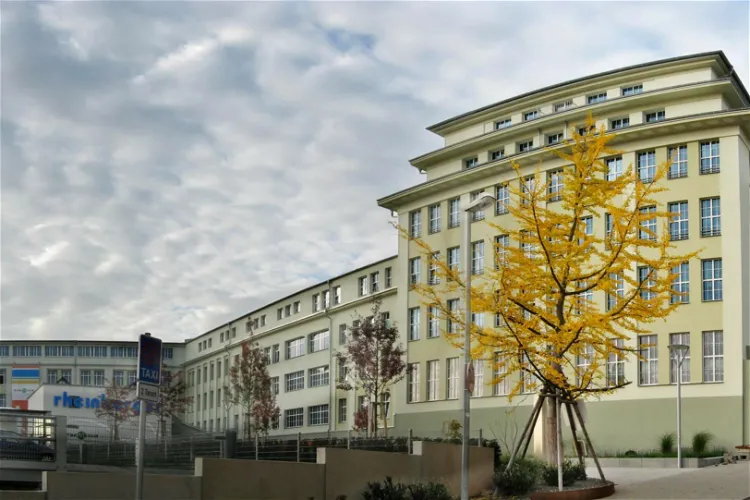
Dynamikum
PirmasensThe Dynamikum is a technology museum situated in Pirmasens, Rhineland-Palatinate. It was established on the grounds of the former Rheinberger shoe factory and opened its doors to the public on April 29, 2008. This location holds historical significance as it was once the largest shoe factory in Germany, which has now been transformed into a museum.
Verkehrsmuseum Karlsruhe
KarlsruheThe Verkehrsmuseum Karlsruhe is a museum that showcases the history of transportation from the early 19th century to the present day. The museum's collection includes historical bicycles, motorcycles, cars, and railway models. It also highlights technical inventions and introduces developers from the region, such as Karl Drais and Felix Wankel.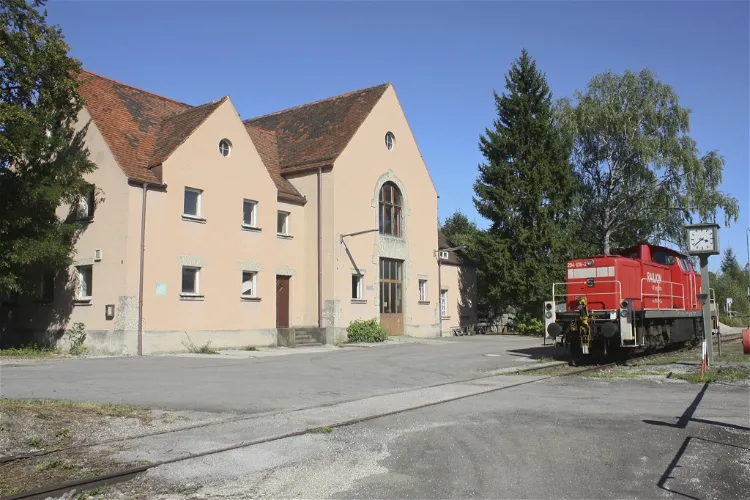
Freilassing Locomotive World
FreilassingThe Freilassing Locomotive World, also known as Lokwelt Freilassing, is a railway museum situated in the Berchtesgadener Land. The museum is run in collaboration with the town of Freilassing and the Deutsches Museum. It offers a unique opportunity to explore the rich history of railways and locomotives.
International Maritime Museum
HamburgThe International Maritime Museum is housed in a former warehouse. It is a private museum that houses Peter Tamm's collection of model ships, construction plans, uniforms, maritime art and many photographs. Peter Tamm was chairman of the board of the Axel Springer AG, the largest digital publishing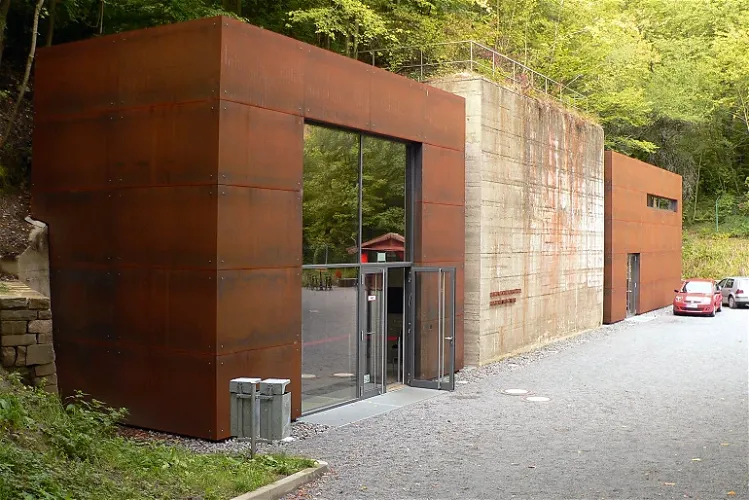
Government bunker
Bad Neuenahr-AhrweilerThe Government Bunker Regierungsbunker in Germany, also known as the Emergency Seat of the Federal Constitutional Organs, was a significant Cold War-era construction. It was designed to house the German government, parliament, and enough federal personnel to maintain the government's functionality in the event of war or severe crisis. This massive underground complex is a testament to the tensions and fears of the Cold War period.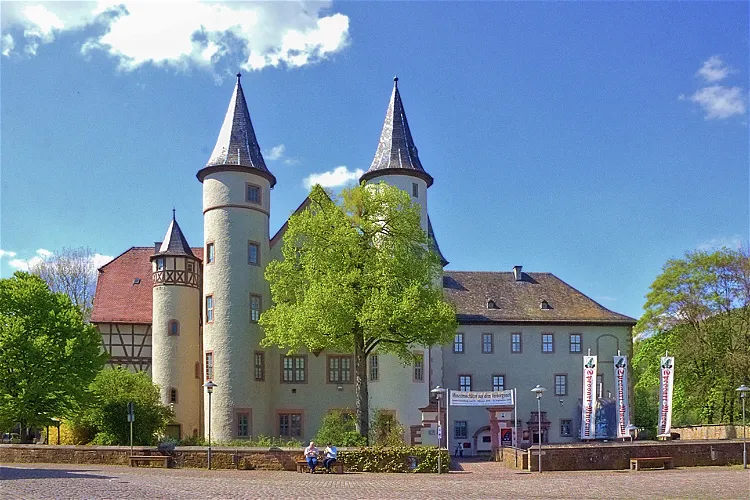
Spessartmuseum
Lohr am MainThe Spessartmuseum, located in Lohr Castle in Lohr am Main, is a place where visitors can delve into the history of the castle and the Spessart region. The museum provides a comprehensive overview of the past, offering a unique insight into the historical context of the area.- 64
Hans-Peter Porsche Traumwerk
Aufham 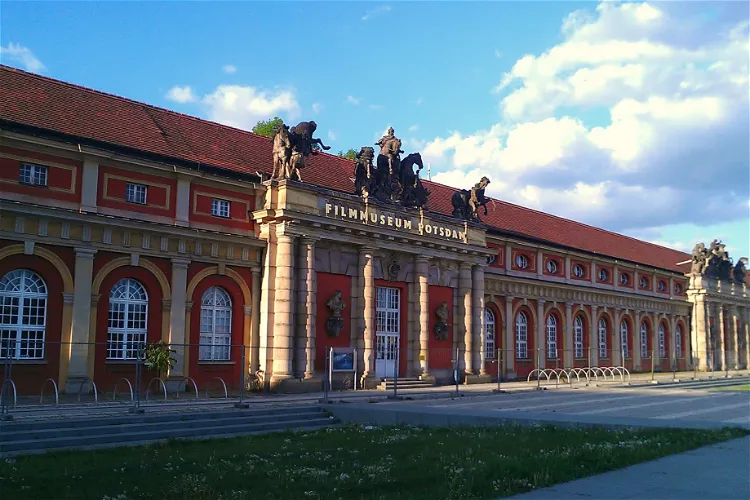
Filmmuseum Potsdam
PotsdamThe Filmmuseum Potsdam is housed in a building with a unique history. The structure dates back to the 17th century and was originally an orangery. In 1714, it was transformed to serve as stables for King Frederick William I of Prussia. Today, it stands as a testament to the rich architectural history of the region.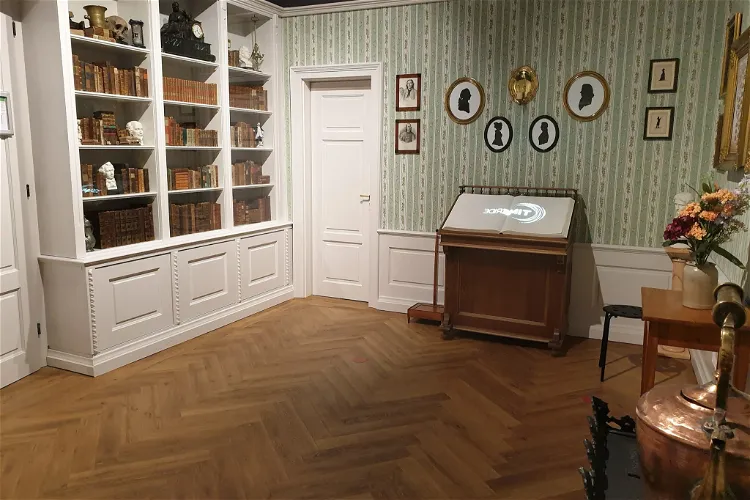
TimeRide Frankfurt
Frankfurt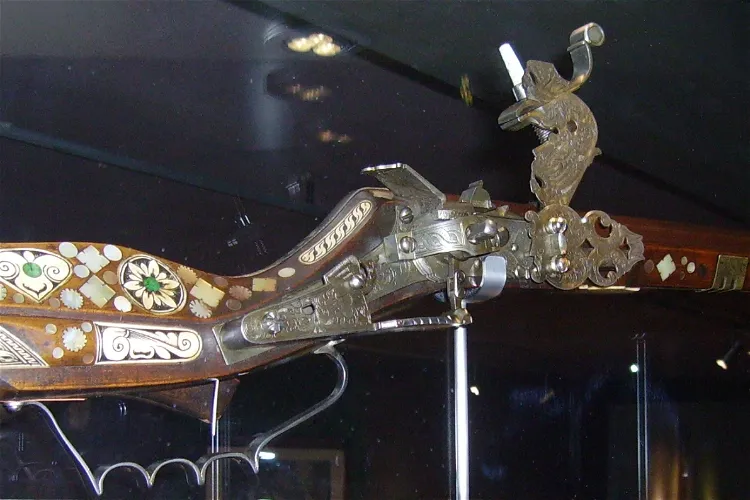
Waffenmuseum Suhl
SuhlThe Waffenmuseum Suhl is a specialty museum located in the historical Malthouse in the city of Suhl. It is dedicated to showcasing the technical development of handheld firearms. The museum is recognized as one of the most significant of its kind in Germany, making it a notable destination for those interested in the history and evolution of firearms.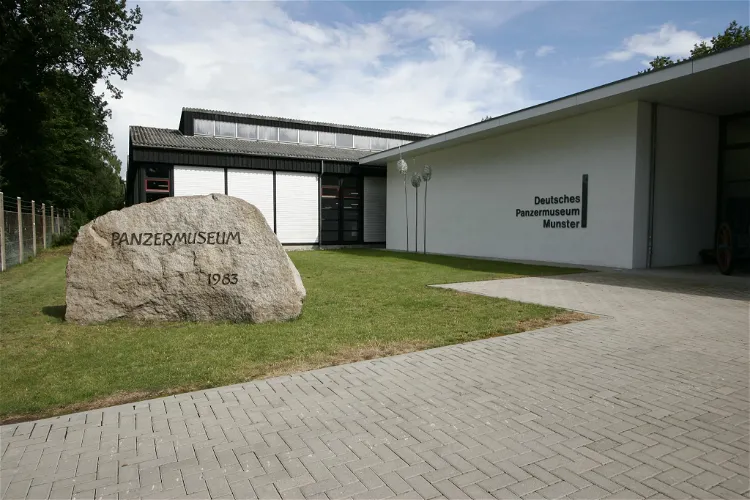
German Tank Museum
MunsterThe German Tank Museum, also known as Deutsches Panzermuseum Munster, is situated in Munster, Germany. It is an armoured fighting vehicle museum that is located within the Munster Training Area camp. This museum is a significant destination for those interested in military history and armoured vehicles.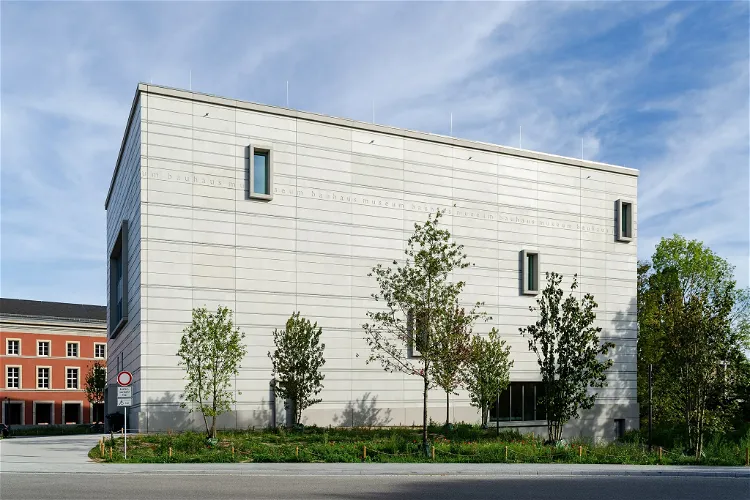
Bauhaus Museum Weimar
WeimarThe Bauhaus Museum Weimar, located in Weimar, Germany, is a museum dedicated to the Bauhaus design movement. This museum presents the Weimar collections of the State Bauhaus, which was founded in the town in 1919. It is a project of the Klassik Stiftung Weimar and is situated near the Weimarhallenpark.
Langenburg Castle
LangenburgOne of Germany's castle gems. The Renaissance courtyard is simply charming and the automobile museum is also worth a visit.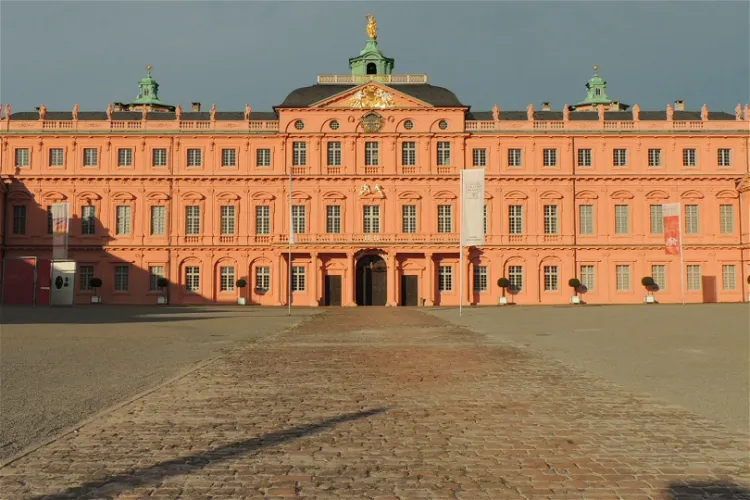
Schloss Rastatt
RastattSchloss Rastatt, situated in Baden, Germany, is a historical site that was once the residence of the Margraves of Baden. The castle was constructed in 1700 by the Italian architect Domenico Egidio Rossi for Margrave Louis William of Baden. This historical context adds to the rich tapestry of the castle's past, making it a fascinating destination for those interested in history and architecture.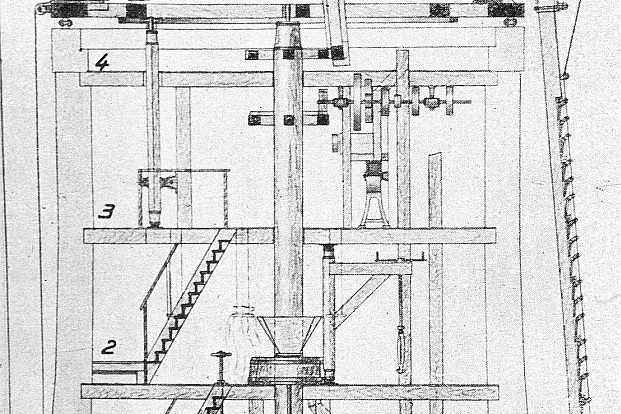
Holländerwindmühle Syrau
SyrauThe Holländerwindmühle Syrau in Syrau is the only Dutch windmill in Vogtland, Germany. This unique feature makes it a distinctive landmark in the region, offering visitors a glimpse into the historical and cultural significance of windmills in the area.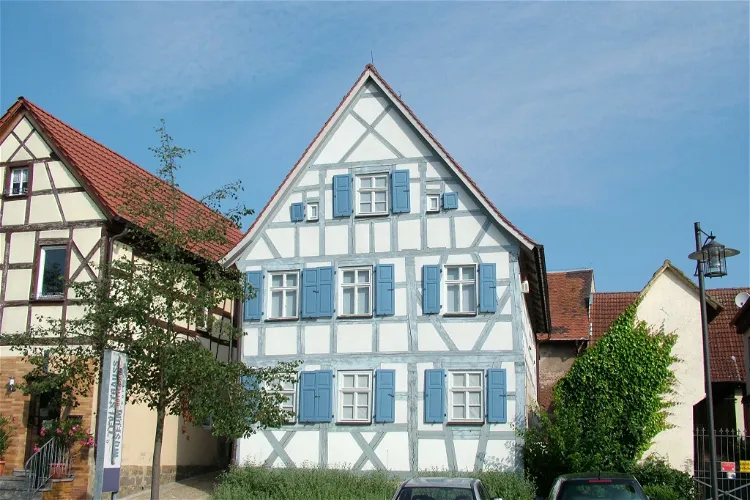
Birthplace Levi Strauss Museum
ButtenheimThe Levi Strauss Museum in Buttenheim, opened in 2000, is located in the birthplace of Levi Strauss, the inventor of jeans. This museum is a tribute to the life and work of Levi Strauss and offers a unique insight into the history of jeans.
Ernst-Haeckel-Haus
JenaThe Ernst-Haeckel-Haus in Jena is a museum dedicated to the life and work of Ernst Haeckel, a renowned zoologist, philosopher, and Darwinist. The museum is part of the Friedrich-Schiller-University Jena and is located in Haeckel's former residence. It serves as a tribute to Haeckel's significant contributions to the field of zoology and his influence on Darwinism.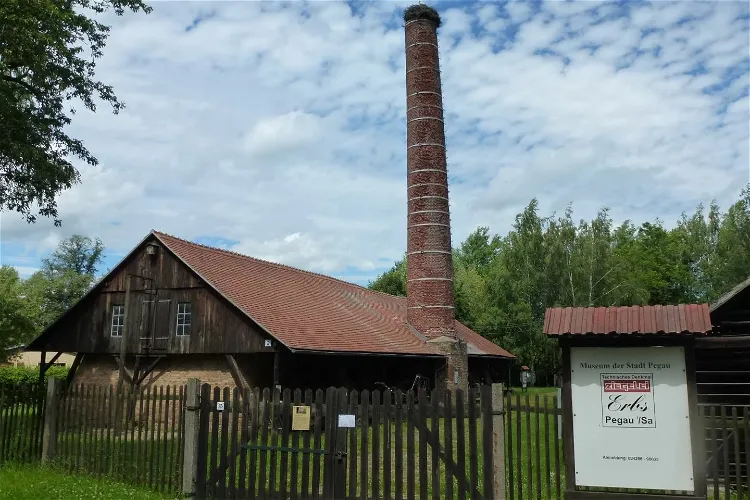
Technisches Denkmal Ziegelei Erbs
PegauThe Ziegelei Erbs in Pegau is a technical monument that serves as a museum. This historical site offers a unique insight into the early phase of industrial brick production. The brickyard is under monument protection and is affiliated with the Pegau Museum. With its preserved, subtly restored technical facilities and equipment, it demonstrates how bricks were made in the first half of the 20th century.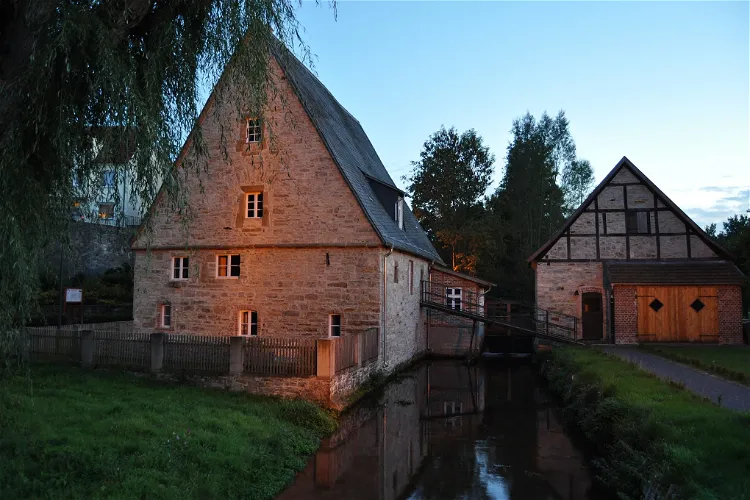
Mittel- und Bohrmühle
BürenThe Mittelmühle, located in Almetal, is one of the two ancient mills in Büren, Westphalia. It holds the distinction of being one of the few preserved color mills in the northern German region. This historical site offers a unique glimpse into the past, showcasing the traditional milling processes and the rich history of the region.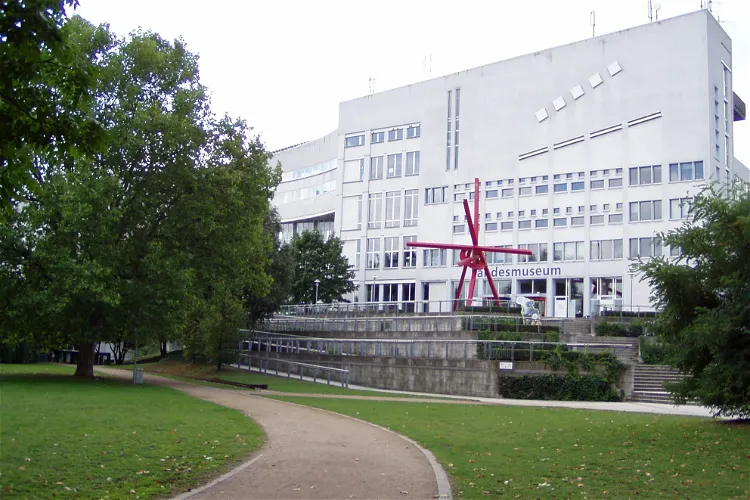
Technoseum
MannheimThe Technoseum, located in Mannheim, Baden-Württemberg, Germany, is a technology museum that offers a comprehensive display of the industrialisation process in the south-western regions of the country. Visitors can explore the evolution of technology and industry in this region, providing a unique insight into the historical and cultural context of the area.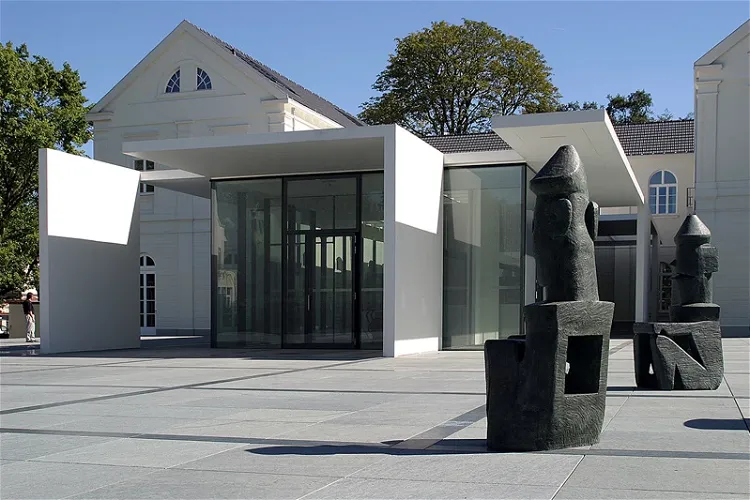
Max Ernst Museum Brühl des LVR
BrühlThe Max Ernst Museum Brühl des LVR, often shortened to Max-Ernst-Museum, was inaugurated on September 4, 2005. Located in Brühl, the birthplace of the renowned German artist Max Ernst, the museum is primarily dedicated to showcasing his work. This makes it a significant destination for art enthusiasts and those interested in the life and work of Max Ernst.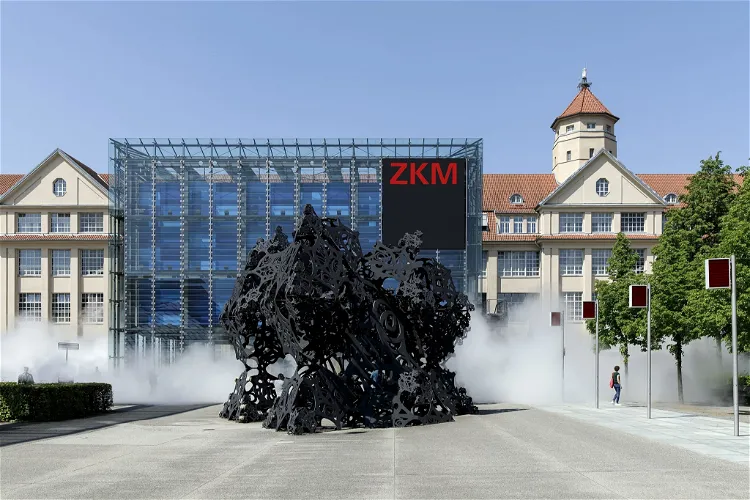
ZKM Center for Art and Media Karlsruhe
KarlsruheThe ZKM, or Zentrum für Kunst und Medientechnologie, is a cultural institution in Germany that was established in 1989. It is situated in Karlsruhe, in a former industrial building that was used as a weapons factory during the Second World War. This historical setting adds a unique backdrop to the contemporary art and media technology showcased within.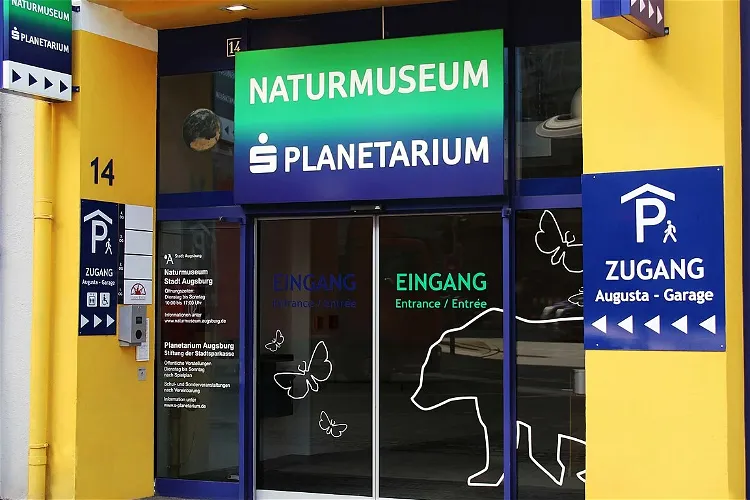
S-Planetarium and Nature Museum
AugsburgThe Naturmuseum Augsburg, located in the "Augusta Arcaden" in the northern old town, is operated by the city of Augsburg. This location is easily accessible and is situated in a historical part of the city, making it a convenient and interesting destination for tourists.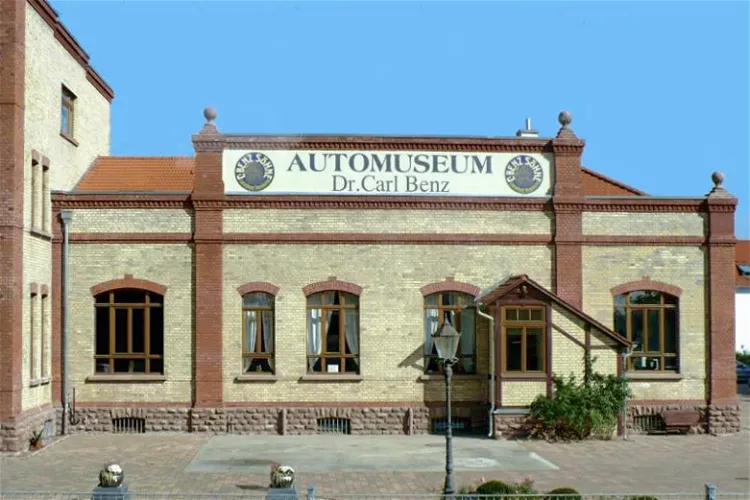
Automuseum Dr. Carl Benz
LadenburgThe Automuseum Dr. Carl Benz in Ladenburg is a tribute to the inventor of the automobile, Carl Benz. This museum is a testament to the pioneering work of Carl Benz and his significant contribution to the automotive industry. Visitors can explore the rich history of automobile invention and the evolution of the Benz brand.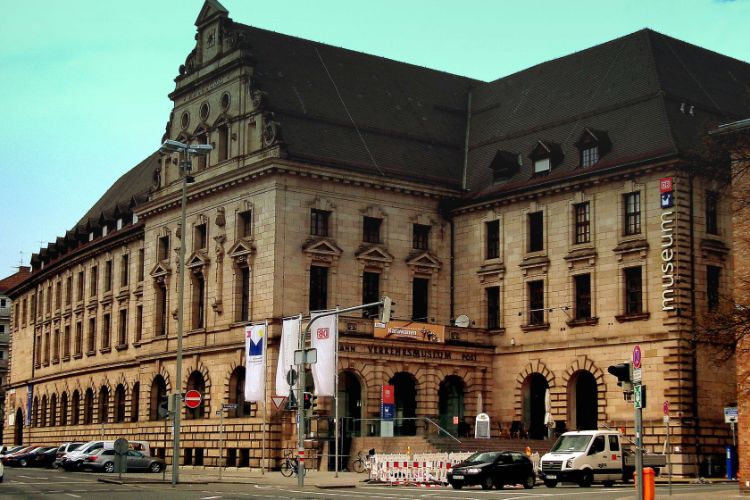
DB Museum
NurembergThe DB Museum is a railway museum in Nuremberg. Important historical railway vehicles include parts of the royal train for the Bavarian king, Ludwig II and an original coal wagon from 1829, the oldest steam locomotive in Germany still preserved in its original state, the Nordgau (built in 1853). Fur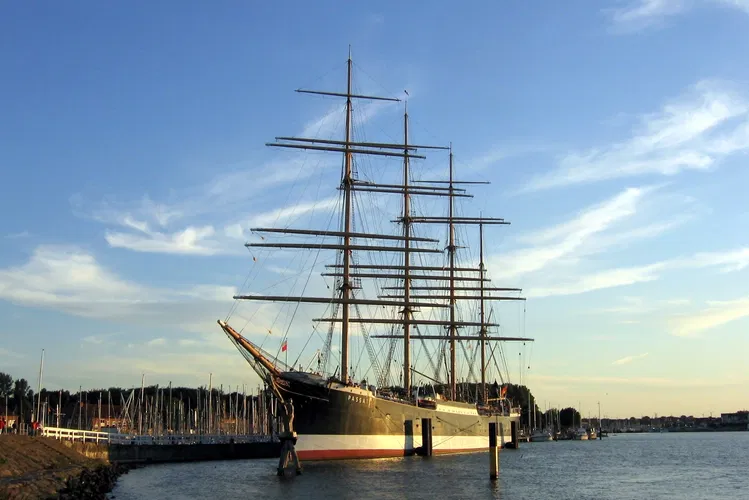
Passat (ship)
LübeckThe Passat is a historic German four-masted steel barque, and one of the renowned Flying P-Liners. These sailing ships were operated by the German shipping company F. Laeisz. The Passat is one of the last surviving windjammers, making it a significant piece of maritime history.
Franconian Brewery Museum
BambergThe Franconian Brewery Museum in Bamberg is a unique destination that offers a deep dive into the history and tradition of beer brewing in the region. The museum is located in the former Benedictine monastery brewery on Michelsberg, a site with a rich brewing history dating back to 1122. This historical setting provides an authentic backdrop for the museum's extensive collection of over 1400 exhibits.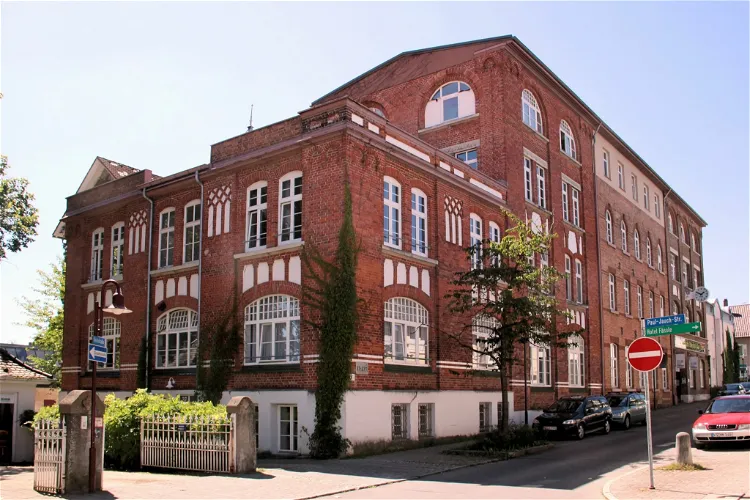
Museum of Clockmaking
Villingen-SchwenningenThe Museum of Clockmaking, also known as Uhrenindustriemuseum in German, is situated in the town of Villingen-Schwenningen in Germany. The museum is dedicated to preserving and showcasing the history of the clockmaking industry that was once a significant part of the town's identity. It provides a unique insight into the town's past and the evolution of the clockmaking industry.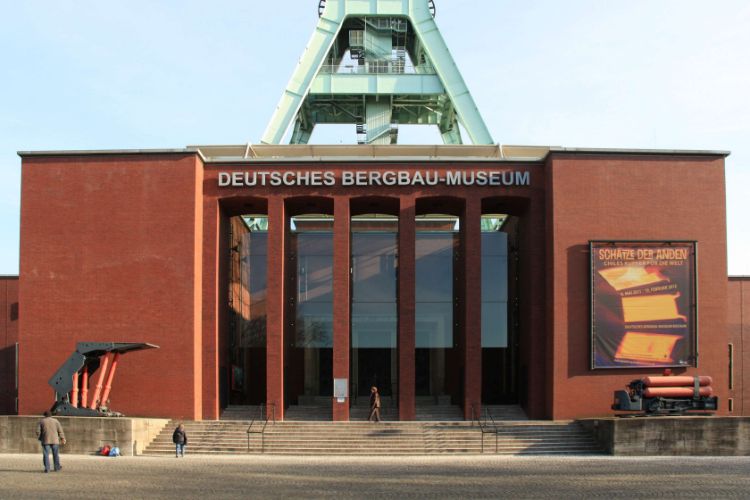
Deutsches Bergbau-Museum Bochum
BochumDeutsches Bergbau-Museum Bochum (The German Mining Museum) is a museum in Bochum that presents four tours. Tour 1 presents the history of German coal and tour 2 delves into the global relationships between humans and mining – across eras and sectors. Tour 3 and 4 cover the topics of natural resource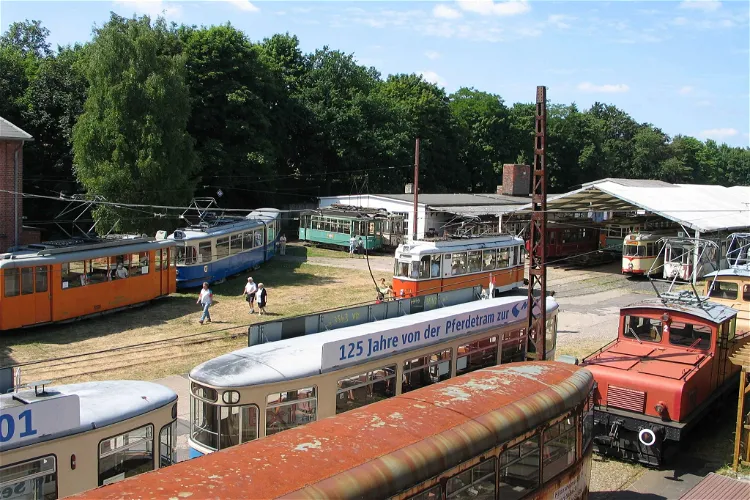
Hanover Tramway Museum
SehndeThe Hannoversche Straßenbahn-Museum (HSM) is a museum dedicated to trams and related vehicles. It is located in Wehmingen, a district in Sehnde, southeast of Hannover. The museum is privately run and operates on a voluntary basis.
Aviation Museum Hannover-Laatzen
LaatzenThe Aviation Museum Laatzen-Hannover is a permanent exhibition located in Laatzen, dedicated to the history of aviation. It provides an in-depth look into the evolution of aviation, from its early beginnings to the present day. The museum is a great place for aviation enthusiasts and history buffs alike, offering a unique opportunity to learn about the technological advancements and historical events that have shaped the world of aviation.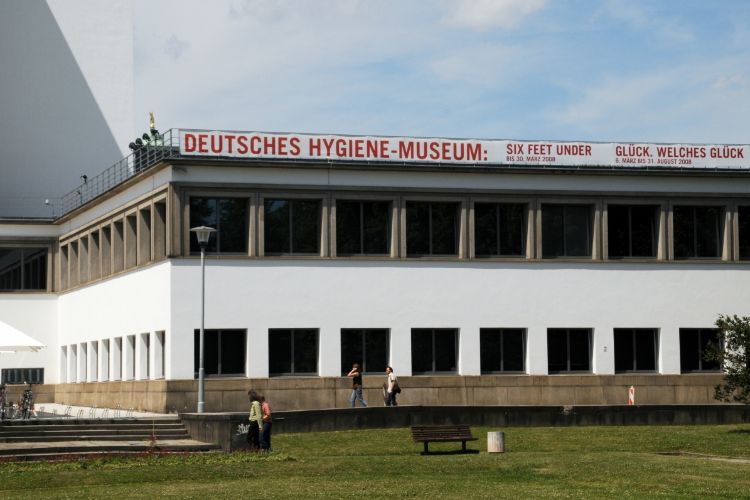
German Hygiene Museum
DresdenThe German Hygiene Museum (Deutsches Hygiene-Museum) is a medical museum in Dresden. It sees itself as a public forum for science, culture and society. On permanent display are the permanent exhibition "Abenteuer Mensch" and the "Kinder-Museum Unsere fünf Sinne". The permanent exhibition puts the hu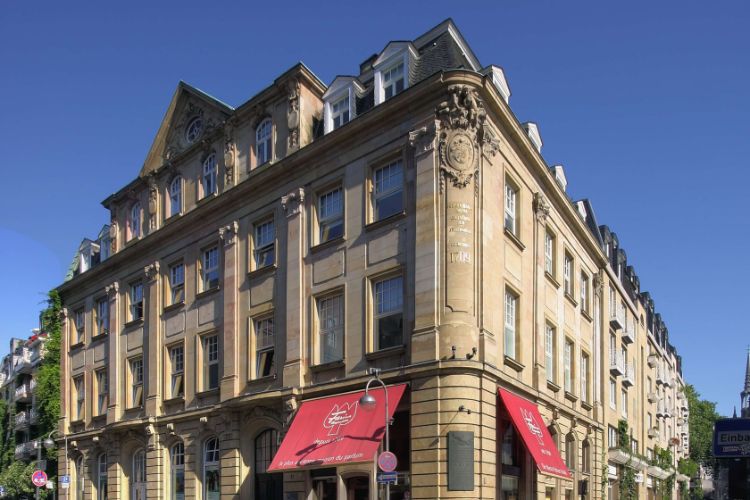
Fragrance Museum Farina-House
CologneThe Fragrance Museum Farina-House is a museum in Cologne that is dedicated to fragrances and more specifically that illustrates the production methods of perfume throughout the various stages with a focus on Eau de Cologne. The Fragrance Museum Cologne is housed in the eldest fragrance factory still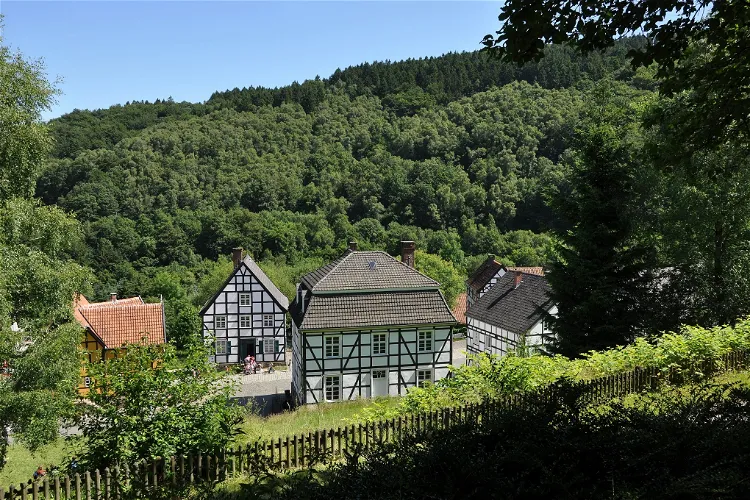
Hagen Westphalian Open-Air Museum
HagenThe Hagen Westphalian Open-Air Museum is situated in the southeastern Ruhr area, in Hagen, North Rhine-Westphalia, Germany. This location is easily accessible and offers a unique opportunity to explore the history of craft and technics in a hands-on manner.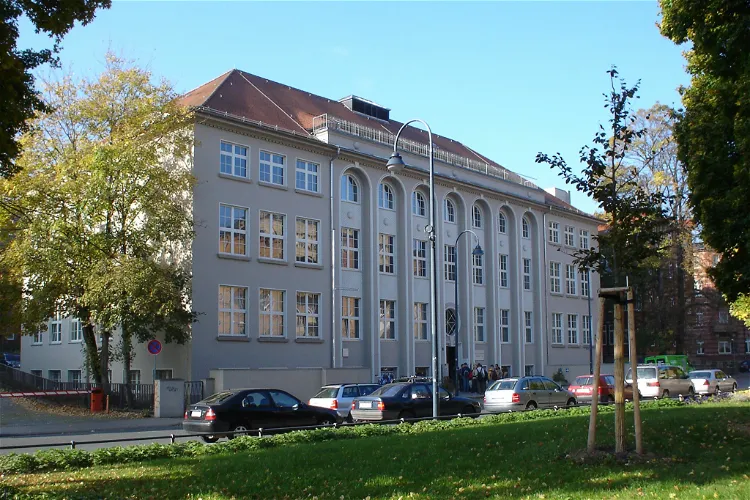
Optical Museum Jena
JenaThe Deutsches Optisches Museum Jena is a unique science and technology museum that showcases optical instruments spanning eight centuries. This extensive collection provides a comprehensive overview of the evolution of optical instruments, making it a fascinating destination for those interested in the history and development of technology.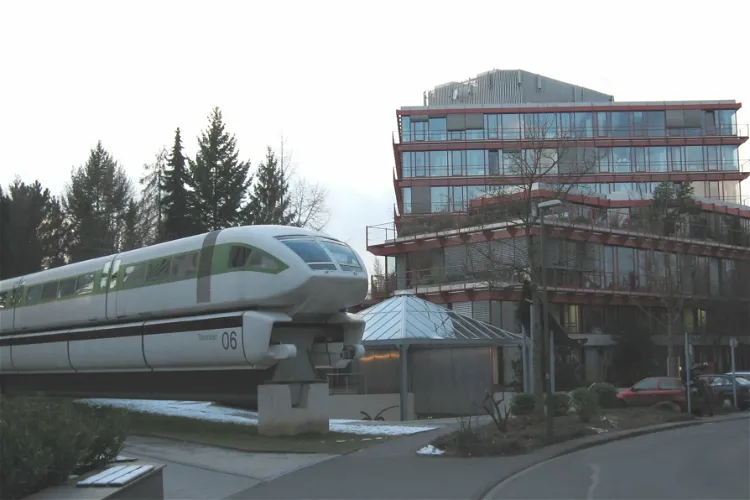
Deutsches Museum Bonn
BonnThe Deutsches Museum Bonn is a branch of the Deutsches Museum in Munich, situated in the Plittersdorf district of Bonn. This location makes it easily accessible for tourists visiting the city. The museum is a significant part of the cultural and scientific landscape of Bonn, offering a unique insight into the development of research and technology in Germany after 1945.- 94
World Heritage Site Rammelsberg
Goslar 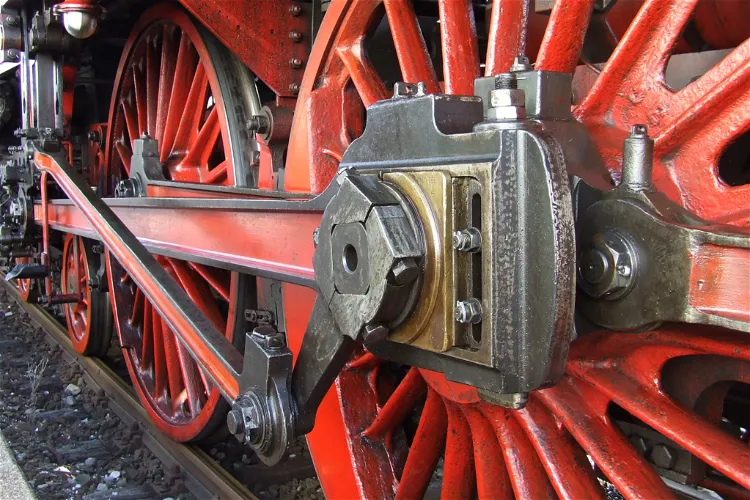
Bavarian Railway Museum
NördlingenThe Bavarian Railway Museum, also known as Bayerisches Eisenbahnmuseum or BEM, is situated in the historic locomotive sheds at Nördlingen station in Bavaria, Germany. This location adds a unique charm to the museum, as it is housed in a place that has been a part of the railway history itself. Visitors can experience the rich history of the railway while exploring the museum's exhibits.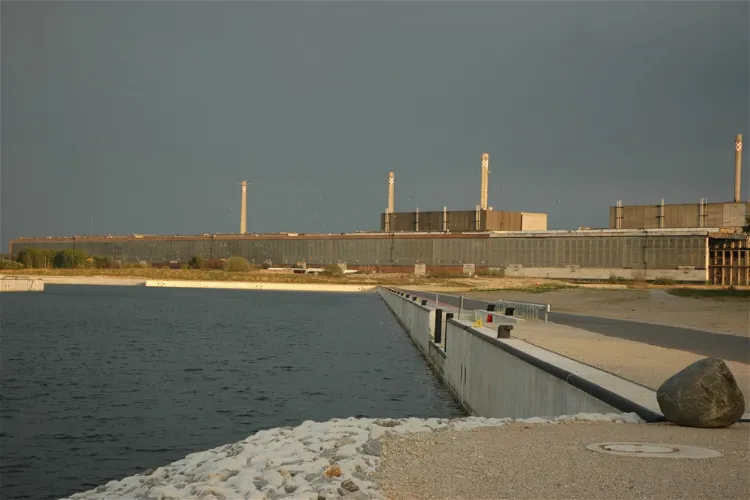
Greifswald Nuclear Power Plant
RubenowThe Greifswald nuclear power station, also referred to as the Lubmin nuclear power station, holds a significant place in history as it was the largest nuclear power station in East Germany. It was operational until its closure, which occurred shortly after the German reunification. This historical significance might be of interest to visitors who are keen on understanding the industrial history of East Germany.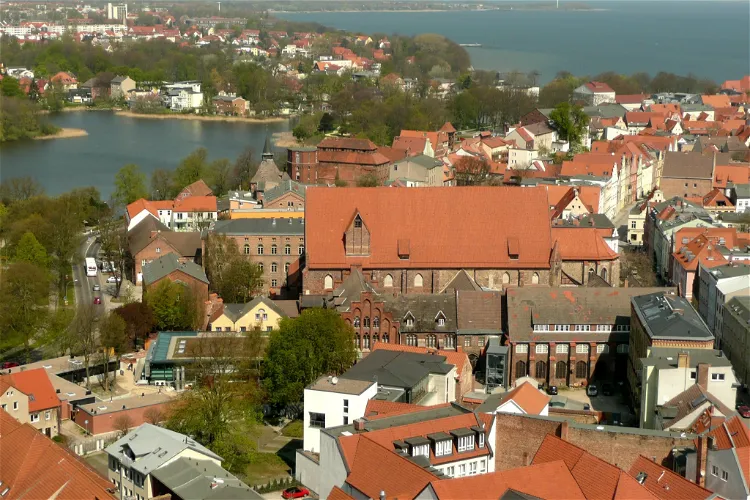
German Oceanographic Museum
StralsundThe German Oceanographic Museum, also referred to as the Museum for Oceanography and Fisheries, Aquarium, is situated in the Hanseatic town of Stralsund. It is recognized as the most visited museum in North Germany, attracting a large number of tourists each year. The museum offers a wide range of maritime and oceanographic exhibitions, making it a great destination for those interested in marine life and oceanography.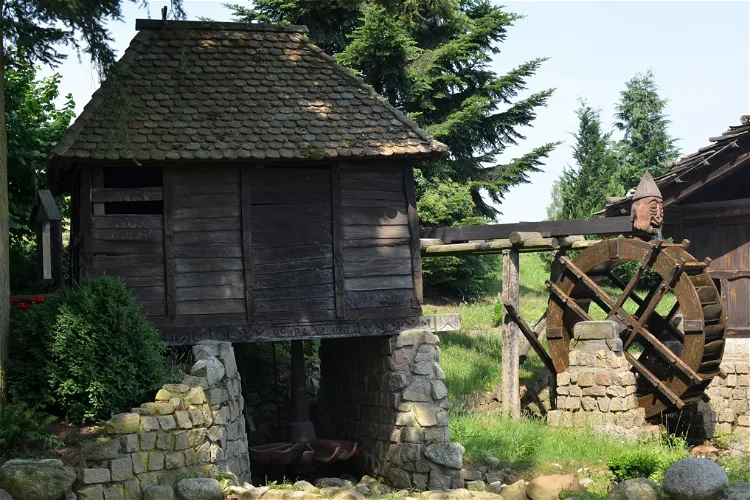
International Museum Gifhorn
GifhornThe International Windmill and Watermill Museum in Gifhorn, Lower Saxony, Germany is an open-air museum that offers a unique experience for visitors. It houses 15 buildings, either original or exact replicas of mills from 12 different countries. Each mill's surroundings are designed to reflect the topography typical of its country of origin. This provides a unique opportunity for visitors to experience a variety of cultures and historical periods in one location.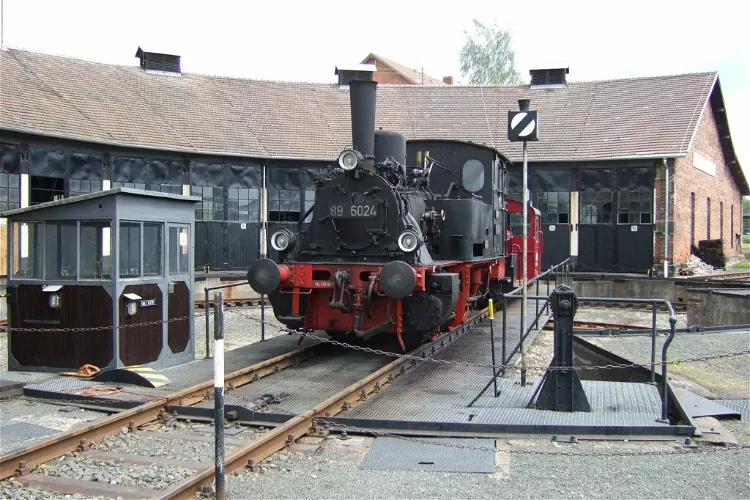
German Steam Locomotive Museum
NeuenmarktThe German Steam Locomotive Museum, also known as Deutsches Dampflokomotiv-Museum (DDM), is situated in a scenic location at the base of the Schiefe Ebene ramp on the Ludwig South-North Railway. This is in the town of Neuenmarkt, which is part of Upper Franconia, a region in northern Bavaria, Germany. The museum's location adds to its charm and makes it an interesting destination for tourists.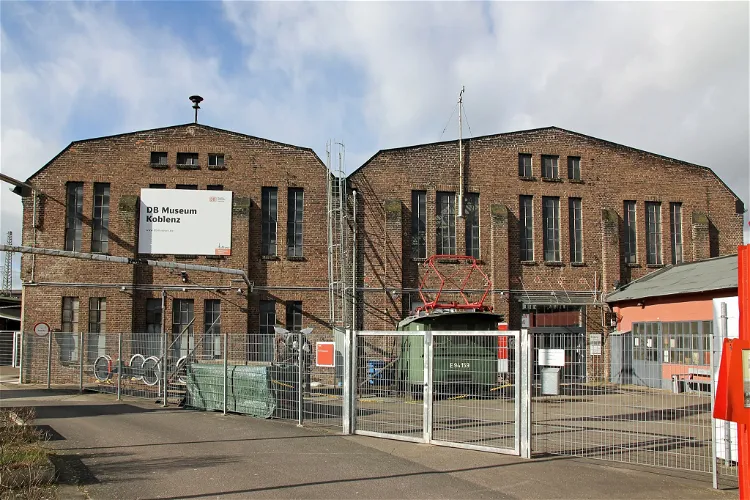
DB Museum Koblenz
KoblenzThe DB Museum in Koblenz is located in the district of Lützel, in a building that was once a goods wagon repair shop. This historical setting adds a unique charm to the museum, providing a tangible link to the past of railway transportation.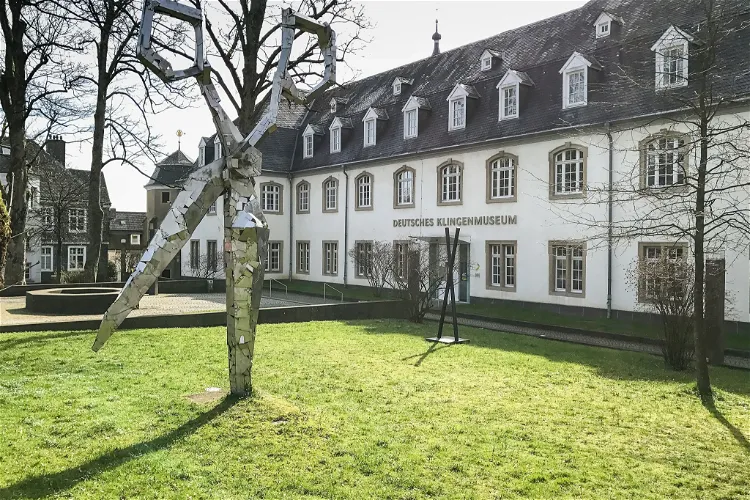
German Blade Museum
SolingenThe German Blade Museum, located in the Gräfrath district of Solingen, is a unique institution that showcases a wide range of cutlery, edged weapons, and cutting tools. The museum's collection provides a comprehensive overview of the evolution and use of blades throughout history, highlighting their significance in human civilization.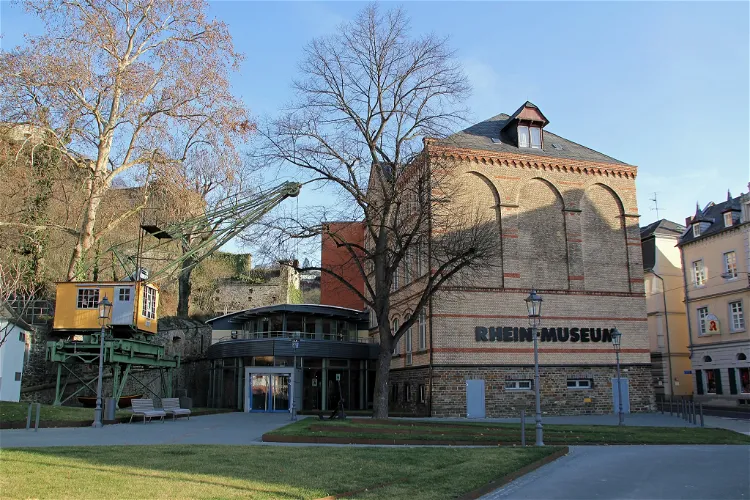
Rhein-Museum Koblenz
KoblenzThe Rhein-Museum Koblenz is a cultural-historical museum located in Koblenz. It provides a comprehensive view of life on the Rhine, covering various aspects such as shipping, ecology, hydrology, Rhine romanticism, tourism, economy, and history. This museum offers a unique opportunity to delve into the rich cultural landscape of the Rhine.
Rheinisches Feuerwehrmuseum
ErkelenzThe Rheinisches Feuerwehrmuseum, located in Erkelenz, was inaugurated on May 28, 1994. Today, it is managed by the Rheinisches Feuerwehrmuseum Lövenich e.V. association. The museum was born out of the private collection of Peter Höpgens and has since grown into a significant cultural institution in the region.- 104
Schwäbisches Turmuhrenmuseum
MindelheimThe Schwäbisches Turmuhrenmuseum, located in Mindelheim, Germany, is a unique museum dedicated to the history of tower clocks. This small horological museum offers a deep dive into the evolution and intricacies of tower clocks, making it an interesting destination for those fascinated by timekeeping and mechanical devices. 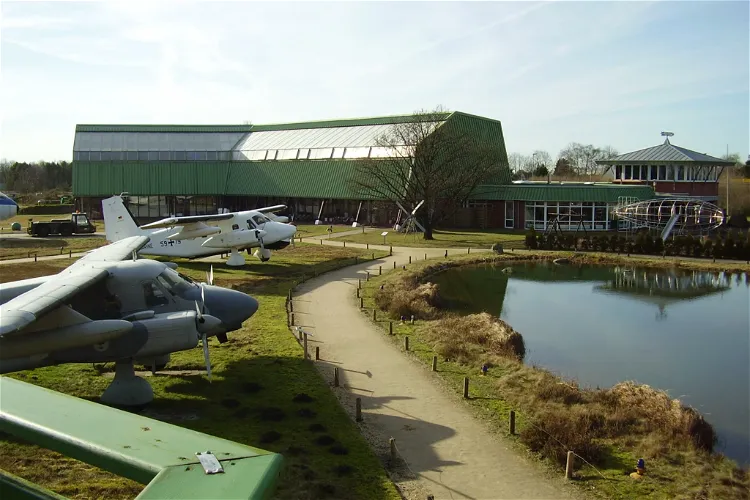
Aeronauticum
Wurster NordseeküsteThe Aeronauticum is the official German maritime aircraft museum, situated in the town of Nordholz, which is in close proximity to Cuxhaven, Lower Saxony. This location makes it easily accessible for tourists visiting the region. The museum offers a unique insight into the history of German maritime aviation, making it an interesting destination for history and aviation enthusiasts.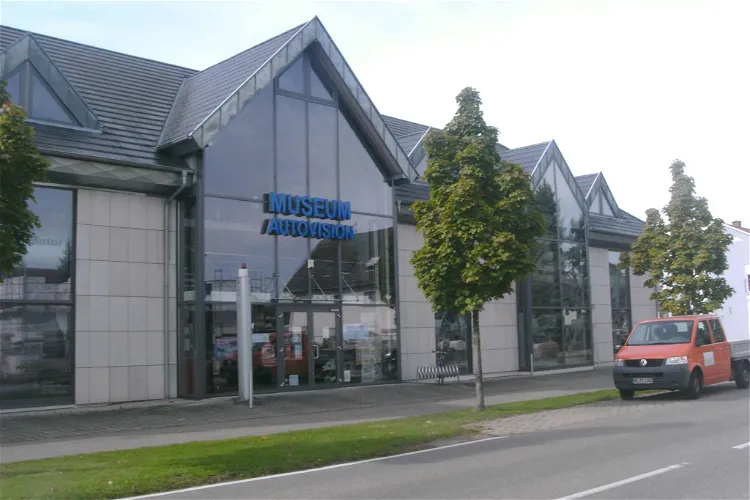
Museum Autovision
AltlußheimMuseum Autovision in Altlußheim is a unique institution dedicated to the exploration of the history and future of modern individual mobility. Founded by electronics entrepreneur Horst Schultz, the museum has a particular focus on alternative drives. This makes it a fascinating destination for those interested in the evolution of transportation and the potential future of automotive technology.
Deutsches Zweirad- und NSU-Museum
NeckarsulmThe Deutsches Zweirad- und NSU-Museum, located in Neckarsulm, Germany, is home to a vast collection of historic motorcycles and bicycles. The museum is housed in a five-story split-level building that dates back to the 13th Century, adding a touch of historical charm to the overall experience.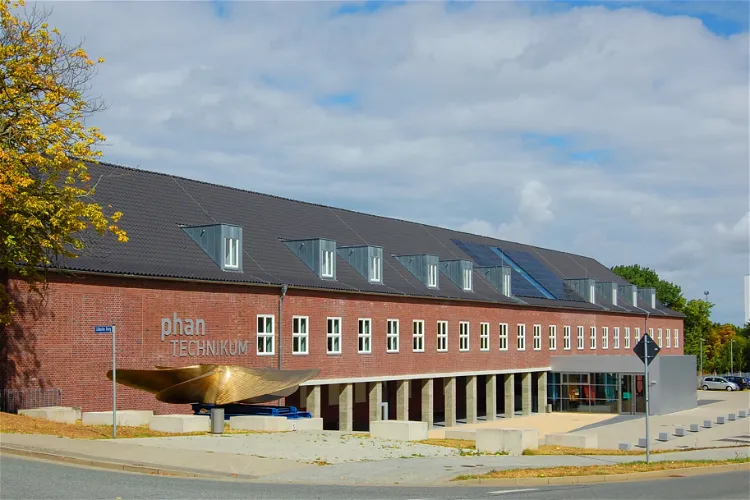
phanTECHNIKUM
WismarThe phanTECHNIKUM, located in Wismar, is the exhibition house of the Technical State Museum of Mecklenburg-Vorpommern. It offers a vast exhibition space of over 3,000 m², making it a significant location for those interested in technology and history.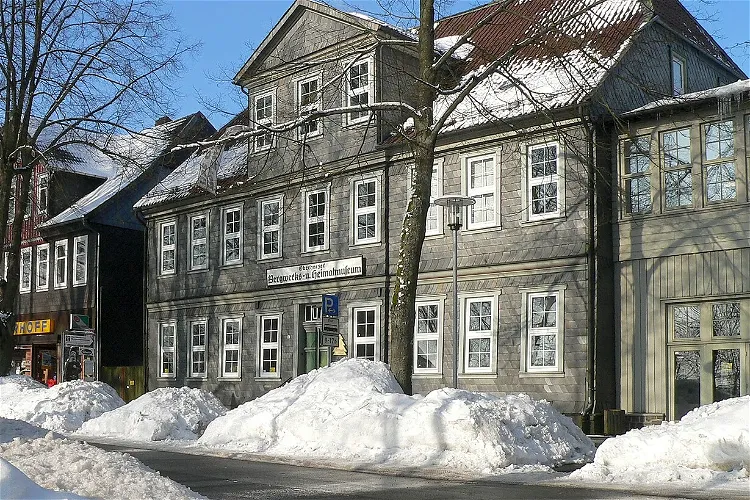
Upper Harz Mining Museum
Clausthal-ZellerfeldThe Upper Harz Mining Museum, located in Clausthal-Zellerfeld in the Harz mountains of central Germany, is a museum dedicated to technological and cultural history. It provides a comprehensive insight into the history and presentation of mining in the Upper Harz region up to the 19th century.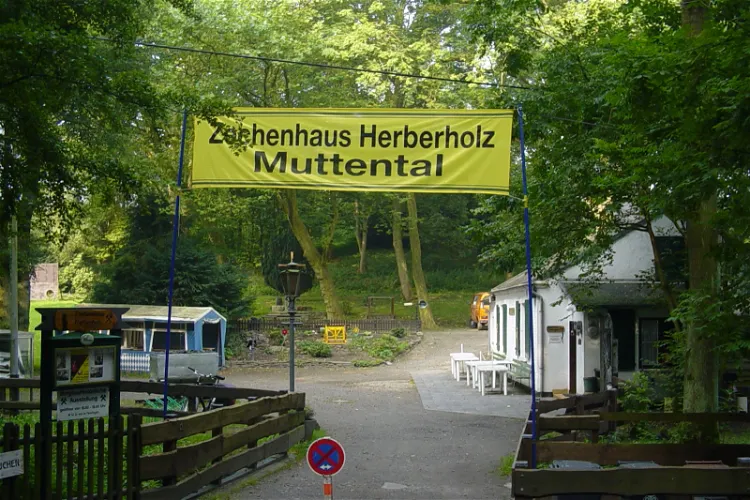
Zechenhaus Herberholz
WittenToday, the Zechenhaus Herberholz is the only remaining testament to the former Zeche Herberholz. The Zechenhaus Herberholz, built around 1875, served as the operational building for the Zeche Herberholz and Louisenglück mines. This preserved building provides a tangible connection to the past, allowing visitors to step back in time and experience the history of coal mining in the region.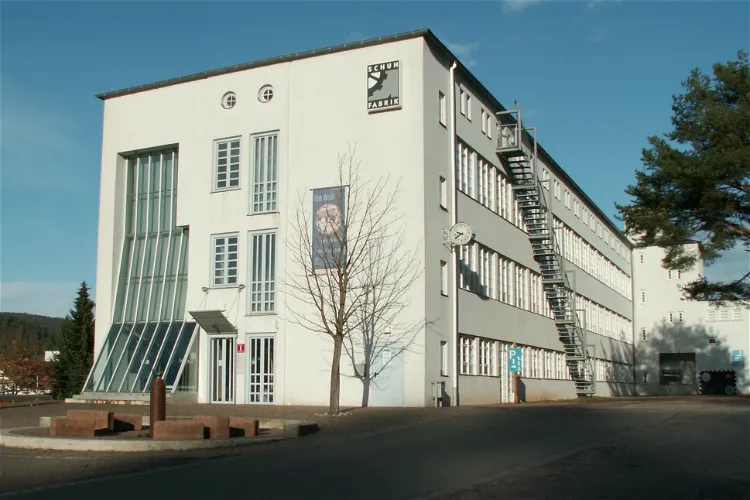
German Shoe Museum
HauensteinThe German Shoe Museum, situated in Hauenstein, Palatinate, is a unique institution that provides a comprehensive overview of the local shoe industry's evolution. The museum is housed in a former shoe factory, adding an authentic touch to the experience. Visitors can explore the technical aspects of shoe manufacturing and delve into the social and everyday history of shoes.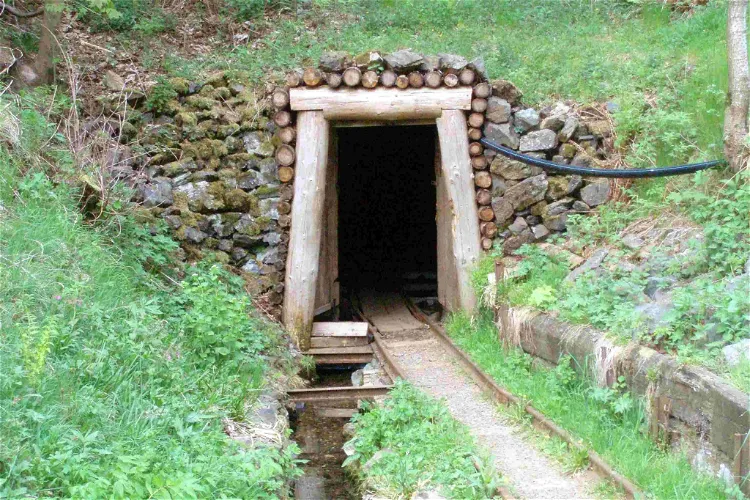
Roter Bär Pit
BraunlageThe Roter Bär Pit, located in Sankt Andreasberg in the Upper Harz, is a historical iron ore mine that was in operation from around 1800 to the 1860s. Today, it is managed as a visitor mine by the Sankt Andreasberg Association for History and Antiquities, and is known as the Lehrbergwerk Grube Roter Bär. Visitors can explore the mine and learn about its history and the mining processes that took place there.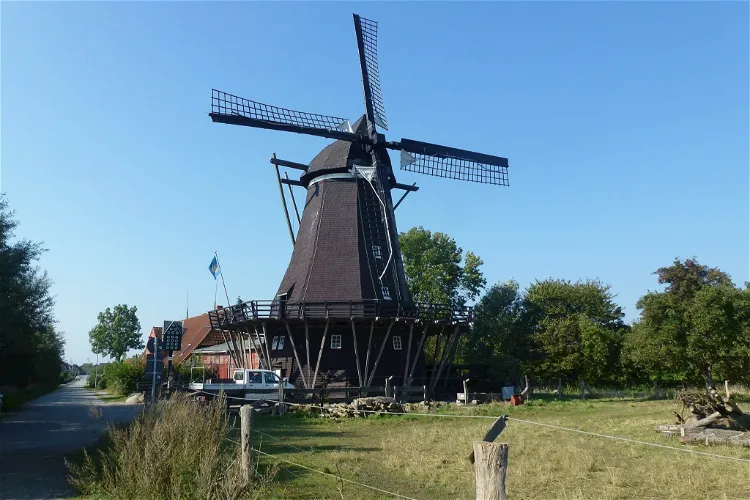
Mühlenmuseum Lemkenhafen
FehmarnThe Mühlenmuseum Lemkenhafen is situated in the historic sail windmill, 'Jachen Flünk', in Lemkenhafen on the island of Fehmarn, in the district of Ostholstein, Schleswig-Holstein. This location offers a unique opportunity to explore a piece of history in a picturesque setting.
Lava-Dome
MendigThe Lava-Dome is not just a museum but also a science center where visitors can explore geological and volcanological phenomena themselves. This interactive feature allows visitors to gain a hands-on understanding of the processes that lead to volcanic eruptions and the workings of the Earth's interior. It's an engaging way to learn about the science behind volcanoes.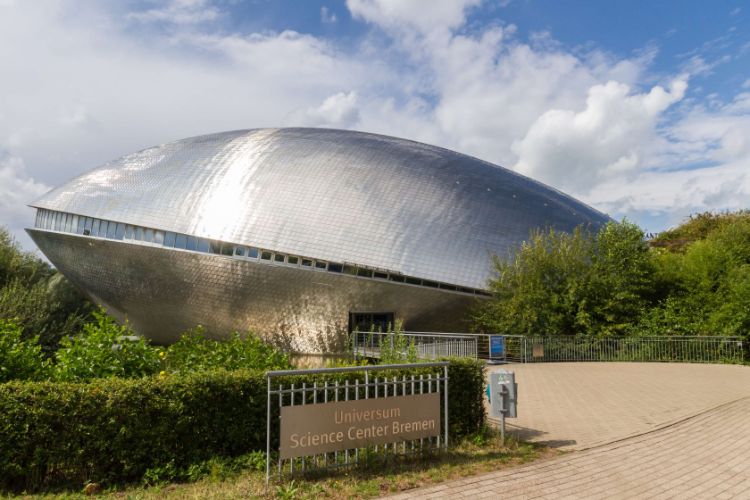
Universum Bremen
BremenThe Universum Bremen is an interactive science exhibition in Bremen where visitors can interact with the more than 300 exhibits that are related to technology, man and nature. This way, visitors can experience and understand scientific phenomena up close and with all their senses.
Phyletic Museum Jena
JenaThe Phyletic Museum in Jena, founded by Ernst Haeckel, is a unique institution dedicated to the study of phylogenesis. This museum offers a deep dive into the evolutionary history of multicellular animals, including humans. It's a place where science and art meet, aiming to convey the development of life through its exhibits.
Bocholt textile museum
BocholtThe Bocholt Textile Museum is located in the city of Bocholt, in the north-west of North Rhine-Westphalia, Germany. It is part of the district Borken and is situated 4 km south of the border with the Netherlands. This location makes it easily accessible for tourists from both Germany and the Netherlands.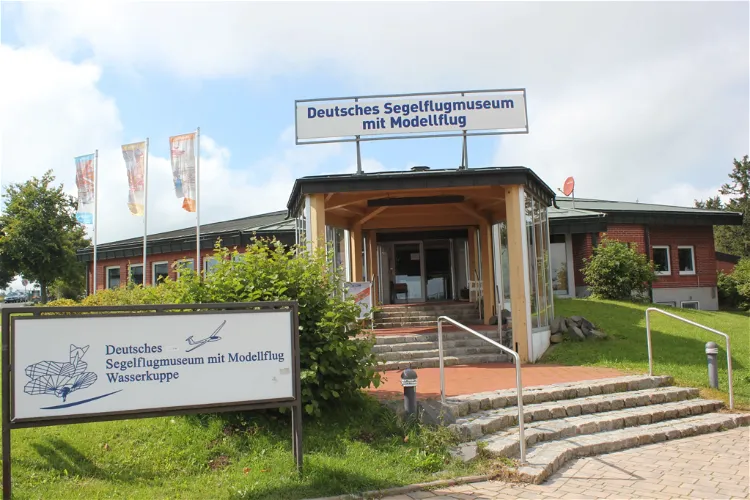
German Gliding Museum
ObernhausenThe German Glider Museum, also known as Deutsches Segelflugmuseum mit Modellflug, is located on the Wasserkuppe in the German state of Hesse. It is the national gliding museum of Germany and was inaugurated in 1987. The museum is a significant destination for those interested in the history and development of gliding.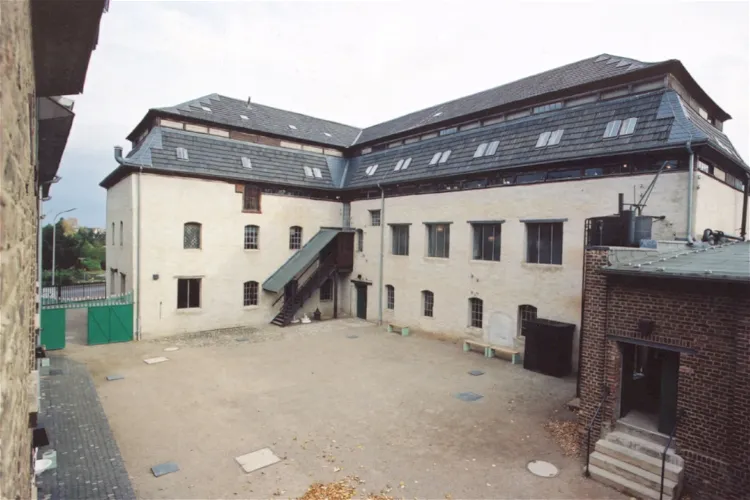
LVR Museum of Industry: Mueller Cloth Mill
Kreis EuskirchenThe museum offers a comprehensive understanding of the cloth mill production process. It features fully functional machinery and equipment from around 1900, providing a unique glimpse into the industrial past. Visitors can observe the machinery in action, offering a tangible connection to the history of the textile industry.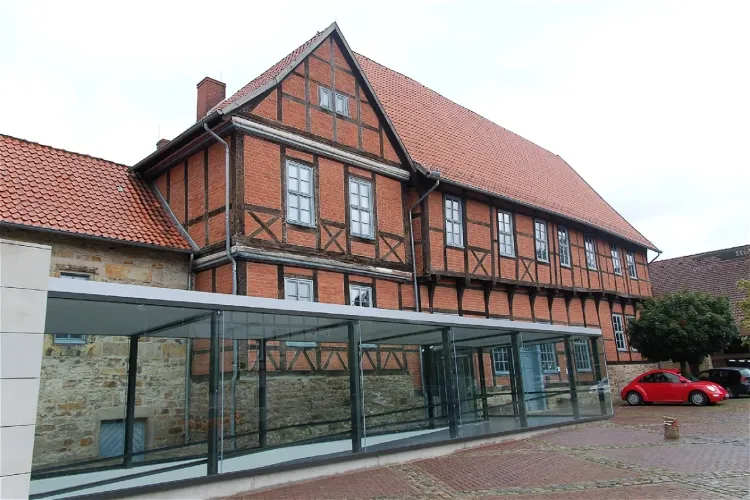
Hubschraubermuseum Bückeburg
BückeburgThe Hubschraubermuseum Bückeburg is conveniently located in the city center of Bückeburg at Sablé-Platz. This central location makes it easily accessible for tourists visiting the city. The museum is dedicated to the history and technology of helicopters, making it a unique destination for aviation enthusiasts.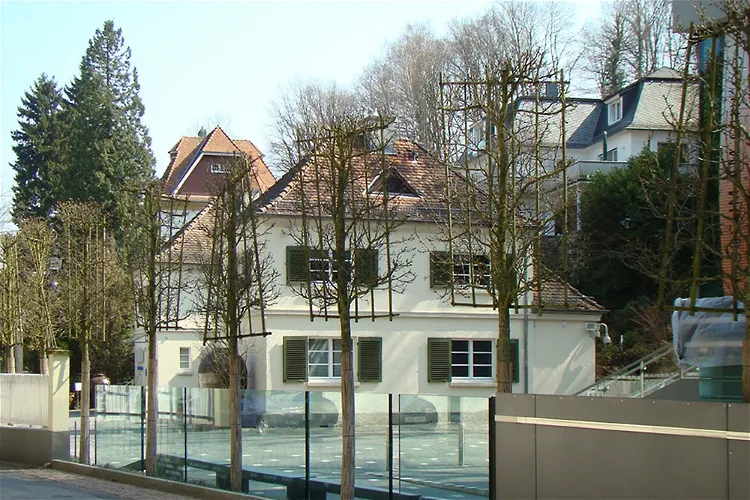
Carl Bosch Museum
Heidelberg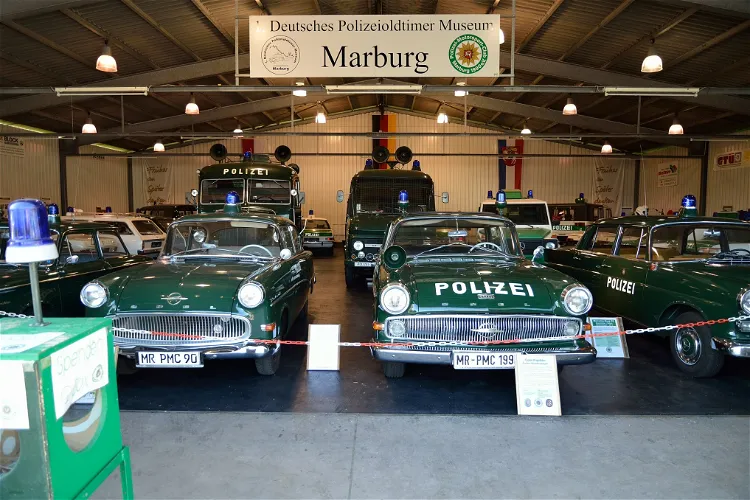
1st German Antique Police Car Museum
MarburgThe museum offers a comprehensive display of vehicles that span several decades of German police history. Visitors can expect to see a wide range of police vehicles, from motorcycles and patrol cars to armored vehicles and water cannons.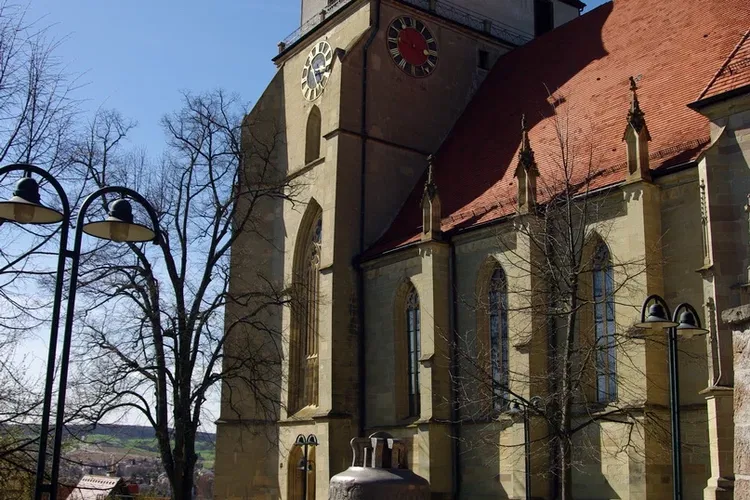
Glockenmuseum Stiftskirche Herrenberg
HerrenbergThe Glockenmuseum Herrenberg, also known as the Glockenmuseum Stiftskirche Herrenberg, is situated within the Evangelical Collegiate Church in Herrenberg. This location adds a unique historical and cultural context to the museum, making it an interesting destination for tourists interested in history, culture, and architecture.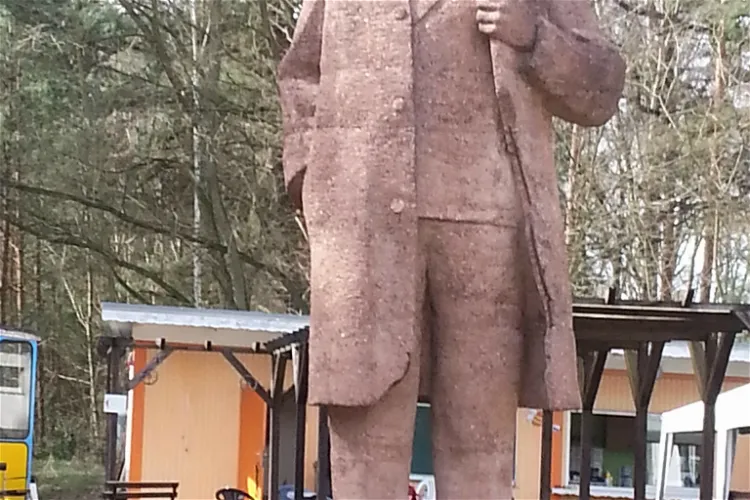
Luftfahrtmuseum Finowfurt
FinowfurtThe Luftfahrtmuseum Finowfurt is an aviation museum located in Brandenburg, Germany. It is situated on a part of the former military airfield Eberswalde Finow. The museum showcases around 25 aircraft, helicopters, rockets, rail vehicles, cockpits, navigation instruments, engines, and approximately 60 historical vehicles as part of eight thematically organized exhibitions.
Transport Museum Dresden
DresdenWhat moves you - Dresden Transport welcomes you to an exciting time travel. Impressive locomotives, elegant vintage cars, adventurous flying machines, magnificent ship models and many active stations invite you to discover, to experience and to embark.
Neustadt/Weinstrasse Railway Museum
Neustadt an der WeinstraßeThe Neustadt/Weinstrasse Railway Museum, also known as Eisenbahnmuseum Neustadt/Weinstraße, is one of two railway museums managed by the German Railway History Company, also known as Deutsche Gesellschaft für Eisenbahngeschichte or DGEG. This museum is a significant part of Germany's railway history and offers a unique insight into the country's railway heritage.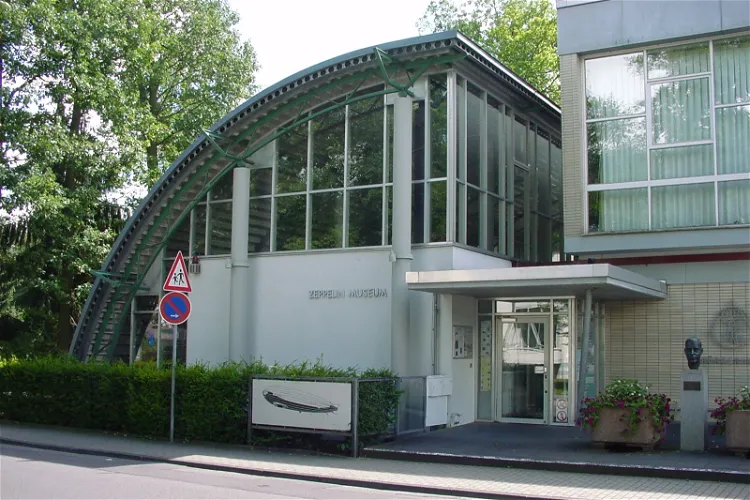
Zeppelin Museum Zeppelinheim
ZeppelinheimThe Zeppelin Museum Zeppelinheim is situated in the Neu-Isenburg district of Zeppelinheim, near Frankfurt am Main. This location is easily accessible for tourists visiting the region and offers a unique insight into the history of Zeppelin airships.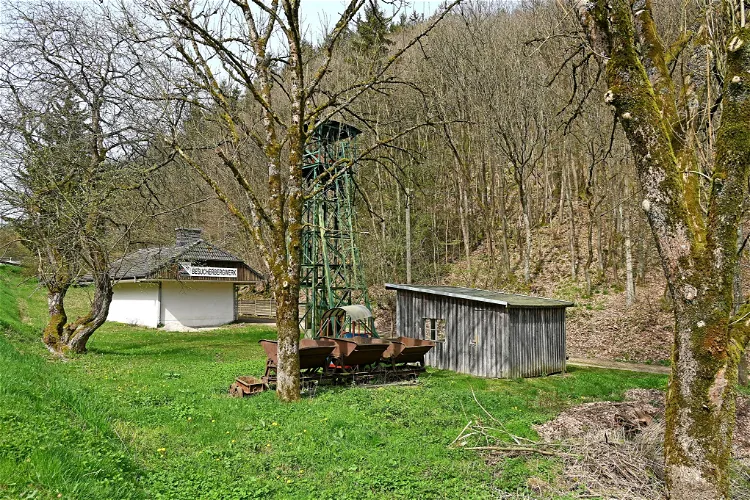
Grube Wohlfahrt
ZehnstelleGrube Wohlfahrt is a former lead ore mine situated in Rescheid, a part of the Hellenthal municipality, in the Euskirchen district of North Rhine-Westphalia. This historical site offers a unique insight into the mining industry of the past, making it an interesting destination for those interested in history and geology.
Westphalian Museum of Natural History
MünsterThe LWL-Museum für Naturkunde, also known as the Westphalian Museum of Natural History, is a state museum located in Münster. It is under the sponsorship of the Landscape Association of Westphalia-Lippe (LWL). The museum is a significant cultural and educational institution in the region, offering a wide range of exhibits and programs related to natural history.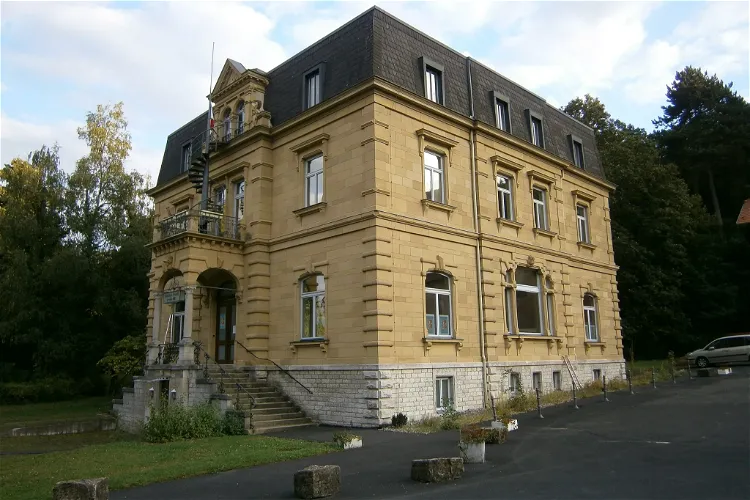
Siebold-Museum
WürzburgThe Siebold Museum in Würzburg is a tribute to the life and work of Philipp Franz von Siebold, a renowned doctor, Japan and natural scientist, ethnologist, botanist, and collector. The museum offers a deep dive into Siebold's contributions and his significant role in the fields of science and ethnology.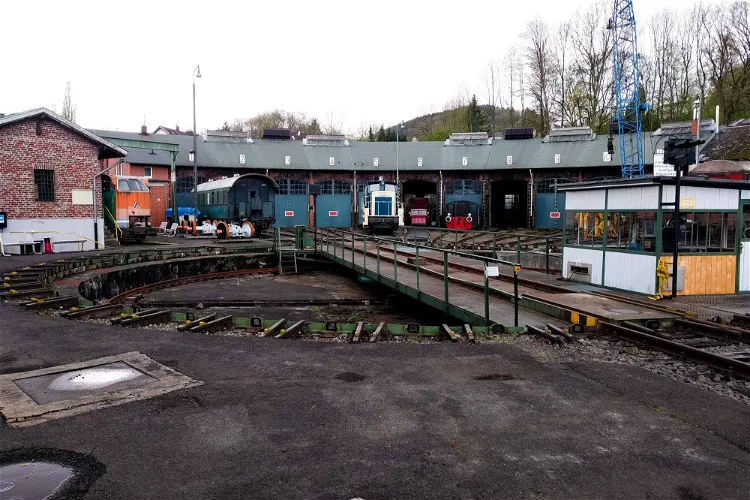
Dieringhausen Railway Museum
GummersbachThe Dieringhausen Railway Museum is a significant historical site located in Dieringhausen, a district of Oberbergischer Kreis in North Rhine-Westphalia, Germany. This museum is dedicated to preserving and showcasing the rich history of railways in the region. It is situated on the grounds of the former Deutsche Bundesbahn locomotive depot at Dieringhausen, which is a protected historical monument.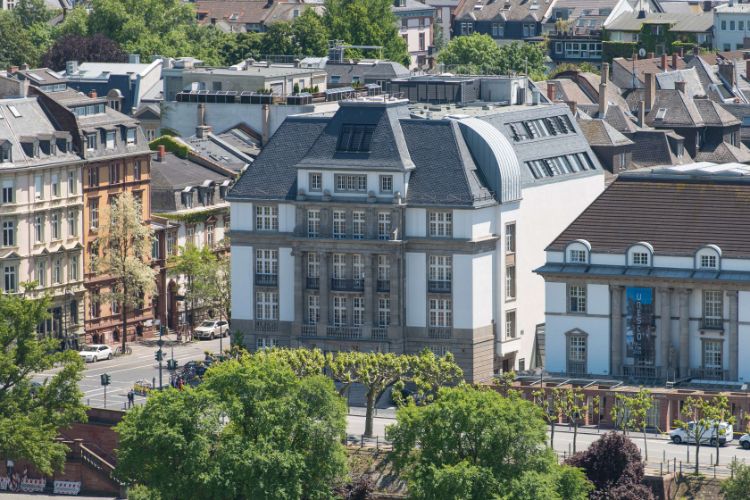
German Film Museum
FrankfurtThe German Film Museum (Deutsches Filmmuseum) is one of seven film museums in Germany. The museum is located in Frankfurt and housed in a listed historic villa. The German Film Museum is dedicated to film. The origins of the film, its development and future are the theme of the permanent exhibition,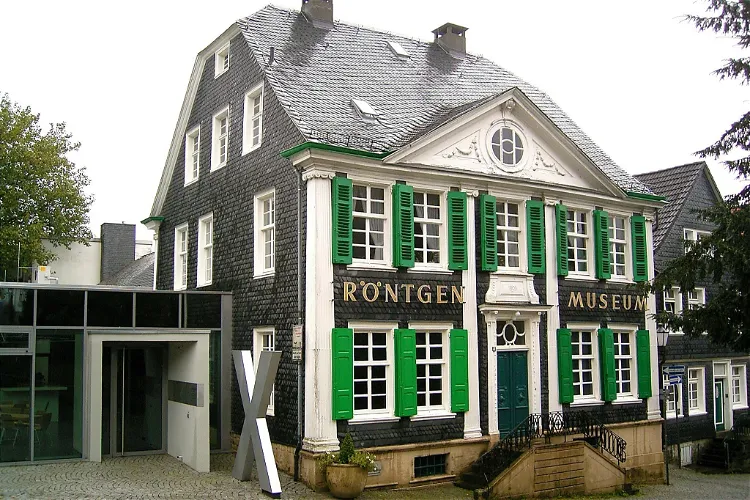
Röntgen-Museum
RemscheidThe Deutsches Röntgen-Museum is situated a short distance from the birthplace of the physicist Wilhelm Conrad Röntgen. It is housed in an old Bergisch patrician house at Schwelmer Straße 41 in Remscheid - Lennep, which has been expanded with several large additions. This location adds a historical context to the museum, making it a significant site for those interested in the life and work of Röntgen.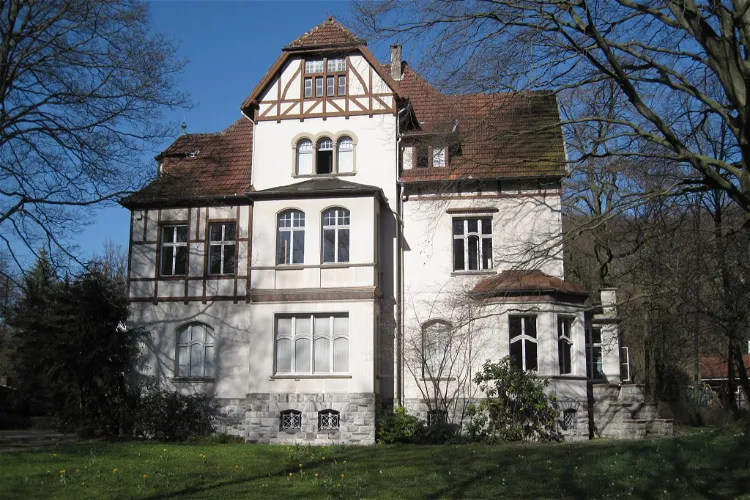
Felsenmeer Museum
HemerThe Felsenmeermuseum, which opened its doors in 1989, is a local museum located in Hemer. It is housed in the Villa Grah, a building constructed in 1902 and protected as a historical monument. This setting provides a unique backdrop for the museum's exhibits and adds to the overall experience of visiting the museum.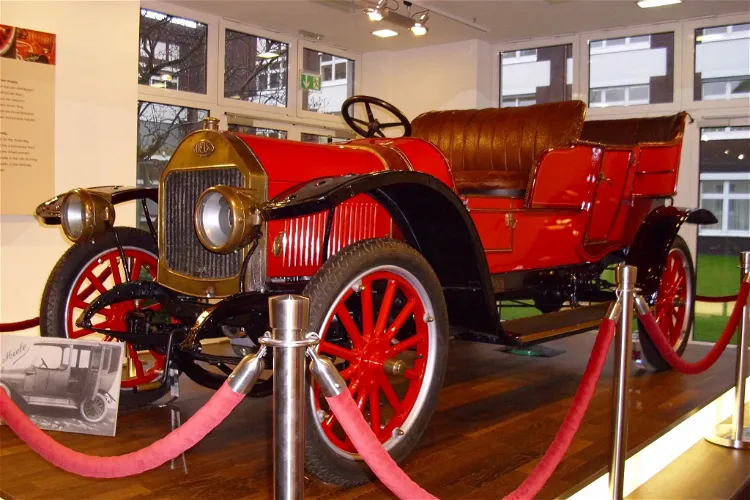
Miele-Museum
GüterslohThe Miele Museum showcases approximately 200 exhibits from the company's production. These include a wide range of items such as washing machines, milk centrifuges, vacuum cleaners, dishwashers, hand carts, bicycles, mopeds, and motorcycles. This diverse collection provides a comprehensive overview of the company's product evolution and technological advancements over the years.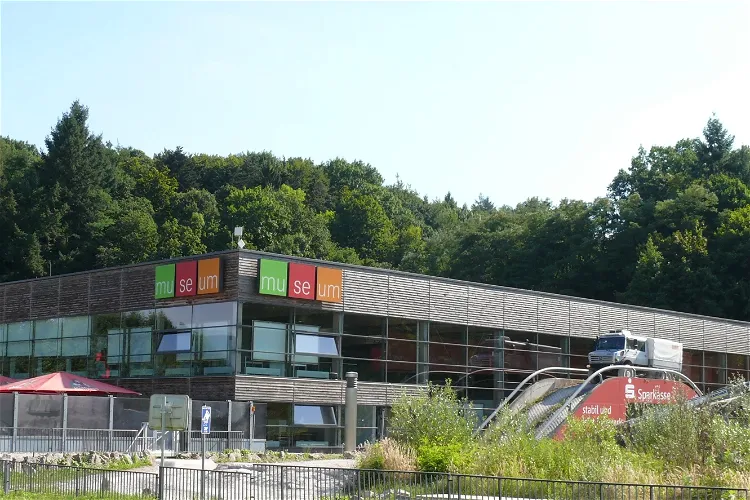
Unimog Museum
GaggenauThe Unimog Museum in Gaggenau, Germany, offers a comprehensive historical overview of Unimog's off-road vehicles. Visitors can explore various vehicles from the entire production history, learning about the unique features and evolution of these robust machines. The museum's collection provides a deep dive into the world of Unimog, making it an interesting destination for automobile enthusiasts and history buffs alike.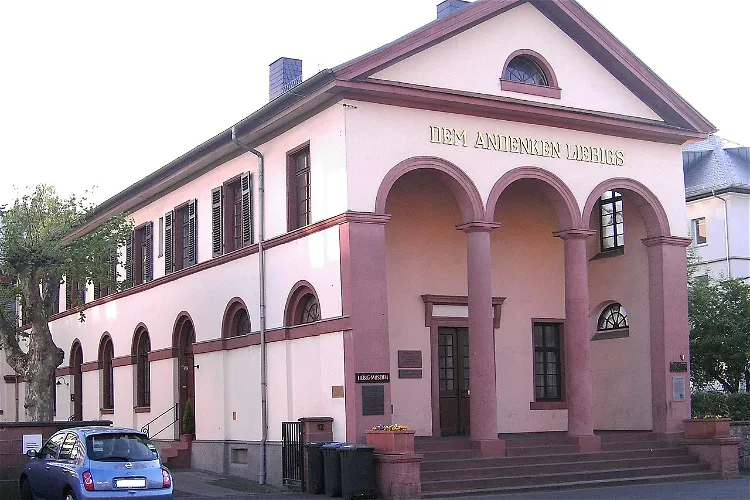
Liebig-Museum
GießenThe Liebig Museum is housed in a building that was originally built as a guardhouse of a barracks and was later expanded by Justus Liebig. The museum showcases the working conditions and the tools of the time in the former Chemical Institute, where Liebig lived and conducted his research during his tenure as a professor at the University of Giessen from 1824 to 1852.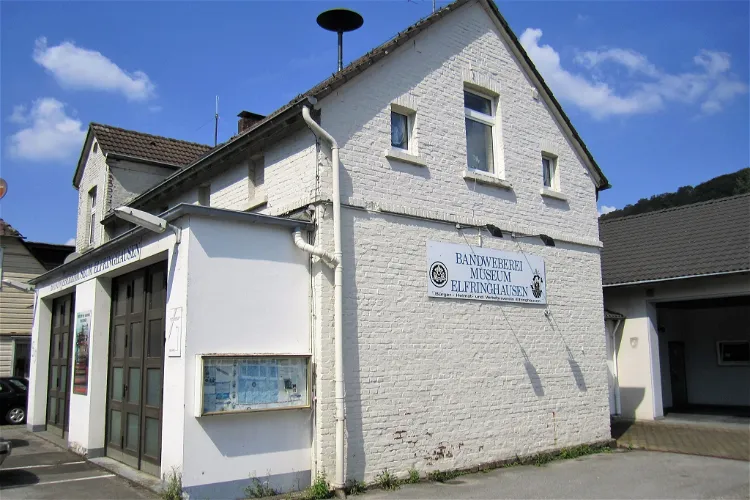
Bandwebereimuseum Elfringhausen
HattingenThe Bandwebereimuseum Elfringhausen, located in Hattingen, is a local history museum that opened its doors in 1996. It is dedicated to the local history of ribbon weaving, a significant part of the region's past. The museum provides an in-depth look into the evolution of this industry and its impact on the local community.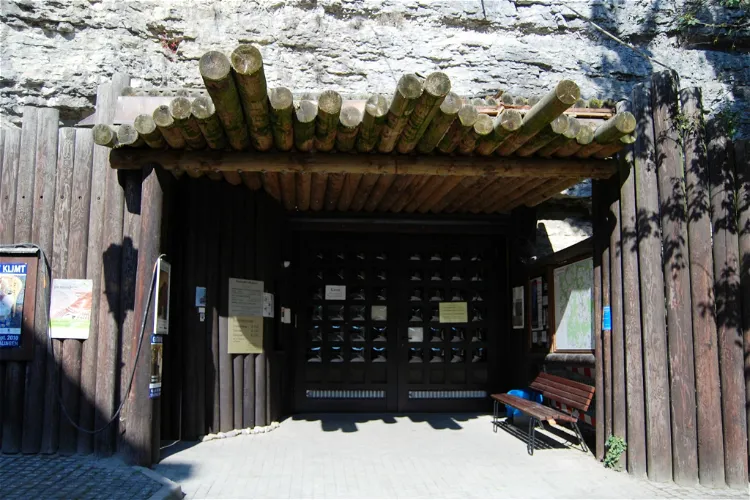
Atomkeller Museum
HaigerlochThe Atomkeller Museum is a unique destination for those interested in nuclear technology. It is situated in a rock cellar beneath the Haigerloch Castle in the town of Haigerloch, Baden-Württemberg. This location not only provides a unique setting for the museum but also adds to the historical significance of the exhibits.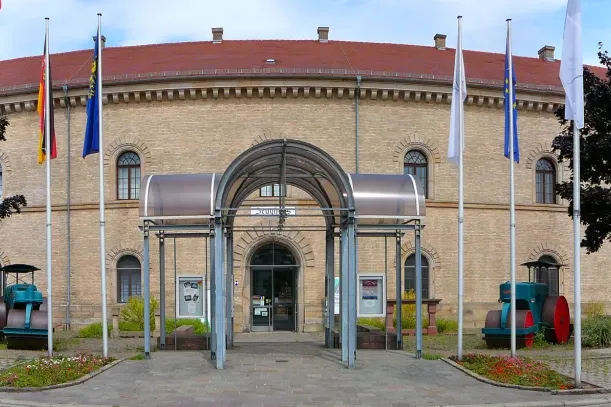
Deutsches Straßenmuseum
GermersheimThe Deutsches Straßenmuseum is situated in the Palatinate city of Germersheim. This location is in the heart of Germany, making it easily accessible for tourists from all over the country and beyond. The city itself is rich in history and culture, providing an excellent backdrop for the museum.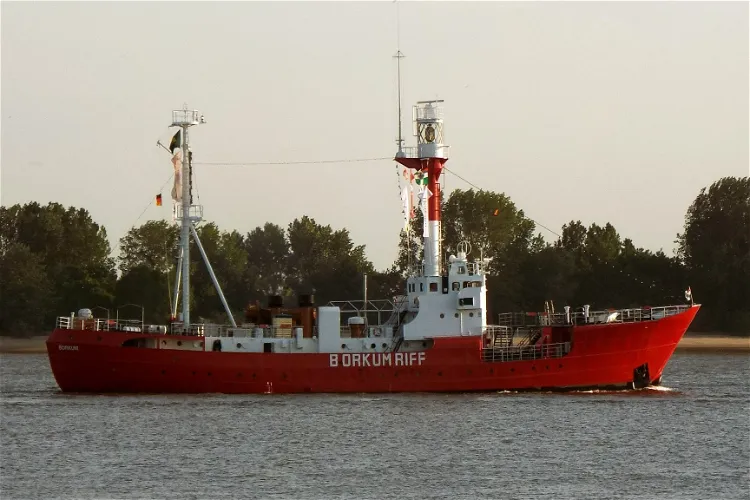
Förderverein Feuerschiff Borkumriff
BorkumThe Borkumriff was a fire ship position from 1875 to 1988. It was originally located at 53° 51′ 0″ N, 6° 26′ 0″ O, but was later moved to position 53° 43′ 0″ N, 6° 23′ 0″ O due to changes in shipping routes. From 1970, it was located at 53° 48′ 0″ N, 6° 22′ 0″ O. The position was about 30 kilometers northwest of the island of Borkum, in one of the main shipping routes of the German Bight.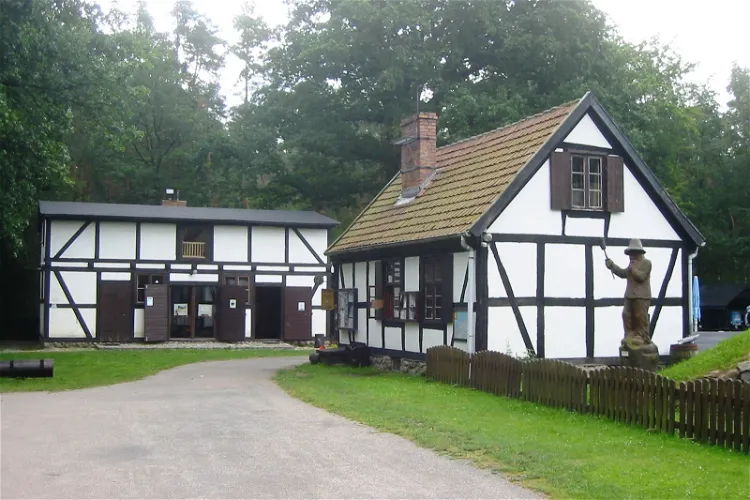
Forst- und Köhlerhof Wiethagen
RostockThe Forst- und Köhlerhof Wiethagen is an open-air museum located in Rostock - Wiethagen. The museum showcases the history of the production of charcoal, wood tar, and turpentine, a process that was traditionally carried out by charcoal burners. Visitors can learn about the historical significance of these materials and the role they played in the economy over the centuries.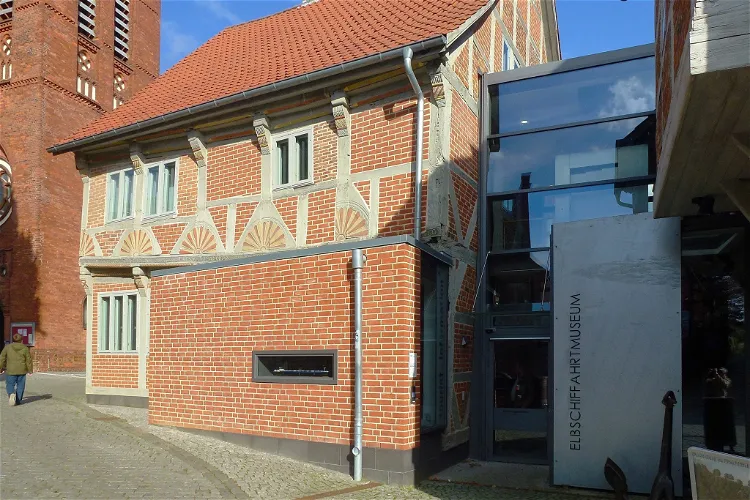
Elbschiffahrtsmuseum
Lauenburg/ElbeThe Elbschifffahrtsmuseum, located at Elbstraße 59 in Lauenburg/Elbe, Schleswig-Holstein, is a museum dedicated to the history of shipping on the Elbe from Bohemia to Hamburg. It provides a comprehensive overview of the historical development of Elbe shipping, with models, display cases, and original exhibits.- 144
Braasch Rum Manufaktur Museum
Flensburg 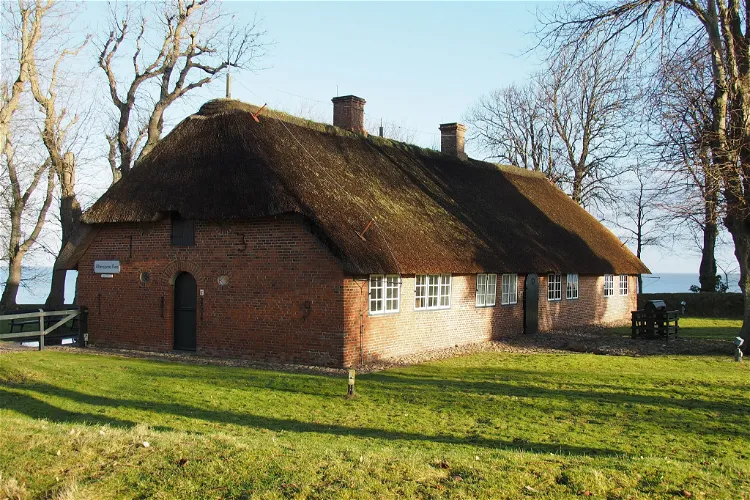
Altfriesisches Haus
SyltThe Altfriesisches Haus, which has been in use since 1640, is a former residence located in the Keitum district on the island of Sylt. Today, it serves as a museum, offering visitors a glimpse into the past. The house was originally built as a home for a captain, and many of the furnishings reflect maritime themes. Over the years, it has been preserved and maintained, allowing it to retain its historical charm and significance.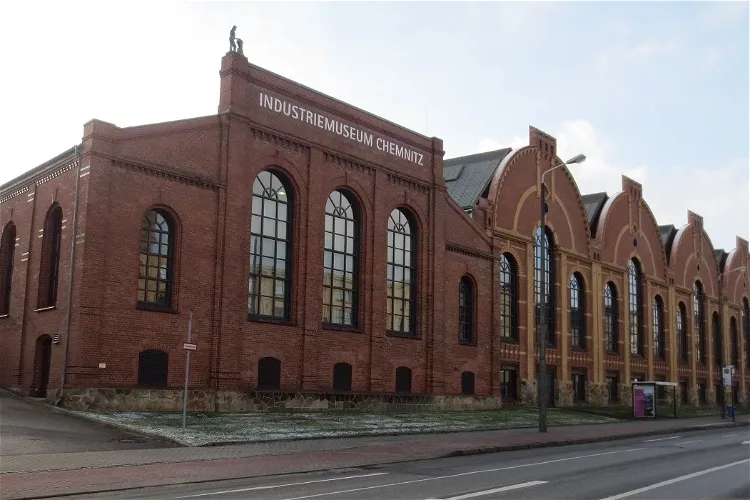
Industriemuseum Chemnitz
ChemnitzThe Industriemuseum Chemnitz is a significant repository of Saxony's industrial history. It is situated in a former foundry hall of the erstwhile tool machine factory Hermann and Alfred Escher AG. This location adds a unique historical context to the museum, making it a fascinating destination for those interested in the industrial past of the region.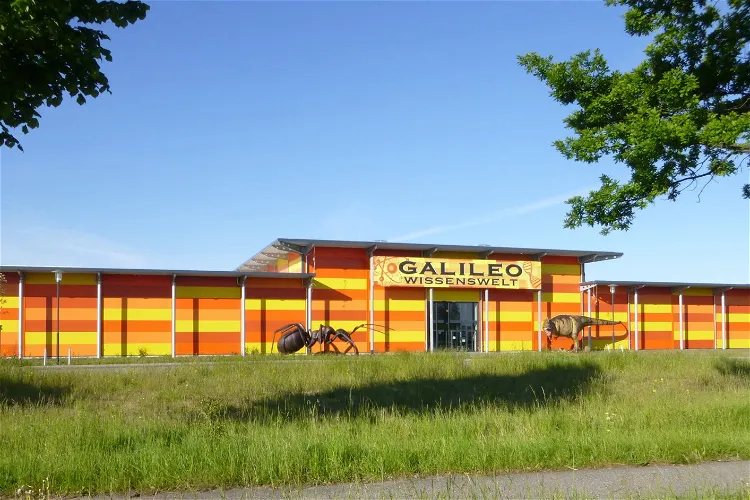
Galileo Wissenswelt
FehmarnThe Galileo Wissenswelt is a museum situated on the Baltic Sea island of Fehmarn in Ostholstein. This museum is a unique blend of a traditional collection museum and a children's and youth museum, emphasizing the concept of 'understanding through grasping'. It offers a comprehensive exploration of natural history and technology across its 3,200 square meters of space in the main building in Burg on Fehmarn.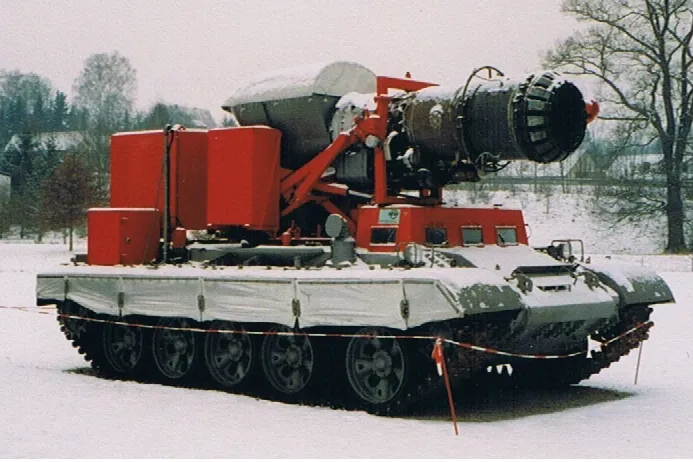
Deutsches Feuerwehr-Museum
FuldaThe Deutsches Feuerwehr-Museum (DFM) in Fulda -Neuenberg is a significant destination for those interested in the history of firefighting. The museum covers a 1600 m² exhibition area, providing a comprehensive overview of German firefighting history.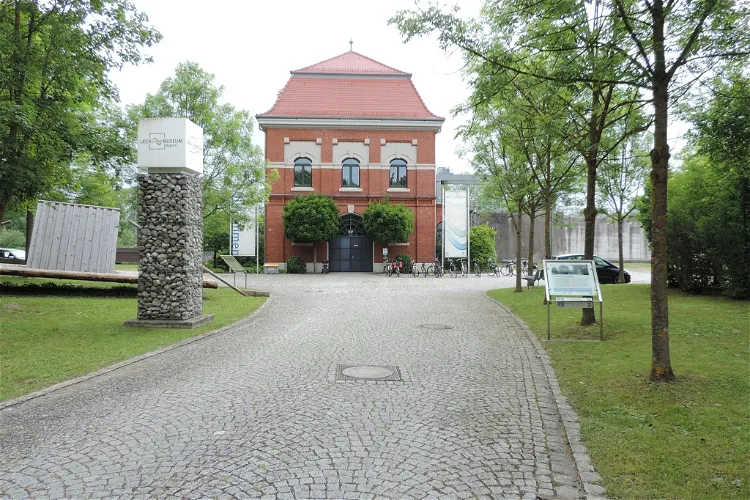
Lechmuseum Bayern
Langweid am LechThe Lechmuseum Bayern is situated in and around the Langweid run-of-river power station on the Lech Canal in the municipality of Langweid am Lech. This location provides a unique setting for the museum, allowing visitors to explore the power station and its surroundings while learning about the history and significance of the Lech River.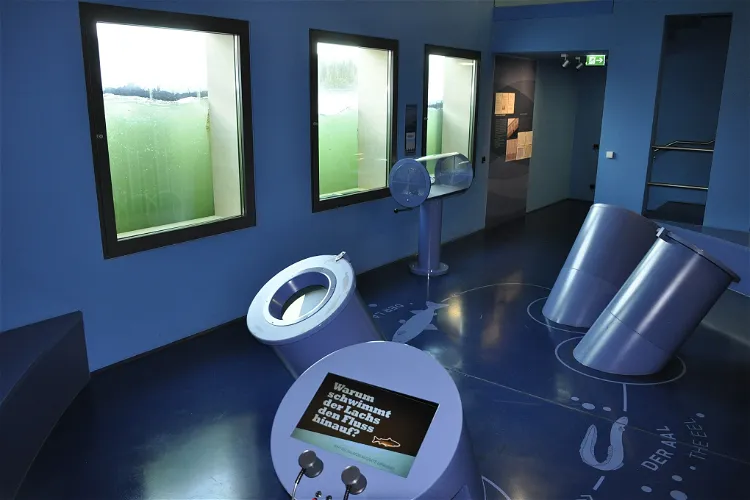
Mosellum
KoblenzThe Mosellum – Erlebniswelt – Fischpass Koblenz is a visitor and information center situated at the Koblenz dam. It was built as part of the modernization of the fish pass and opened in 2011. The center provides information about the Moselle River, its ecology, fish migration, shipping, and power generation.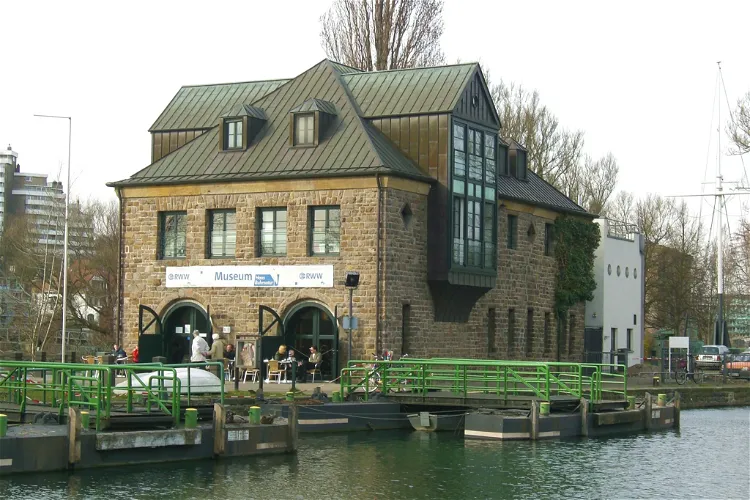
Haus Ruhrnatur (Naturkundemuseum)
Mülheim an der RuhrThe Haus Ruhrnatur museum focuses on the theme of 'Water'. It showcases the Ruhr ecosystem through various exhibits including fish from the Ruhr, small animals under the microscope, and sensory experiences such as sounds and smells. This provides a unique and interactive way for visitors to learn about the local ecosystem.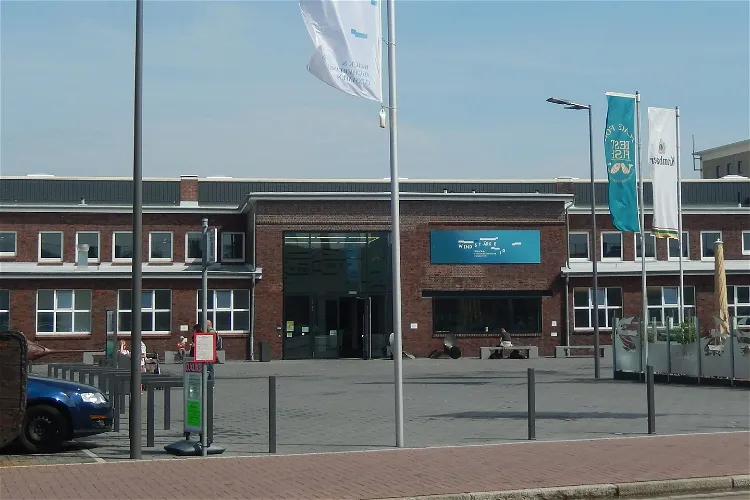
Windstärke 10
CuxhavenThe Windstärke 10 – Wrack- und Fischereimuseum Cuxhaven is a museum located in Cuxhaven. It is housed in two former fish processing halls and a new building connecting these two halls, covering a total area of approximately 4000 m². The museum showcases the challenges and dangers of seafaring, particularly a part of the collections of the former Wrackmuseum and an overview of 100 years of fishing history.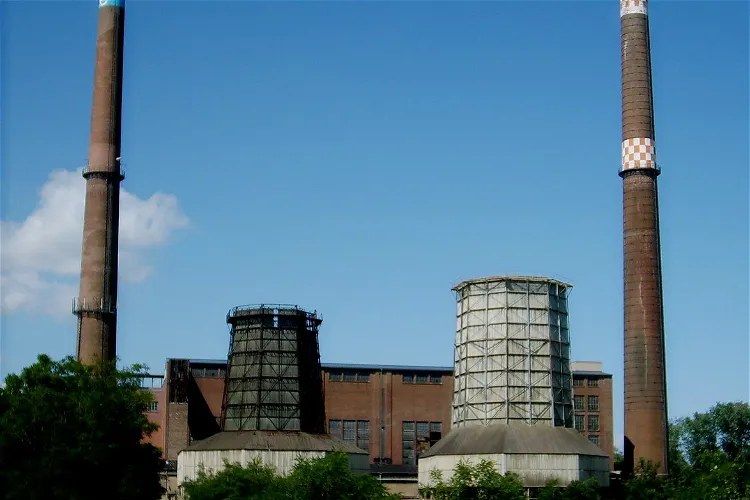
Kraftwerk Plessa
DöllingenThe Kraftwerk Plessa is a significant industrial monument situated in the municipality of Plessa in the Elbe-Elster district. It holds the distinction of being one of the oldest lignite power plants in Europe that has been preserved in its original structure. This makes it a unique destination for tourists interested in industrial history and architecture.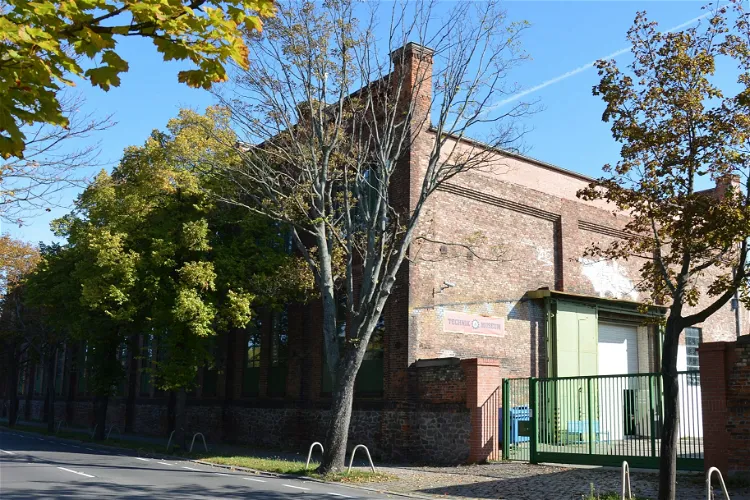
Technikmuseum
MagdeburgThe Technikmuseum Magdeburg is a unique museum located in the former steel construction hall of the heavy machinery construction combine "Ernst Thälmann". This location adds a historical and industrial touch to the museum, making it a fascinating place to visit for those interested in technology and industrial history.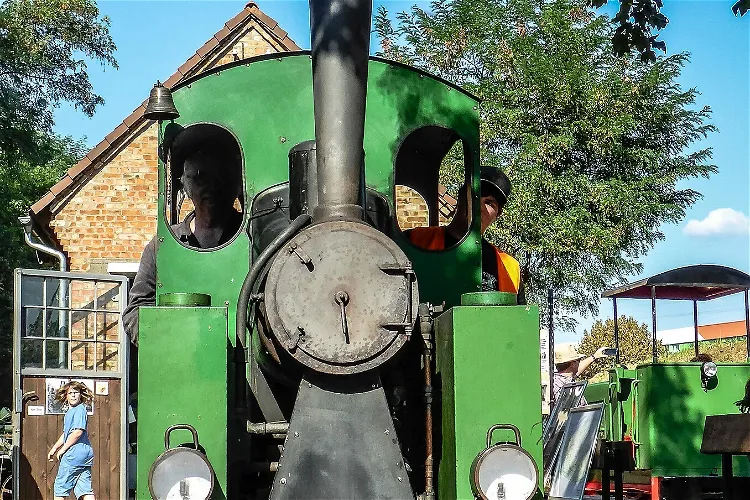
Wiesloch Feldbahn and Industrial Museum
WieslochThe Wiesloch Feldbahn and Industrial Museum, located in Wiesloch, Baden-Württemberg, is dedicated to the preservation and operation of historical field and mine railways. The museum also showcases machines from the former brick industry. Visitors can learn about the history of these industries and see the machinery used in them.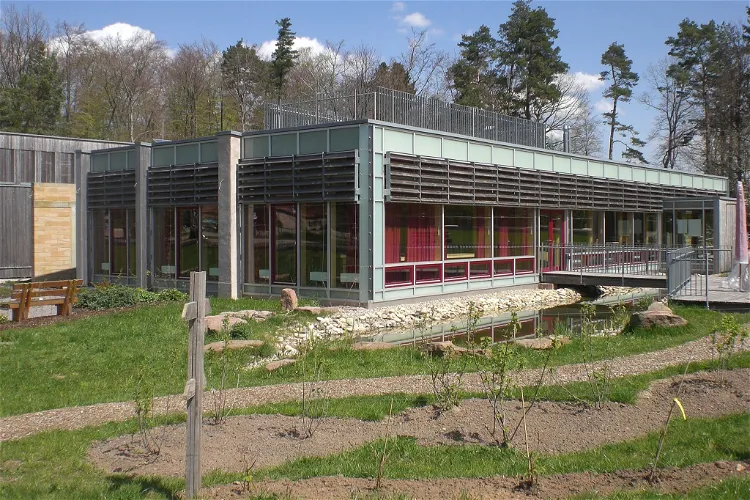
House of Sustainability
TrippstadtThe House of Sustainability is a modern house made of wood and clay, showcasing sustainable living and construction. The house generates its electricity from a photovoltaic installation and uses a wood pellet boiler for heating. Additionally, the house's water supply comes from rainwater, further emphasizing its commitment to sustainability.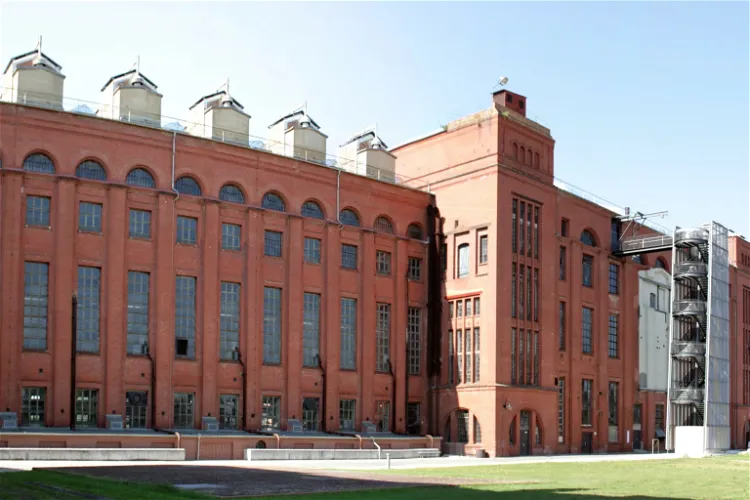
Knappenrode energy museum
HoyerswerdaThe Knappenrode Energy Factory, also known as Energiefabrik Knappenrode, is a significant part of the Saxon Industrial Museum. It is located in the eastern part of Saxony, specifically in the southeast of Hoyerswerda city center. The museum is situated on the grounds of the former Knappenrode briquette factory, which has been decommissioned and is now a protected monument.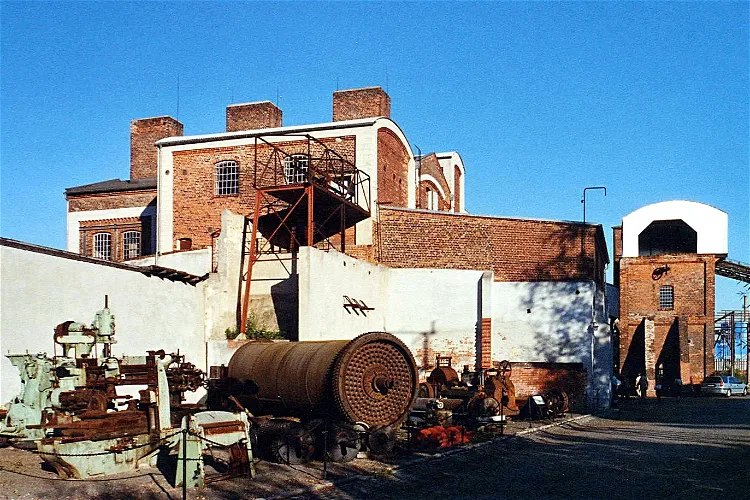
Brikettfabrik Herrmannschacht
ZeitzThe Brikettfabrik Herrmannschacht holds a significant place in industrial history as it is considered the oldest preserved briquette factory of the first generation worldwide. This makes it a unique site for those interested in industrial heritage.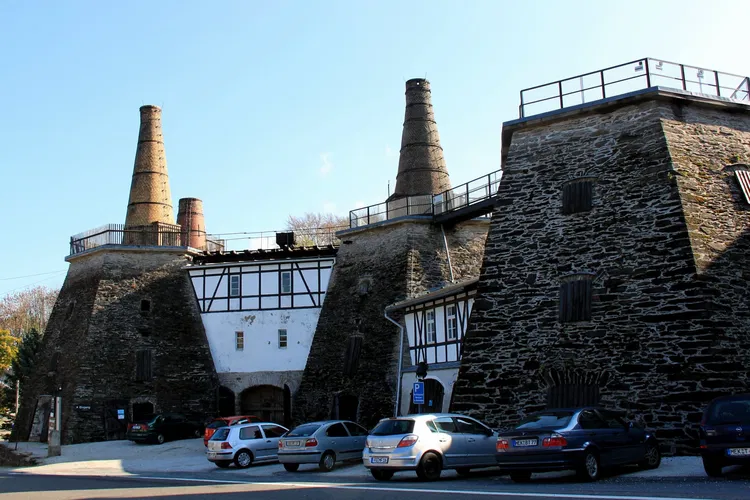
Lengefeld Lime Works
Pockau-LengefeldThe Lengefeld Lime Works, a former limestone mine, is situated in the southwest of Lengefeld in the Saxon town of Pockau-Lengefeld, nestled in the Ore Mountains. The mine was operational until 2016 when it was closed. Despite its closure, the site remains a significant part of the region's industrial history.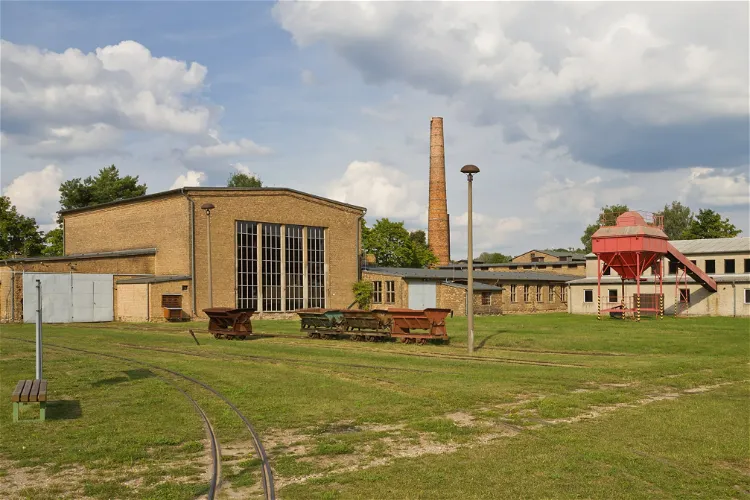
Mildenberg Brick Work Park
ZehdenickThe Mildenberg Brick Work Park, located near Mildenberg in Zehdenick, Brandenburg, is an industrial monument that offers a unique insight into the history of brick production in the region. The park is situated on the site of neighboring brickworks that were operational until 1991, providing visitors with a tangible connection to the past.
Ore Mountain Museum
Annaberg-BuchholzThe Ore Mountain Museum, situated in Annaberg-Buchholz, is a cultural hub that displays a variety of exhibits related to Ore Mountain folk art. The museum's collection includes a wide range of artifacts, with a particular emphasis on carving and bobbin lace works. These exhibits provide a unique insight into the region's rich cultural heritage and the artistic skills of its people.
Nordwolle Museum
DelmenhorstThe Nordwolle museum, officially known as the Nordwestdeutsche Museum für IndustrieKultur, is a significant historical site located in Delmenhorst. The museum is housed in the engine house of the former Norddeutsche Wollkämmerei & Kammgarnspinnerei, a once dominant company that processed wool and worsted. The building and the factory housing are listed as a Denkmalschutz, a protected monument in Germany, adding to the historical significance of the site.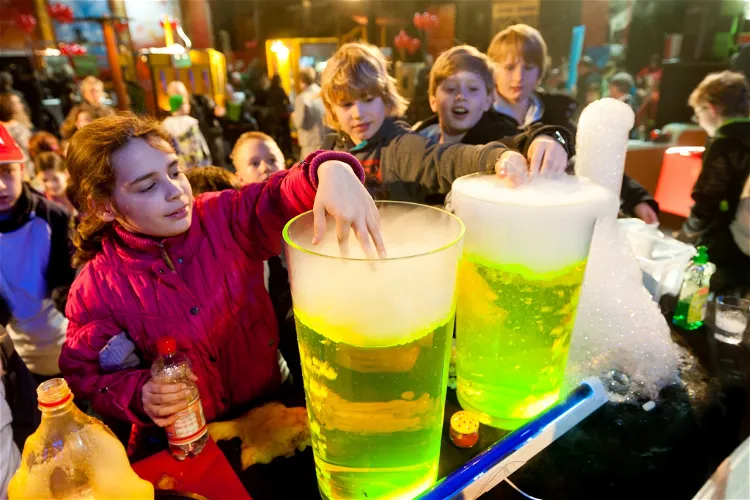
Extavium - Das wissenschaftliche Mitmachmuseum
PotsdamExtavium, previously known as Exploratorium Potsdam, is a hands-on science museum situated in Potsdam. It is designed to make science tangible and introduce children aged between five and twelve to the basics of science in a playful manner. The museum also offers suitable programs for secondary schools in the form of experimental courses and lectures.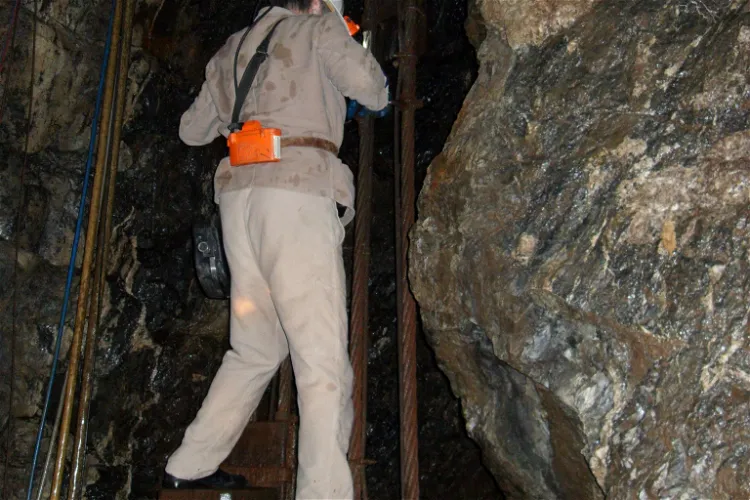
Samson Pit
BraunlageThe Samson Pit, located in Sankt Andreasberg in the Upper Harz region of central Germany, is an historic silver mine. This site offers a unique glimpse into the history of mining in the region, with its rich silver deposits and long-standing mining operations.
Gruben- und Feldbahnmuseum
WittenThe German Mining and Field Railway Museum, located in Witten - Bommern in the Ruhr area, is a technical museum that offers a unique insight into the history of mining and field railways. The museum is situated on the grounds of the Zeche Theresia mine, which closed in 1892, and is part of the Muttental mining trail. This location not only provides a historical context for the exhibits but also offers a scenic backdrop for visitors.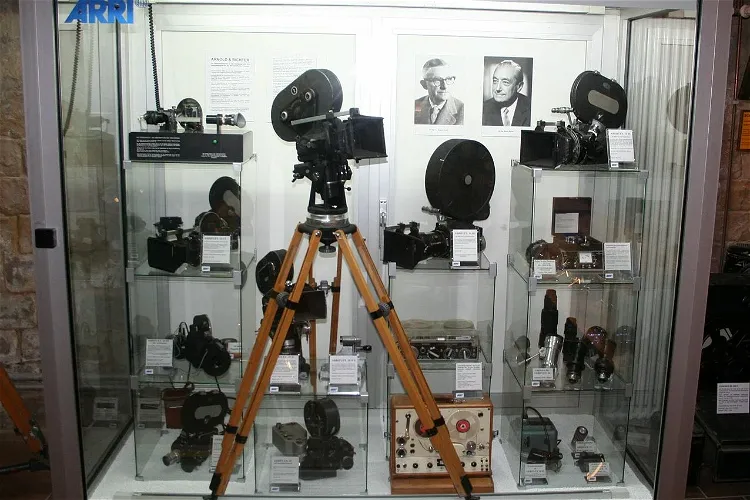
3F Deutsches Museum für Foto- Film- und Fernsehtechnik
DeidesheimThe 3F Deutsches Museum für Foto-, Film- und Fernsehtechnik, also known as the 3F Museum, is situated in the Palatinate town of Deidesheim. It is conveniently located opposite the historic town hall, making it easy for tourists to find and visit. The museum is a significant part of the town's cultural landscape and offers a unique insight into the history of photography, film, and television technology.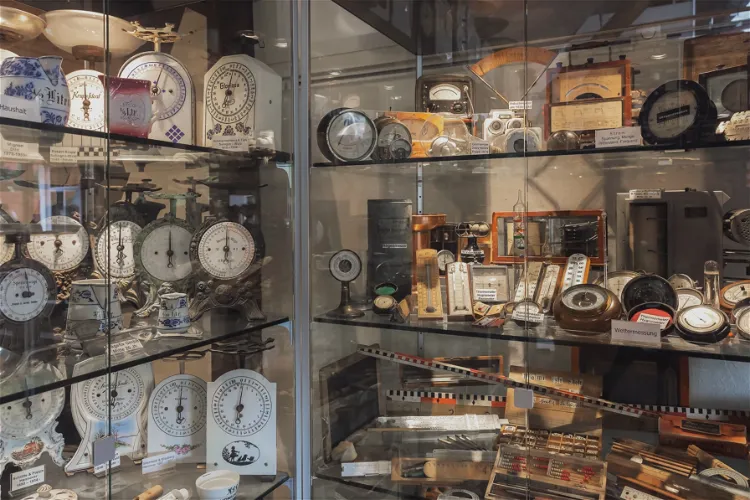
Pfunds-Museum
KleinsassenThe Pfunds-Museum in Kleinsassen (Rhön) is home to a unique collection of scales, weights, and measuring devices. This collection was meticulously compiled by Reinhardt Kremer and showcases a wide range of these items from various professions, countries, continents, and eras. The museum provides an insight into the diversity of invention and design in these tools.- 168
Illuseum Berlin
BerlinThe Illuseum Berlin is a unique museum that focuses on optical illusions. It is situated at Karl-Liebknecht-Straße 9 in the Mitte district of Berlin. This location is easily accessible and offers a unique experience for those interested in the fascinating world of optical illusions. 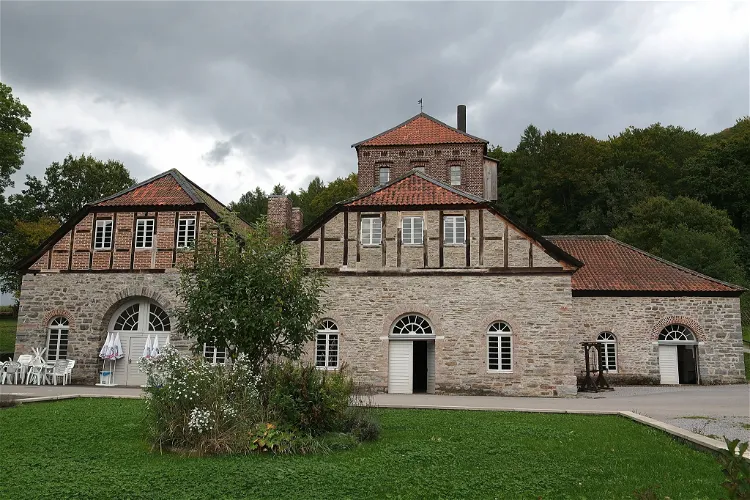
Luisenhütte
BalveThe Luisenhütte Wocklum in Balve is a significant historical site as it is the oldest preserved blast furnace facility in Germany with complete equipment. This makes it a unique destination for tourists interested in industrial history and technology. The facility offers a glimpse into the past, showcasing the technological advancements of the time.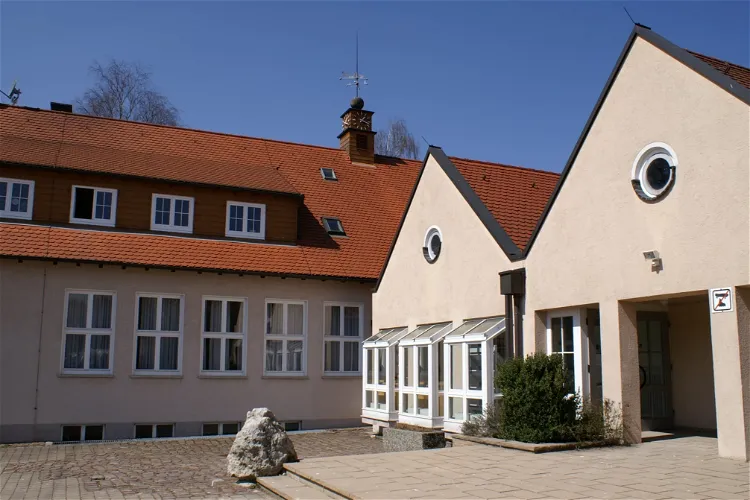
Meteorkrater-Museum
Sontheim im StubentalThe Meteorkratermuseum, situated in the district of Sontheim in Steinheim am Albuch, is a natural history museum that focuses on the Steinheimer Becken meteorite crater. This unique museum is one of the few worldwide that is dedicated to meteorite craters, making it a special destination for those interested in natural history and space phenomena.- 171
Mühlenmuseum
Wegberg 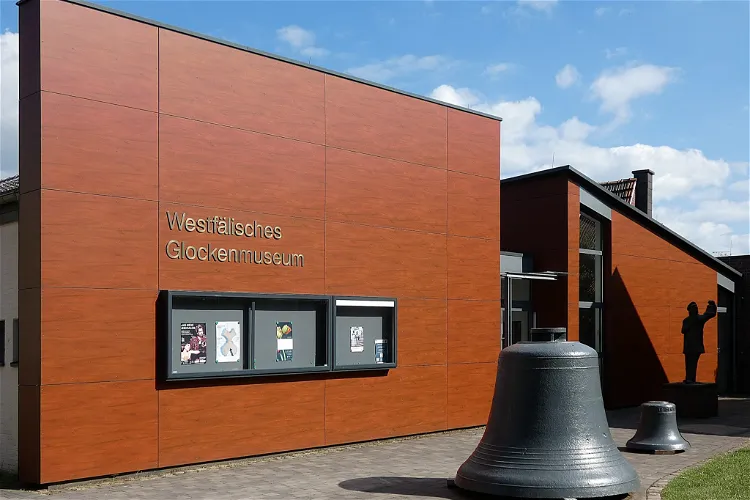
Westphalian Bell Museum Gescher
GescherThe Westphalian Bell Museum is situated in the charming municipality of Gescher, which is part of the Borken district in the Münster administrative district. This location offers visitors a chance to explore the rich history and culture of the region while also enjoying the unique exhibits of the museum.
First German Tile Museum
Boizenburg/ElbeThe First German Tile Museum Boizenburg, opened in 1998, is an art and technology museum situated in the heart of Boizenburg/Elbe. It is housed in the building at Reichenstraße 4 in the center of the old town of Boizenburg.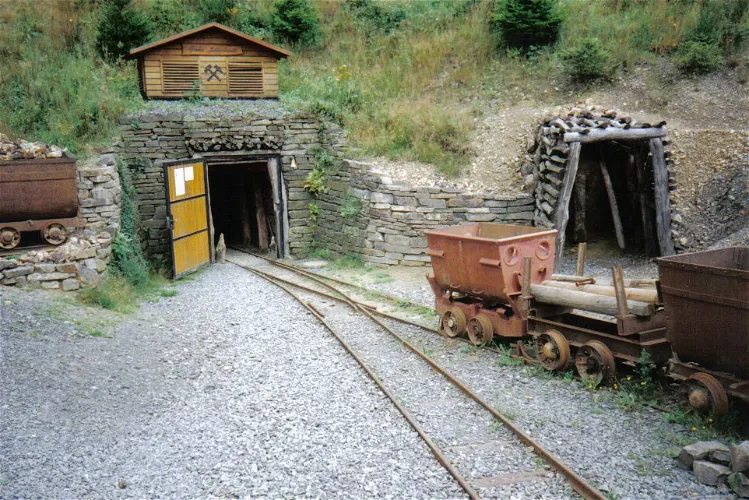
Besucherbergwerk Grube-Silberhardt
WindeckThe Grube Silberhardt, located in Öttershagen, a district of Windeck, is a historical ore mine that was reopened as a visitor mine on September 13, 2003. This site offers a unique opportunity for visitors to explore the history and workings of a former ore mine.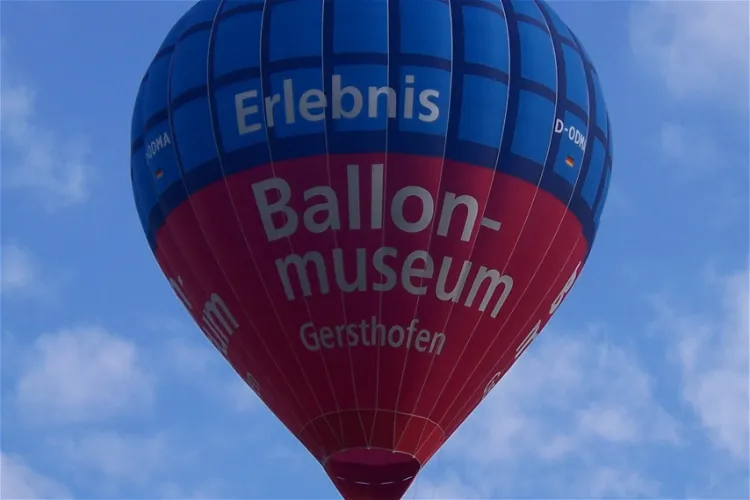
Ballonmuseum Gersthofen
GersthofenThe Ballonmuseum Gersthofen, located in Gersthofen near Augsburg, holds the distinction of being the oldest balloon museum in the world. It is also recognized as one of the major German technology museums that is under purely municipal ownership. This unique combination of history and technology makes it a fascinating destination for visitors interested in the evolution of balloon technology and its impact on the world.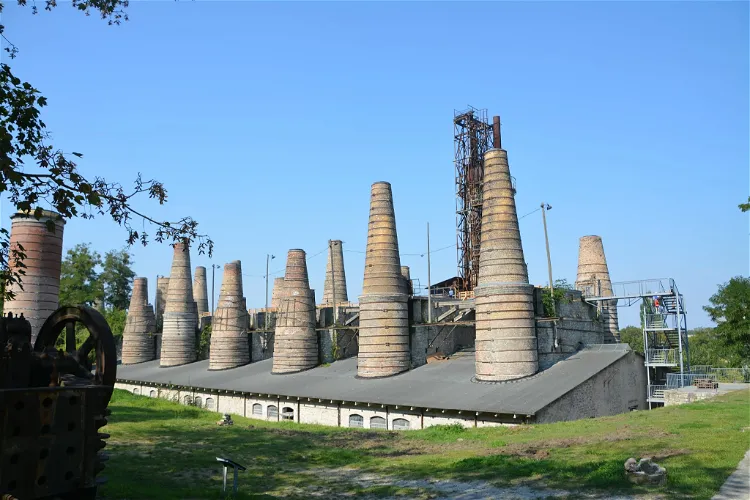
Museumspark Rüdersdorf
RüdersdorfMuseumspark Rüdersdorf, located near Berlin, is a vast open-air industrial museum. It provides a comprehensive insight into the extraction and processing of limestone from the Rüdersdorf limestone mountains. This museum is a testament to the industrial history of Rüdersdorf, making it a fascinating destination for those interested in industrial archaeology and geology.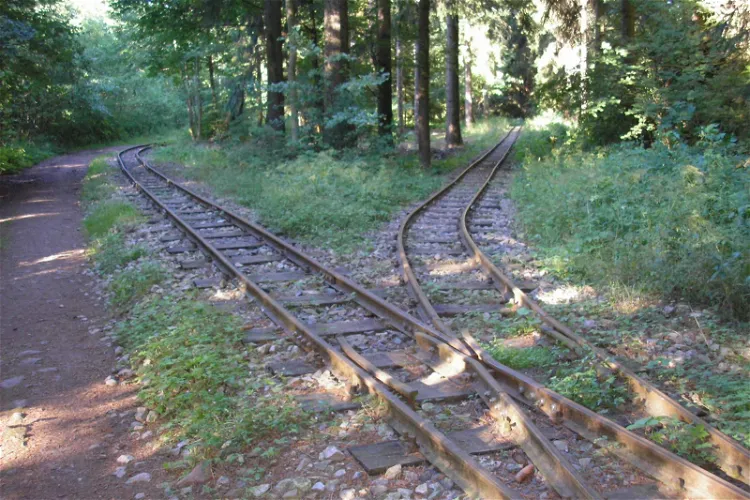
Schaubergwerk Volle Rose
IlmenauThe Schaubergwerk "Volle Rose" is a show mine situated in the Schortetal near Ilmenau in Thuringia. This location offers a unique opportunity for visitors to explore the rich mining history of the region. The mine is nestled in the valley of the Schorte, south of Ilmenau in the Thuringian Forest, providing a picturesque setting for an educational outing.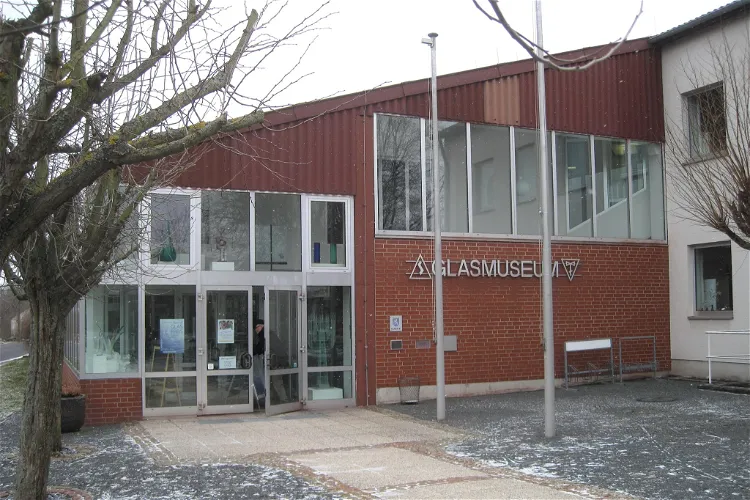
Glasmuseum Immenhausen
ImmenhausenOpened in 1987, the Glasmuseum Immenhausen is housed in the converted generator building of the former Süßmuth glassworks. The museum offers a comprehensive overview of the history of glassmaking, tracing its origins from the Near East almost 6000 years ago to the forest glassworks of the 16th century in the North Hessian - South Lower Saxony area.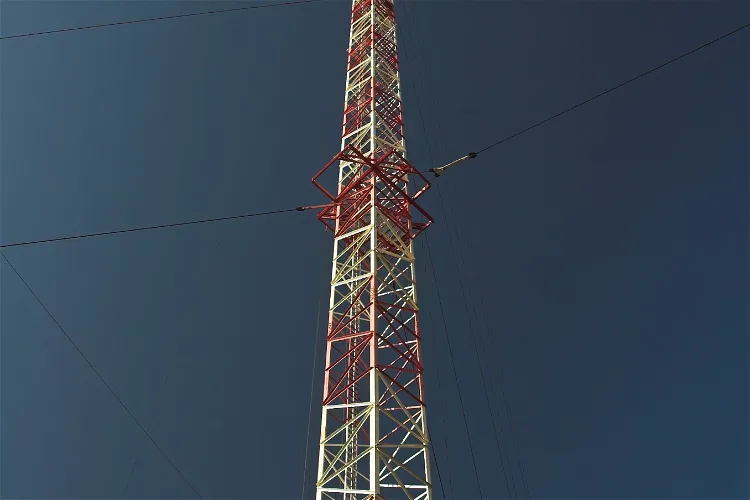
Transmitter and radio technology museum
Königs WusterhausenOpened in 1993, the museum showcases over 1500 exhibits from transmitter technology. A special highlight is the Tegel transmitter, which was relocated to Königs Wusterhausen in 1948 and remains in working condition. This provides a unique opportunity for visitors to see a piece of functioning historical technology.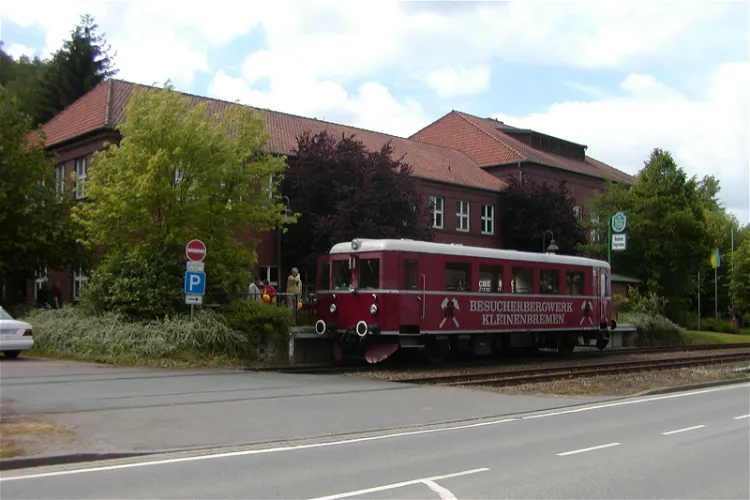
Besucherbergwerk & Museum Kleinenbremen
Porta WestfalicaThe Besucherbergwerk Kleinenbremen, located in the district of Kleinenbremen in the East Westphalian city of Porta Westfalica, is a mine that was opened to the public in May 1988. It is situated in a part of the decommissioned Wohlverwahrt mine in the Weser Mountains. This historical site offers a unique insight into the mining industry of the past.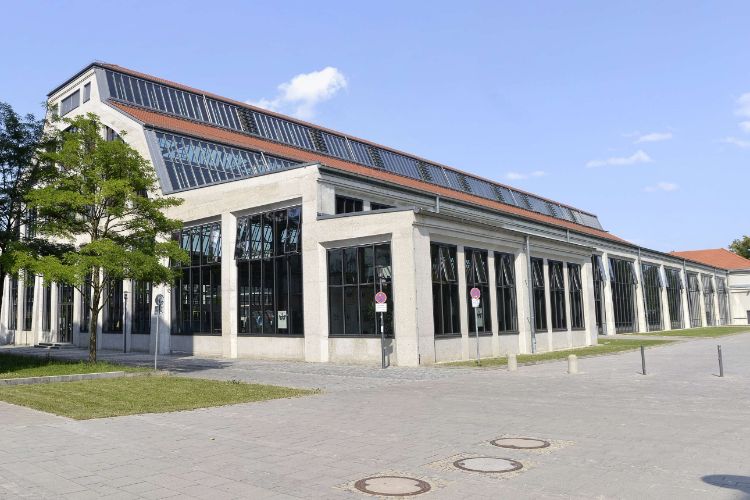
Deutsches Museum Verkehrszentrum
MunichThe Deutsches Museum Verkehrszentrum is a museum in Munich with exhibits on the aspects of transport from various angles. The museum displays exhibits on the subject of traffic and mobility. On 12,000 square meters, vehicles, including motor vehicles, locomotives, cars, bicycles and trams are exhibi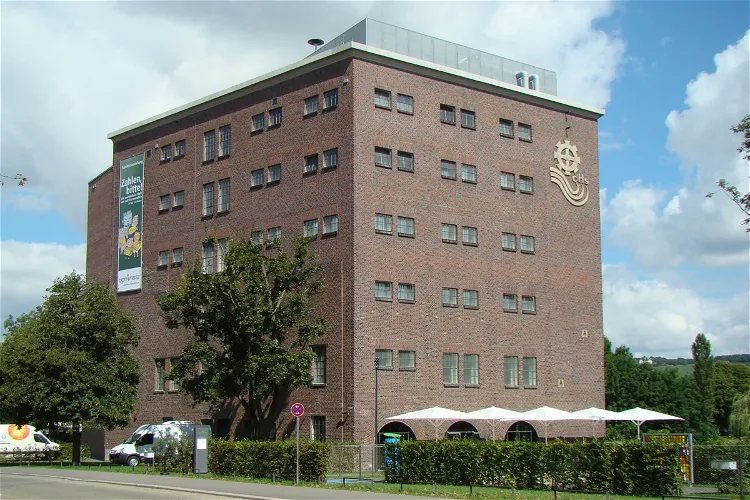
Experimenta
HeilbronnExperimenta is a Science Center situated in Heilbronn, Baden-Württemberg. It is housed in the former Hagenbucher warehouse and a new building that was opened in March 2019. The center aims to make science and technology understandable for people of all age groups.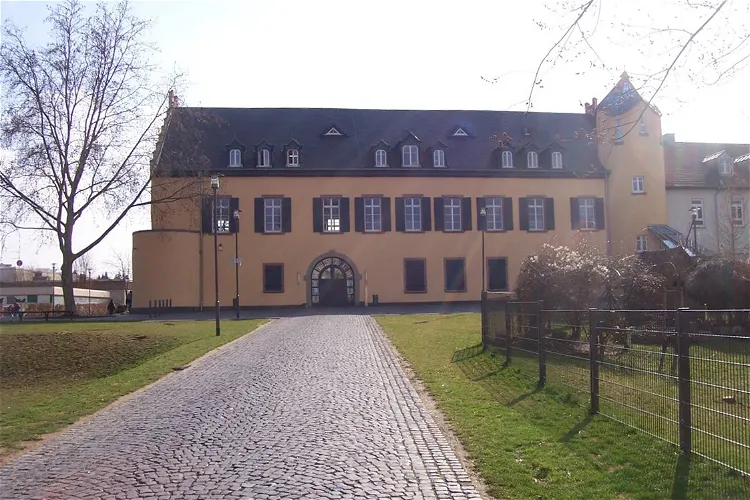
Rheinhessisches Fahrradmuseum Gau-Algesheim
Gau-AlgesheimThe Rheinhessisches Fahrradmuseum, located in Gau-Algesheim, Rhineland-Palatinate, is a museum that focuses on the history of bicycles and cycling. The museum was inaugurated in 2002 and has since been a hub for bicycle enthusiasts and historians alike.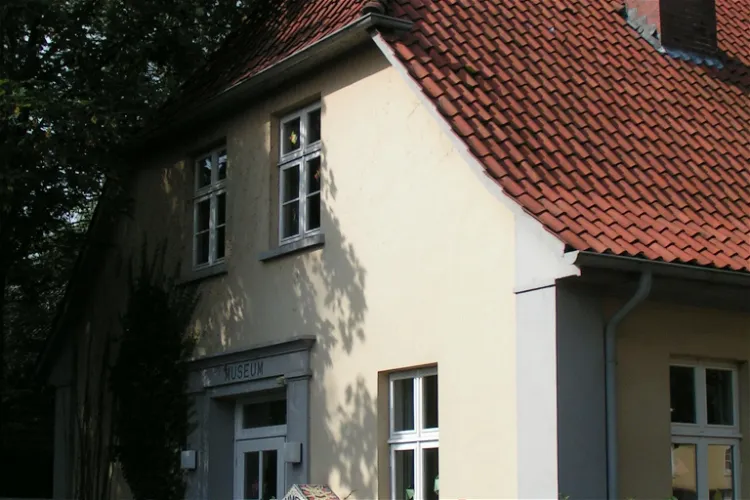
Industriemuseum Lohne
LohneThe Industriemuseum Lohne, established in 1987, is dedicated to the history of the industrialization of the city of Lohne, located in the Lower Saxony district of Vechta. This museum provides a deep dive into the industrial past of the city, offering a unique perspective on its development and growth.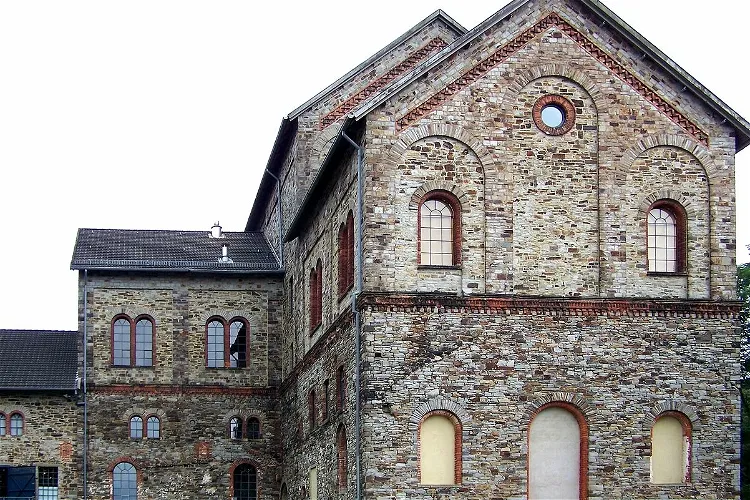
Museum Industriekultur Osnabrück
OsnabrückThe Museum Industriekultur (MIK) is a museum situated in the city of Osnabrück in Lower Saxony. It offers an overview of the coal mining that took place at Piesberg. The museum is located at Piesberg, where coal was mined until 1898 and again to a lesser extent after the Second World War. The Piesberg was one of the largest sandstone quarries in Europe; sandstone is still being mined on its flanks today.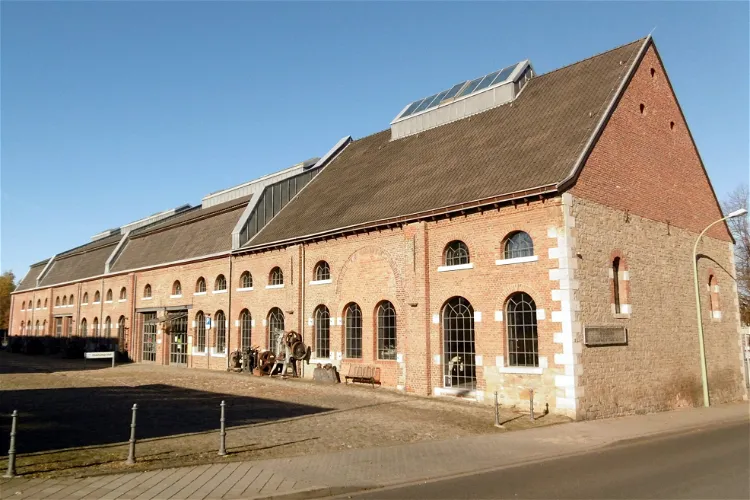
Museum Zinkhütter Hof
StolbergThe Museum Zinkhütter Hof, located in Stolberg, is dedicated to the industrial, economic, and social history of the Aachen region. It provides a comprehensive insight into the region's past, focusing on its industrial development and the social changes that came with it. The museum's exhibits cover a wide range of topics, from the production of materials such as brass and zinc to the history of local companies.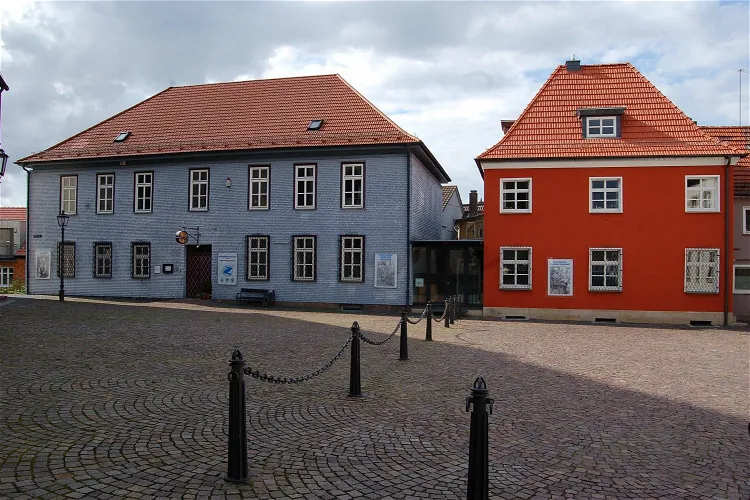
Konrad-Zuse-Museum
HünfeldThe Konrad Zuse Museum in Hünfeld is a unique institution that focuses on the history and natural environment of the former district of Hünfeld and the city history of Hünfeld. This museum provides a comprehensive overview of the region's past, making it a valuable resource for anyone interested in learning more about this part of Germany.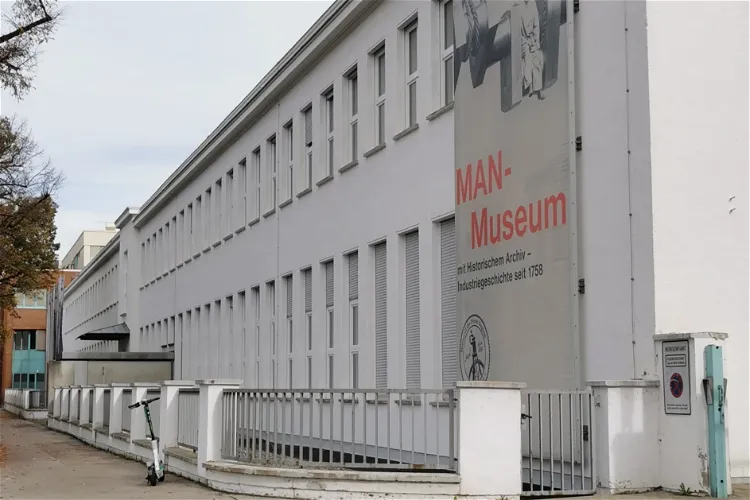
MAN Museum
AugsburgThe MAN Museum offers an extensive 1,800 m² exhibition that primarily focuses on the history and technical advancements of the corporate group, which was established in 1840. Visitors can explore the evolution of the group's technology and understand its impact on the industry.
Oldtimermuseum Zollernalb
HechingenThe Oldtimermuseum Zollernalb is situated in Hechingen, a town in the Zollernalbkreis district of Baden-Württemberg, Germany. This location is easily accessible and offers a unique opportunity to explore the rich automotive history of the region.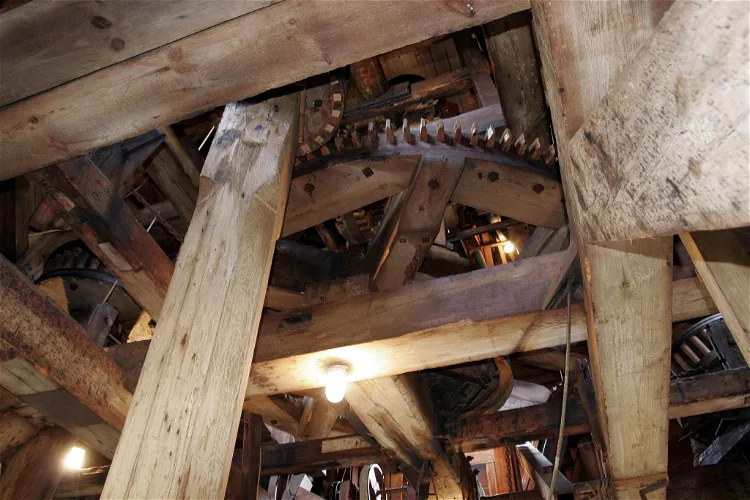
Vareler Windmühle
VarelThe Vareler Windmühle, colloquially known as the "Grode Möhl", is a gallery Dutch windmill situated in the city of Varel, in the Friesland district of Lower Saxony. It holds the distinction of being the second largest preserved windmill in Germany, making it a significant landmark in the region.
Deutsches Automatenmuseum
EspelkampThe Deutsches Automatenmuseum (DAM) is a technology museum situated in the East Westphalian city of Espelkamp. It is a unique destination for those interested in the history and evolution of coin-operated machines. The museum offers a fascinating insight into the world of automated technology, from its early beginnings to its current state.
Baumberger Sandstein Museum
HavixbeckThe Baumberger Sandstone Museum, located in Havixbeck near Münster, is dedicated to the fine-grained yellow Baumberger sandstone, also known as limestone sandstone, which is mined in the nearby Baumberger mountains. This museum provides an in-depth look into the history and significance of this unique type of sandstone.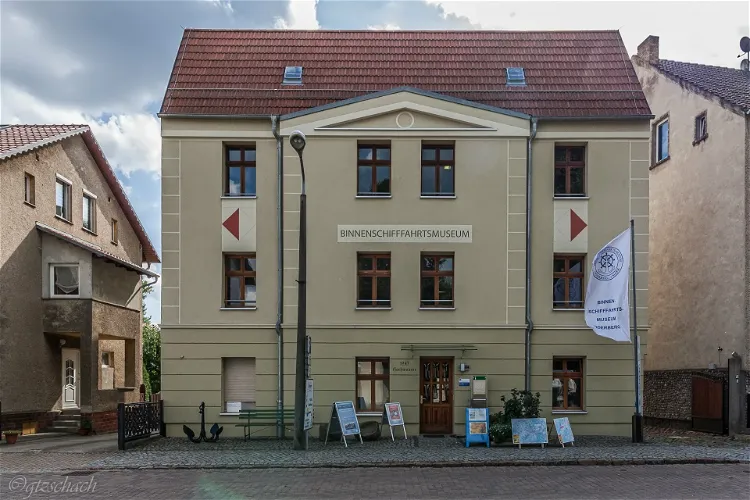
Förderverein Binnenschifffahrts-Museum Oderberg e.V.
OderbergThe main exhibit of the Binnenschifffahrtsmuseum is the paddle steamer Riesa, a significant piece of maritime history. The museum, which was founded in 1954 as a local history room, has since expanded its collection to include a wide range of archaeological finds from the surrounding area. This provides visitors with a unique opportunity to delve into the past and learn about the region's rich history.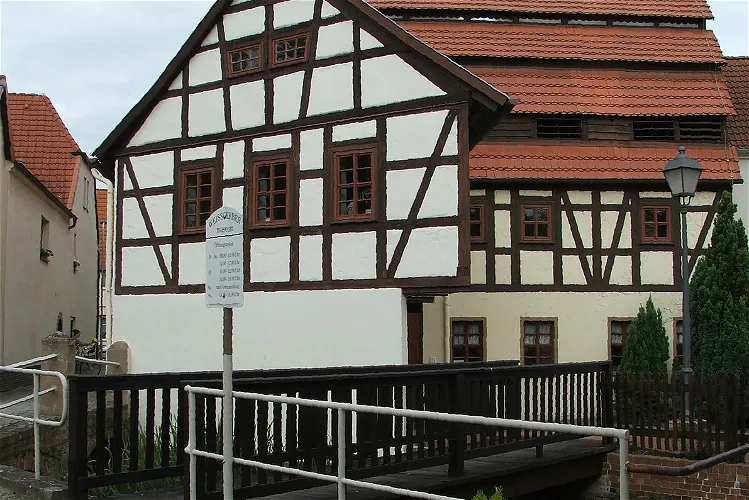
Weißgerbermuseum Doberlug-Kirchhai
Doberlug-KirchhainThe Weißgerbermuseum, located in Doberlug-Kirchhain in the Elbe-Elster district, is a unique technical history museum. It is the only museum of its kind in Europe, making it a distinctive destination for those interested in technical history and the leather industry.
Rheinland-Pfälzisches Feuerwehrmuseum
HermeskeilThe Rheinland-Pfälzische Feuerwehrmuseum Hermeskeil, also known as the "fire brigade experience museum", is an interactive exhibition museum located in the city centre of Hermeskeil. The museum is dedicated to the themes of fire and fire brigade, offering visitors a unique and engaging experience.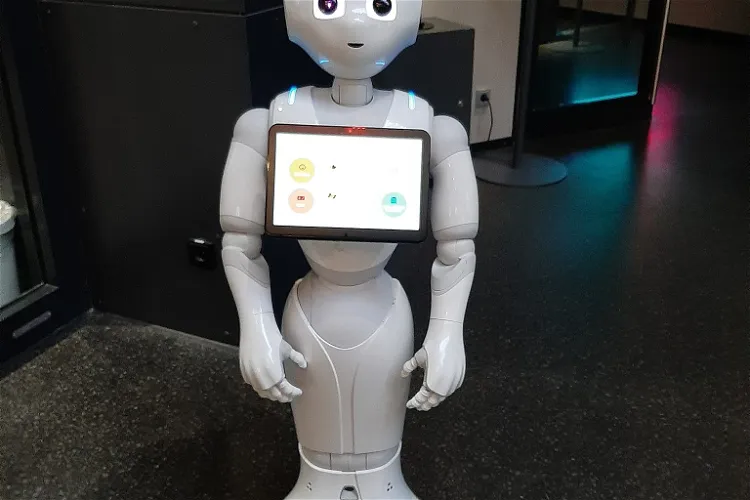
Phänomenta Lüdenscheid
LüdenscheidPhänomenta Lüdenscheid is a Science Center located in Lüdenscheid, North Rhine-Westphalia. It was established in 1996, drawing inspiration from its predecessor in Flensburg. The center aims to enable visitors to understand fundamental phenomena through their own actions. Unlike a technology museum, it does not have a collection for viewing or long texts to read. Instead, it encourages learning and understanding of natural sciences, with a focus on physics and technology, through experimentation and hands-on activities.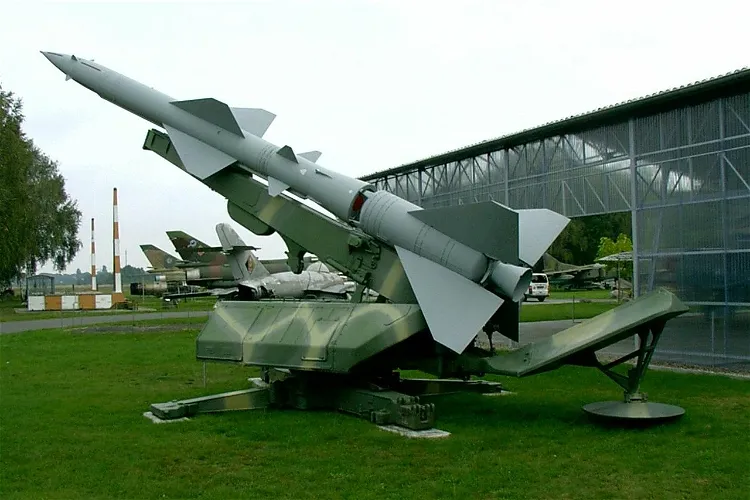
Flugplatzmuseum Cottbus
CottbusThe Flugplatzmuseum Cottbus is situated in the southern part of the former Cottbus airfield. It is managed by the Flugplatzmuseum Cottbus e. V. association, which has been dedicated to preserving the regional aviation history and the aviation technology of the GDR that was no longer used after the political change.
Kettenschmiedemuseum Sichtigvor
WarsteinThe Kettenschmiedemuseum, located in the Warstein district of Sichtigvor, offers a unique insight into the manual production of chains. This process, once practiced by chain smiths, is showcased in a detailed and engaging manner. Visitors can learn about the traditional techniques and skills involved in this craft, providing a fascinating glimpse into the past.
Brückenhofmuseum
KönigswinterThe Brückenhofmuseum is a local history museum situated in Oberdollendorf, a district of the city of Königswinter in the Rhein-Sieg district of North Rhine-Westphalia. The museum began its operation in 1991 in the former winery "Brückenhof" (Bachstraße 93), a half-timbered house dating back to the 17th century. This location offers a unique historical setting for the museum's exhibits.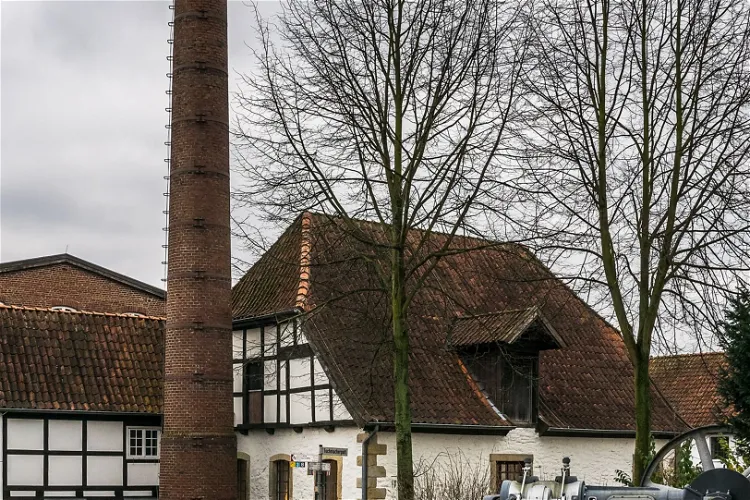
Tuchmacher Museum Bramsche
BramscheThe Tuchmacher Museum Bramsche, opened in 1997, is housed in the buildings of the Bramscher Tuchmacher Guild. This guild, which was dedicated to the production of woolen cloths, ceased its operations in 1972. The museum's location adds a historical touch to the visitor's experience, as it is situated in the very place where the guild used to operate.